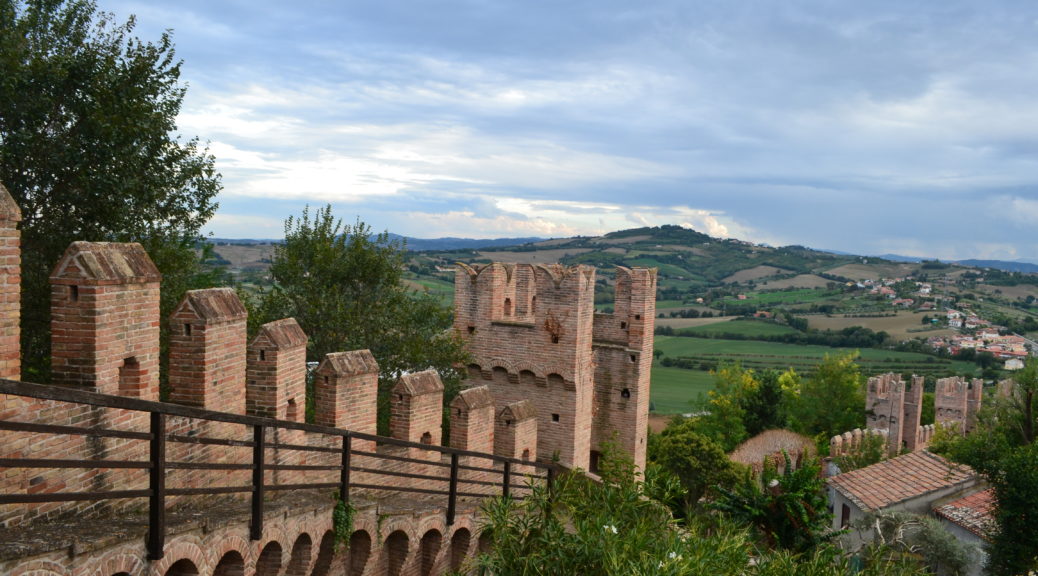
Top 9 Things to do in the Le Marche region of Italy
East of Tuscany on the Adriatic coast is one of Italy’s lesser-known regions, Le Marche, where you can avoid the tourist hordes and enjoy some pretty incredible Italian experiences and cuisine.
I’ve visited many times, for relaxing long weekends and outdoor adventure, for wine tasting and relaxing on the beach, for hiking and exploring walled cities. The region of Le Marche is probably a destination where you’ll want to rent a car (and you can check out my Best Tips for European Road Trips), but you’ll be so glad to have the flexibility to explore off the main train line along the coast.
You may never have heard of Le Marche before – and travel guidebooks don’t help much – so I’ve compiled a list of the top things to do while you’re there. And once you’ve mapped out the attractions you’ll want to visit, I recommend finding a nearby guesthouse to stay, where you can chat with the owner for some insider information on the area and have an even better experience.
Top Things to Do
Relax on the Beach
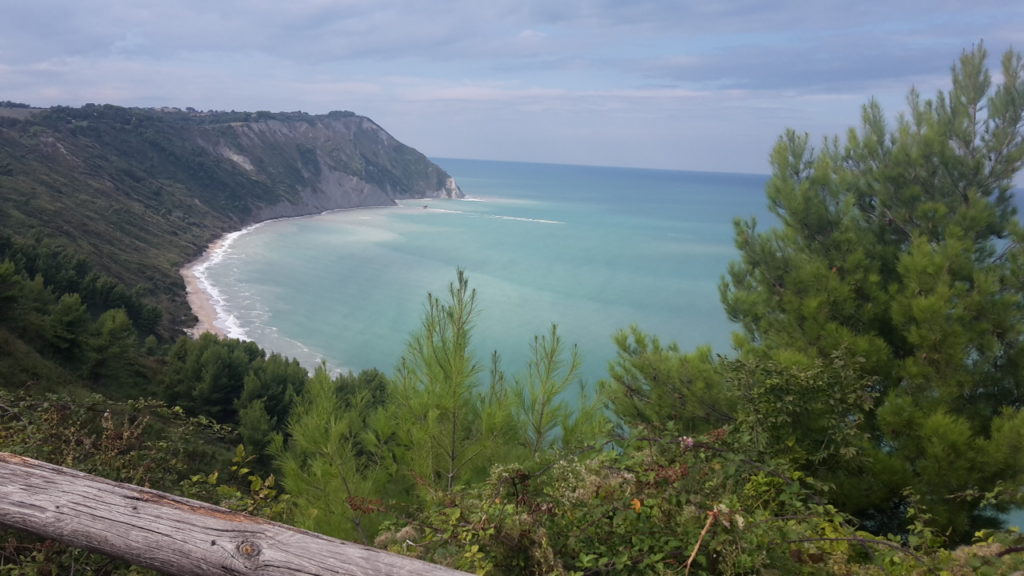
Le Marche is a coastal region, with its eastern border along the Adriatic Sea, so there is no shortage of beaches for swimming, suntanning, and relaxing.
If you’ve been to Croatia you know that Adriatic beaches tend to have pebbles instead of sand, and Le Marche is the same for the most part. Which is why Senigallia is a popular beach destination, as one of the only sandy beaches in the region.
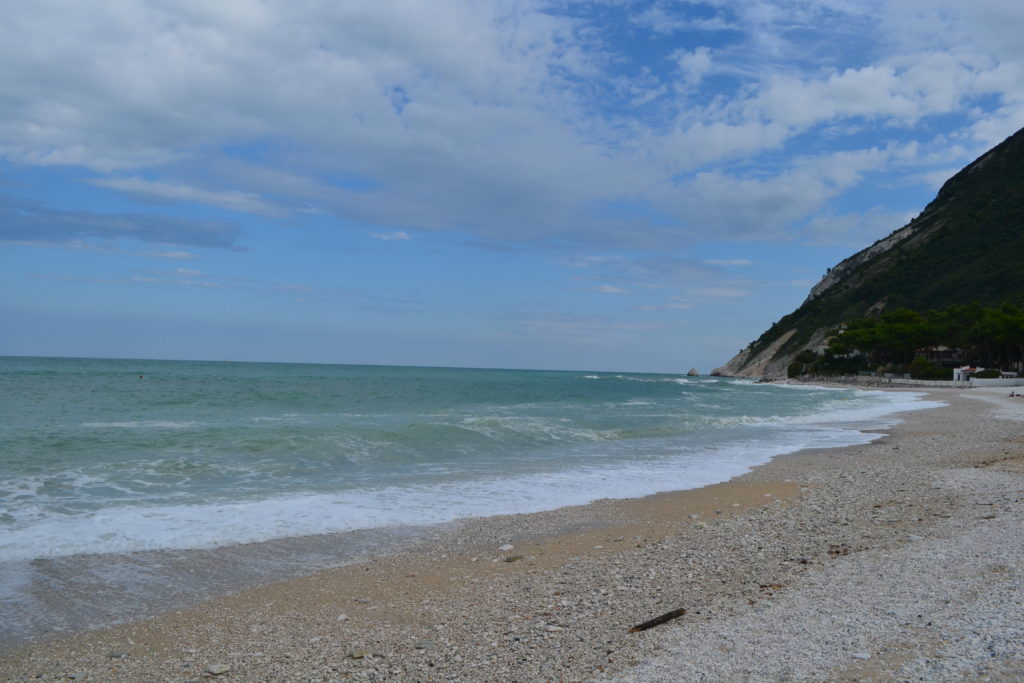
The other main attraction in terms of Le Marche beaches is the Conero Riviera, south of the regional capital of Ancona, with some absolutely stunning coastline.
Several of the beaches can be accessed on foot or at least closely approached in a car. One exception is the lovely Due Sorelle (two sisters) beach, only accessible by boat from Numara, and usually a less crowded spot to enjoy the sea.
Eat: Savor Local Specialties.
I’m no expert on Marchegiana cuisine, and like all over Italy it varies from town to town, but Marche like other parts of Italy is known for its regional food specialties.
Probably the most well-known across Italy are the beloved olive ascolane, which are olives stuffed with a ground pork mixture, then breaded and fried.
Less likely to find in other parts of Italy are some of the primi, or first courses. Vincisgrassi is a local variation on lasagna, usually baked with chicken livers, and you’ll often seen passatelli pasta featured on menus, made by passing a breadcrumb dough through a shaper until it emerges in the shape of spaghetti.
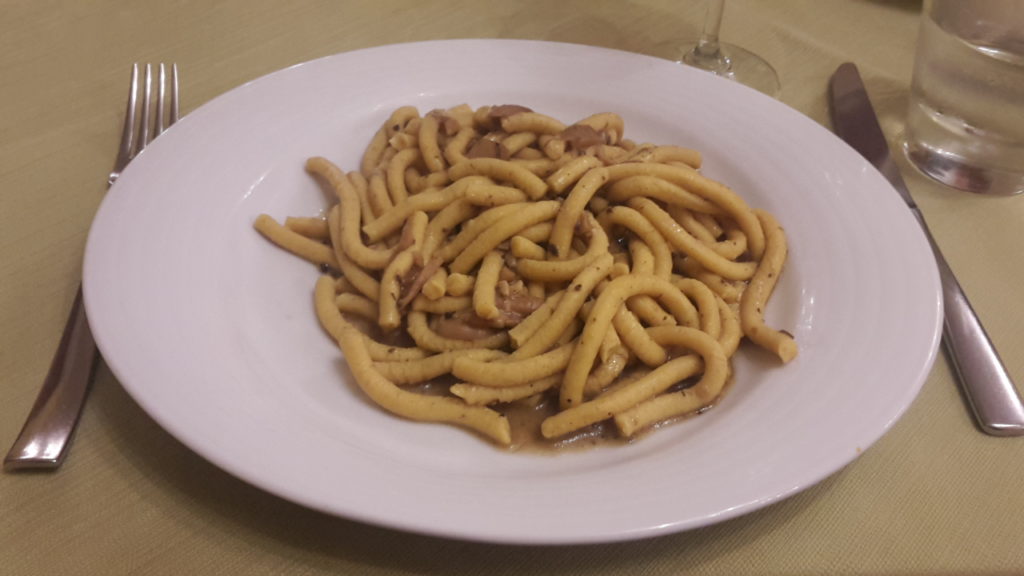
Various sausages and game dishes are also common, as is brodetto, a fish stew made traditionally with 13 types of fish and seafood, to represent the number of people at the Last Supper. Whatever corner of Le Marche you find yourself in, one thing is guaranteed – you’ll eat well!
Caves & Undergrounds
Basically, there are lots of caves and undergrounds all over Le Marche. As long as you’re not scared of enclosed spaces, there are some great spots to check out:
- Frasassi Caves. The largest cave system in Europe, these are a must-visit spot if you’re in Le Marche! The claim to fame here is that the initial chamber of the Frasassi Caves is so large that the Duomo di Milano, Milan’s Cathedral, could fit completely inside. There is a long, meandering path you’ll follow if you take basic tour (guides are mandatory for a visit) or if like me, you’re a bit more adventurous, there are 2 spelunking tours through these natural caverns filled with stalactites and stalagmites. Although no pictures allowed =(I love going behind the scenes, so signed up for one of the “Speleo-Adventure” tours, and had a blast. You’ll change into coveralls and tall rubber boots, because you’ll get quite muddy along the way. And do ask ahead of time about language. My tour was in Italian (and fortunately my Italian is quite good), but if you don’t speak the language, be sure there’s someone who can relay safety instructions to you in English before you book.
TRAVEL SAVVY TIP! While you’re there, it’s a short car ride or a reasonable stroll from the entrance to the Frassasi caves to the parking lot where a leisurely path starts up the mountain and brings you to the Temple of Valadier, a church inside of a cave!
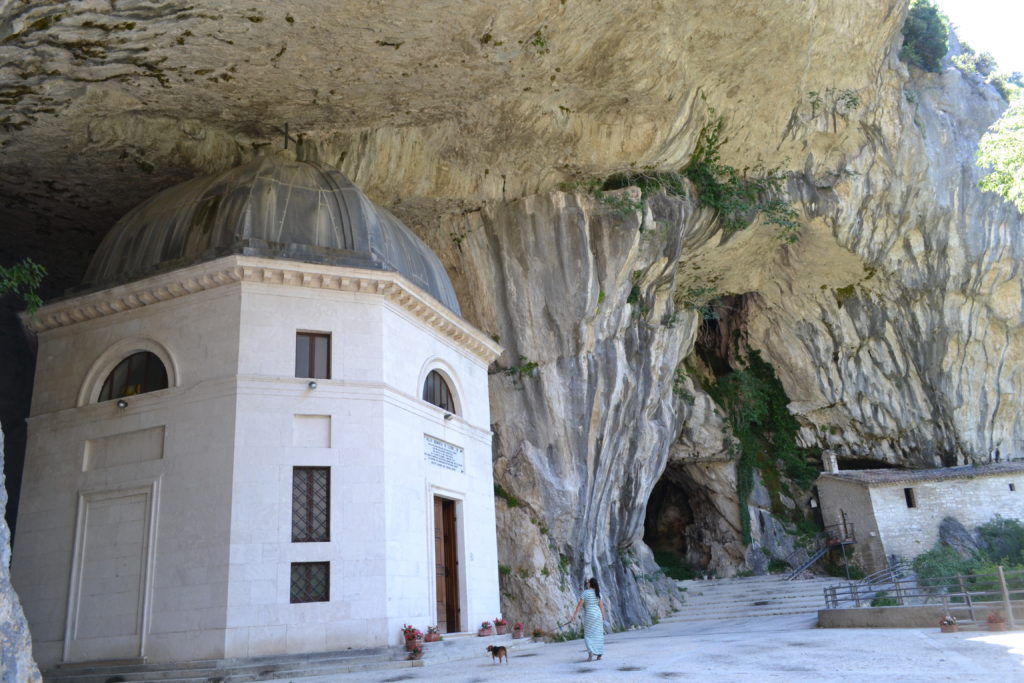
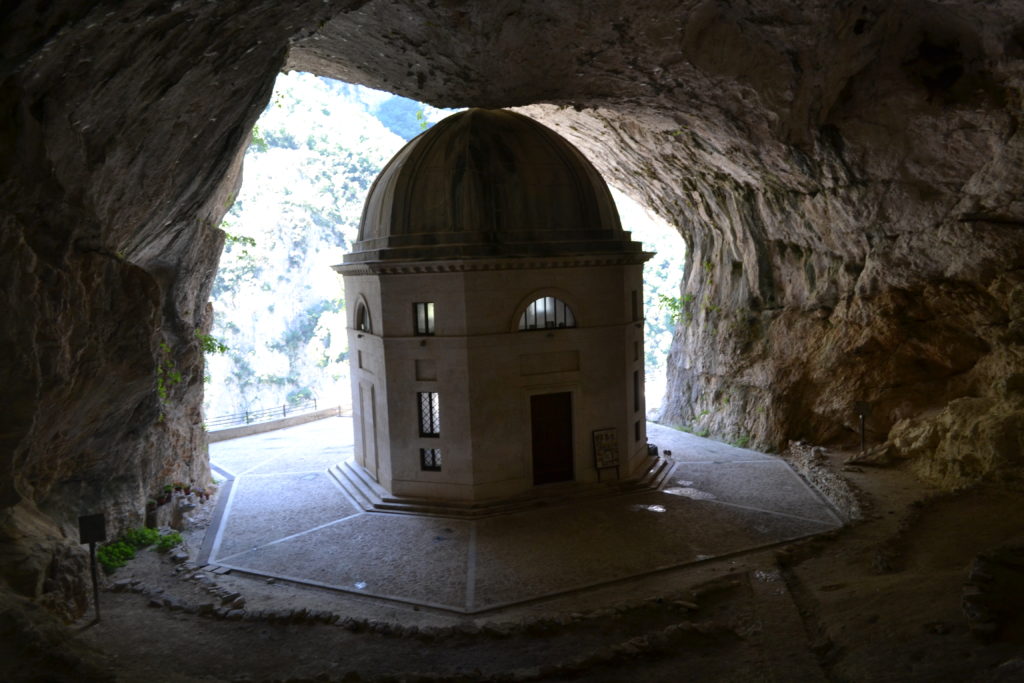
- Camerano. Not nearly to the scale of Frasassi, and a bit different since this cave system is man-made, there is an excellent tour available in English that will take you through the passageways. At different points in time there were spaces used for religious worship, wine-making, and as a shelter during wartime. An incredibly interesting spot to check out if you’re nearby.
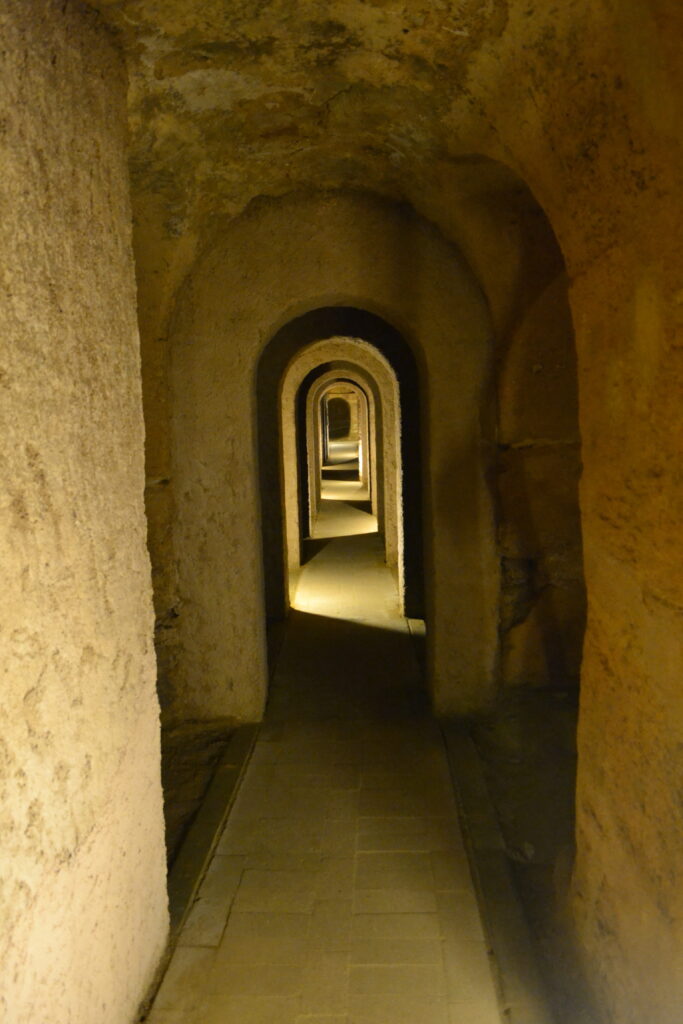
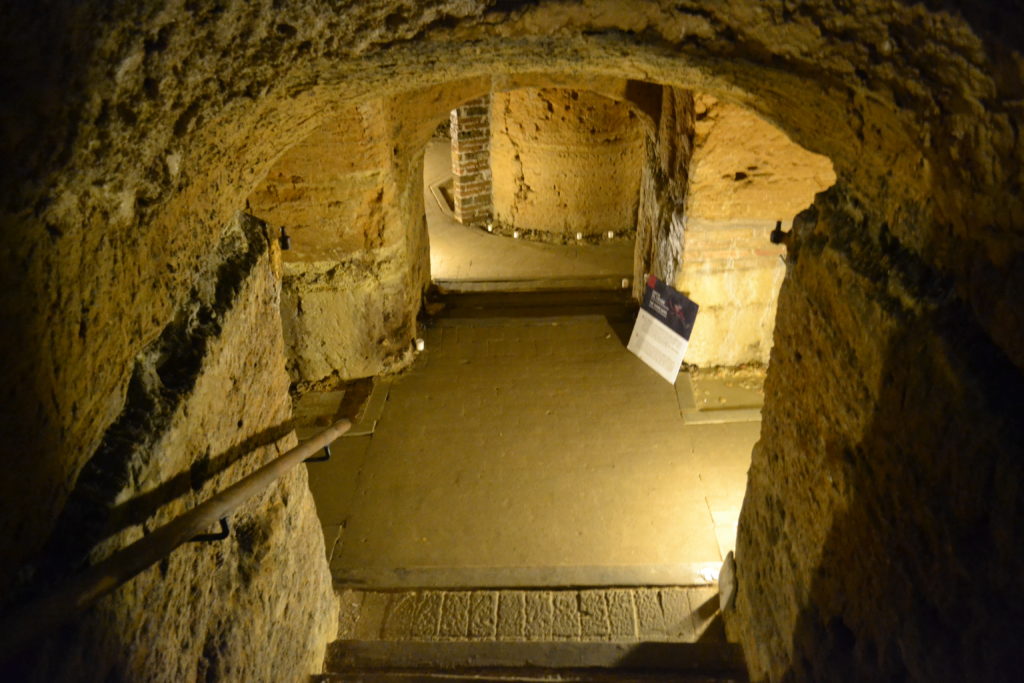
Wine Tasting
This is Italy, so of course there are incredible wines to sample. They are made from grapes local to the region, and meant to pair well with the local cuisine. This is just how Italy rolls.
The wines you’re most likely to encounter on a Le Marche menu are the Rosso Conero and Rosso Piceno – two basic, local reds – and the Verdicchio dei Castelli di Jesi, a mineral-rich white wine meant to pair well with local fish and seafood dishes.
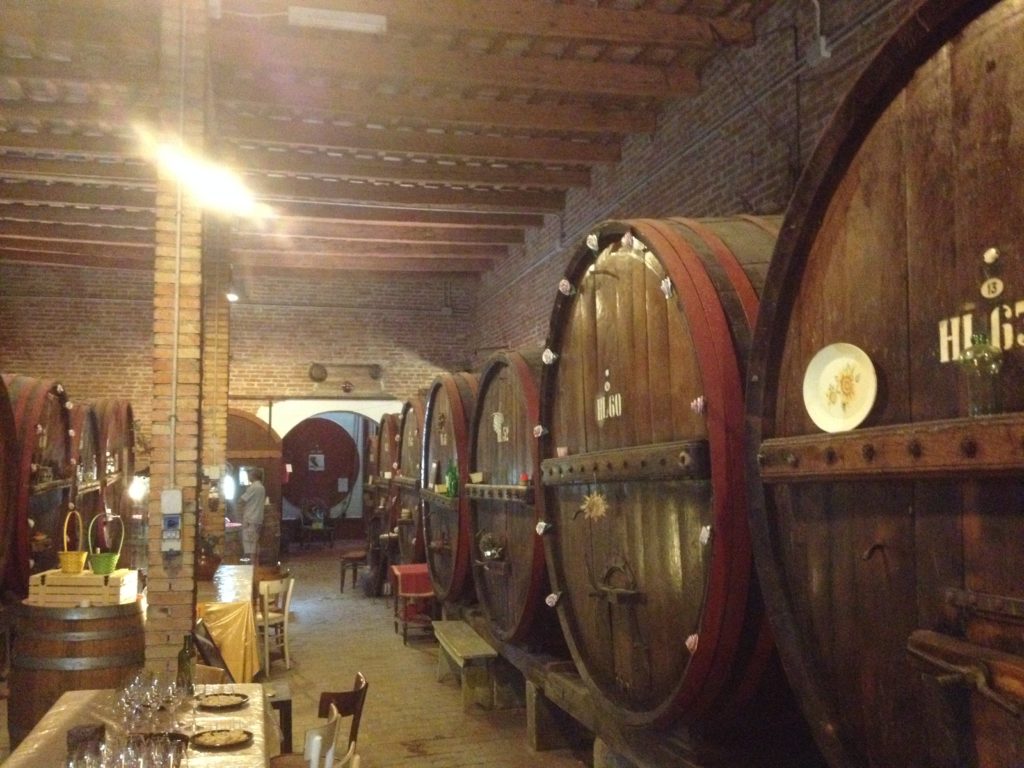
An absolute favorite though is the relatively unknown appellation of Lacrima di Morro d’Alba, A red wine made from lacrima grapes in (yep, you guessed it) the town of Morro d’Alba, this usually young red is very particular in taste, so you’ll probably love it or hate it. It is fruity and aromatic, while fairly dry.
The wine can vary greatly from year to year, so enjoy a tasting and then decide what to buy if you visit a winery. Otherwise, you’ll definitely see it on restaurant wine lists around the region.
Explore Walled Cities
A function of the rolling hills of Le Marche, the region is dotted with walled cities who built the structures as a means of defense. Today they are picturesque spots to visit, usually with an Old Town of centuries-old buildings and cobblestone streets inside.
My favorites:
- Urbino. Urbino is definitely the largest walled city on this list, with the most to see inside. It is the birthplace of renowned artist (and Ninja Turtle) Raphael, and has quite a few museums and a Cathedral inside. It is well-lit in the evening, and has many winding cobblestone streets and various lookout points to see the surrounding countryside.
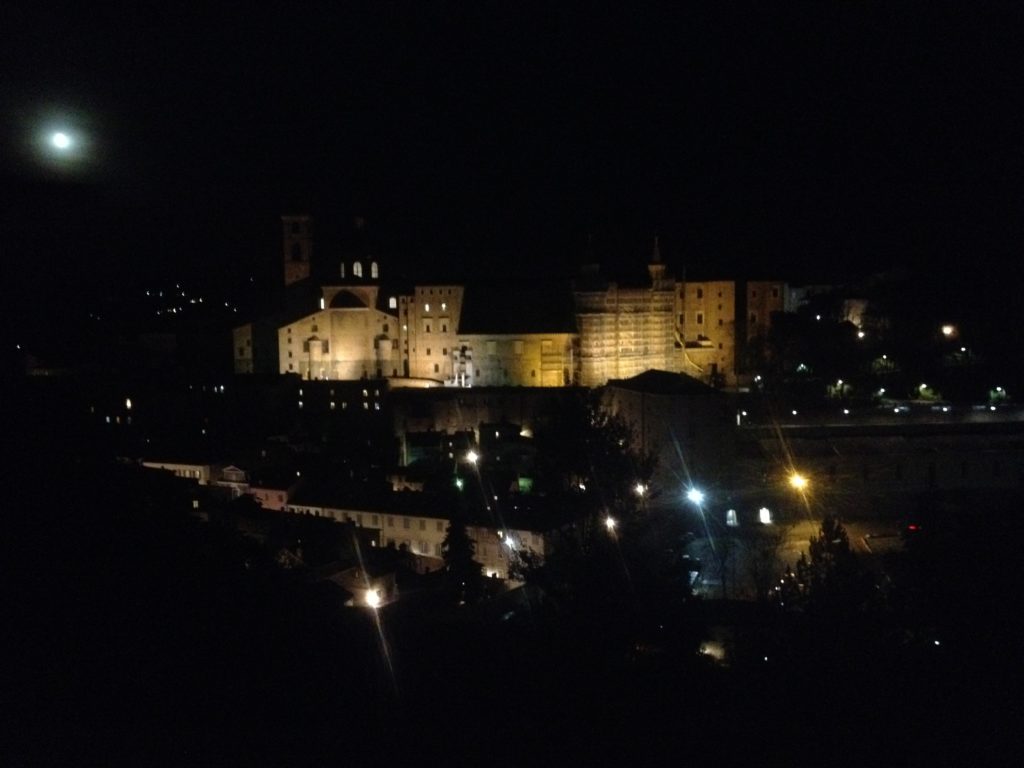
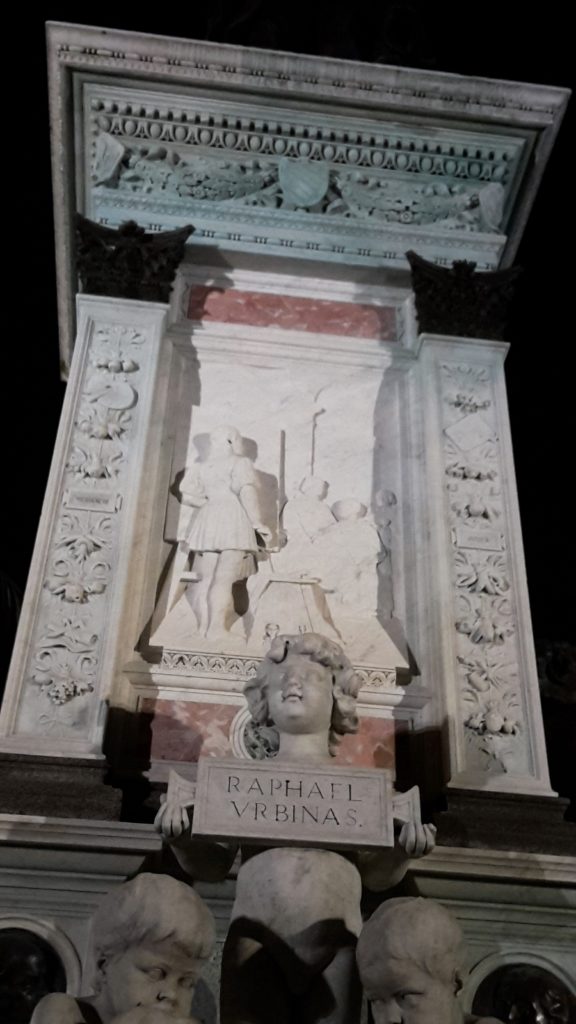
- Gradara. Much smaller than Urbino, Gradadara is known for its castle, which you can explore along with strolling on the city walls. Supposedly packed in summer, my friend and I had a pretty solitary visit in September, enjoying the beautiful views of the countryside and the views inside this hilly town.
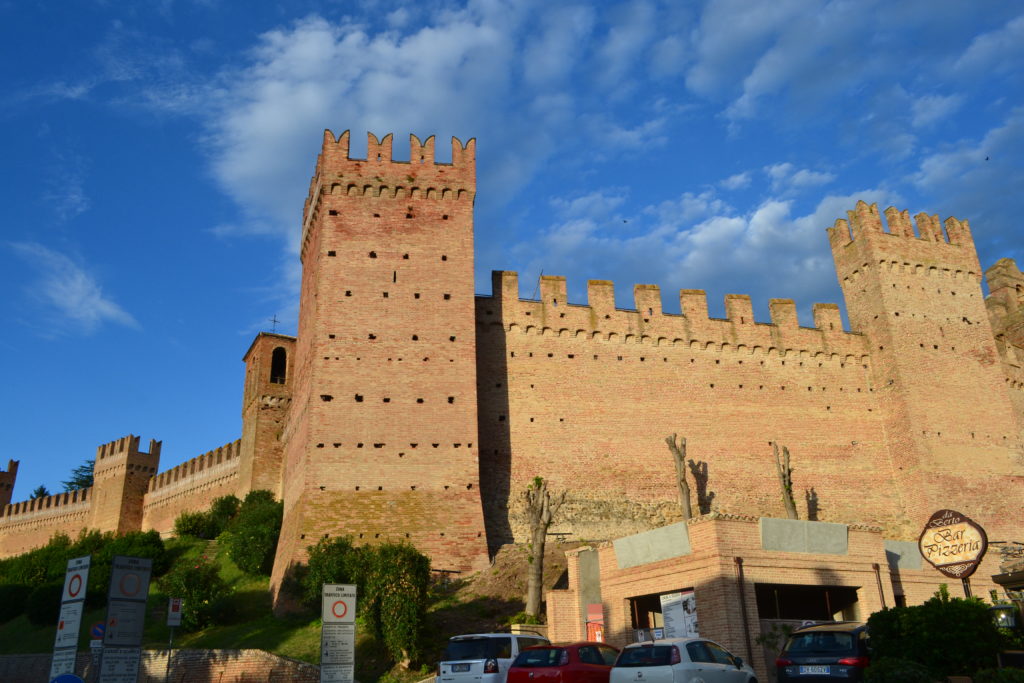
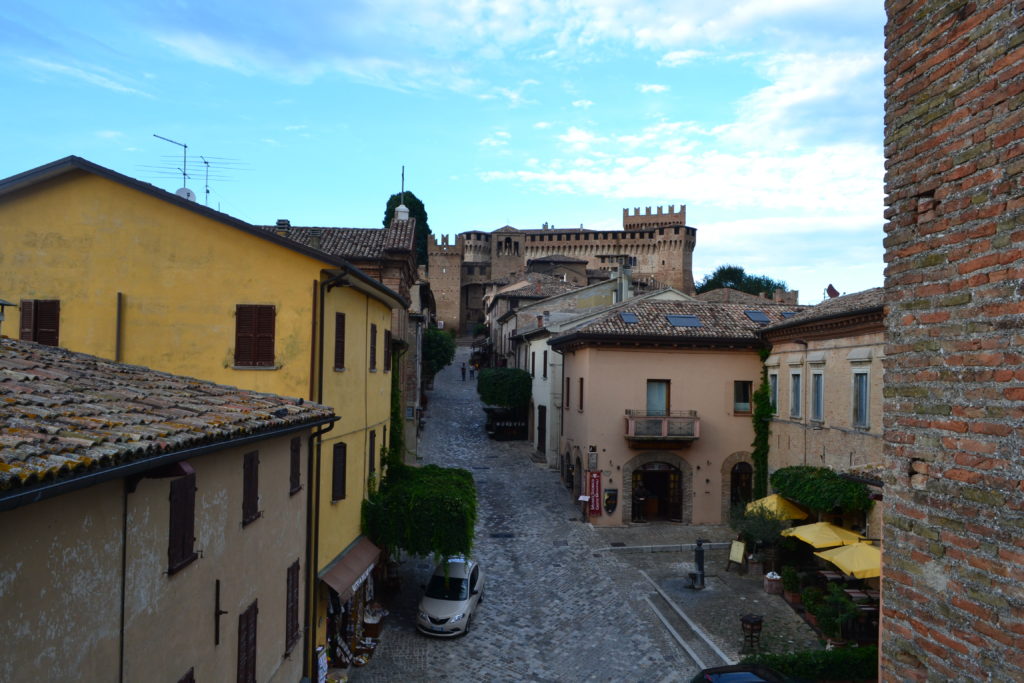
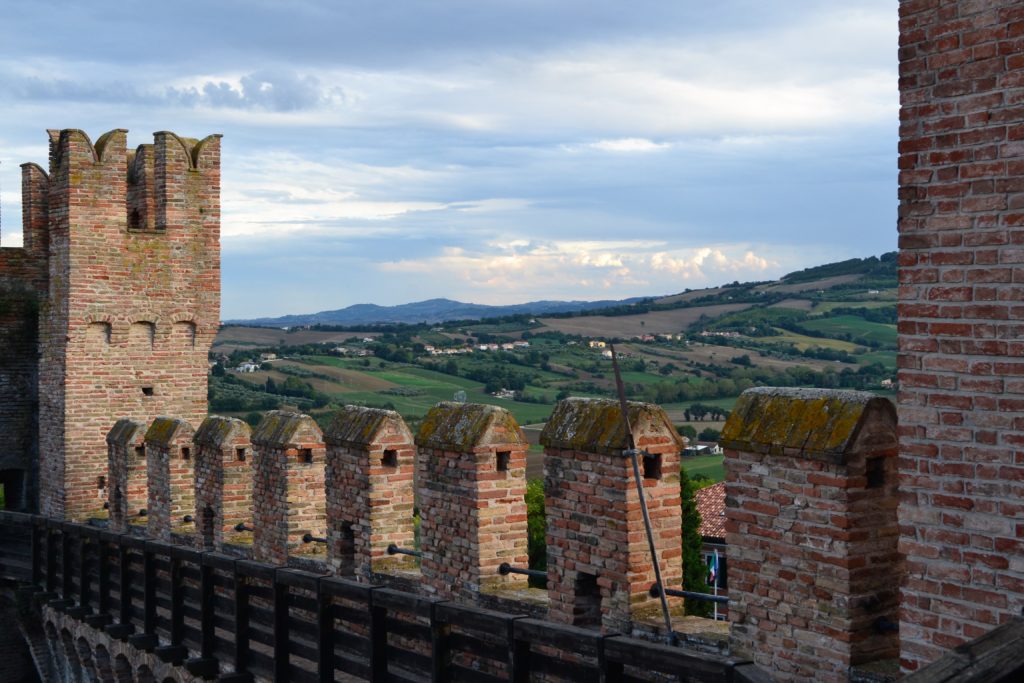
- Corinaldo. Very teeny, Corinaldo packs in all you need from one of Le Marche’s walled cities. It has cobblestone streets, great views of the surrounding area, and delicious food. It also has 2 quirky claims to fame – a polenta well that according to legend fed the city during a siege & also a house with just a facade, built by a heavy-drinking father to send pictures to his son overseas that the money being sent home was being put to good use. Now there’s a plaque to mark the spot.
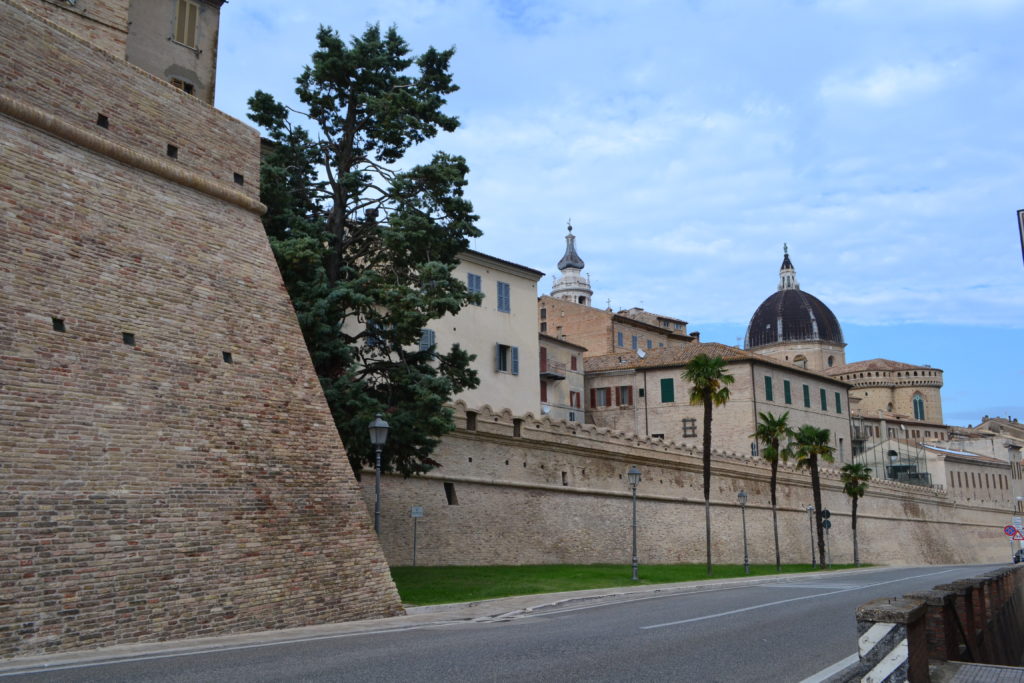
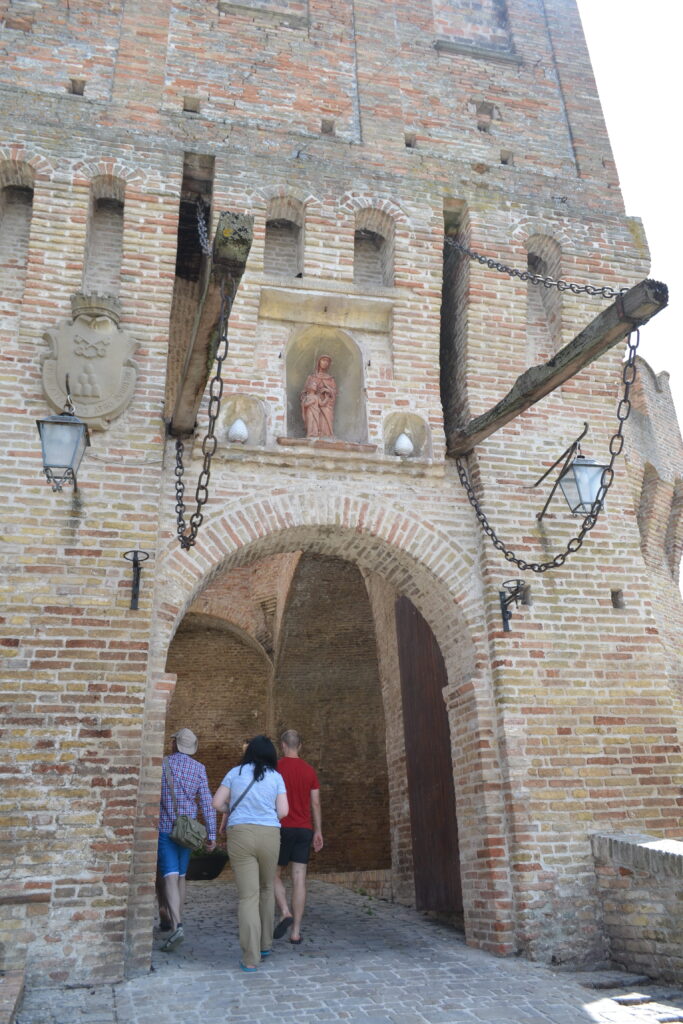
The street to the right of the well is named Polenta since the well was filled with polenta and kept the villagers from starvation in hard times 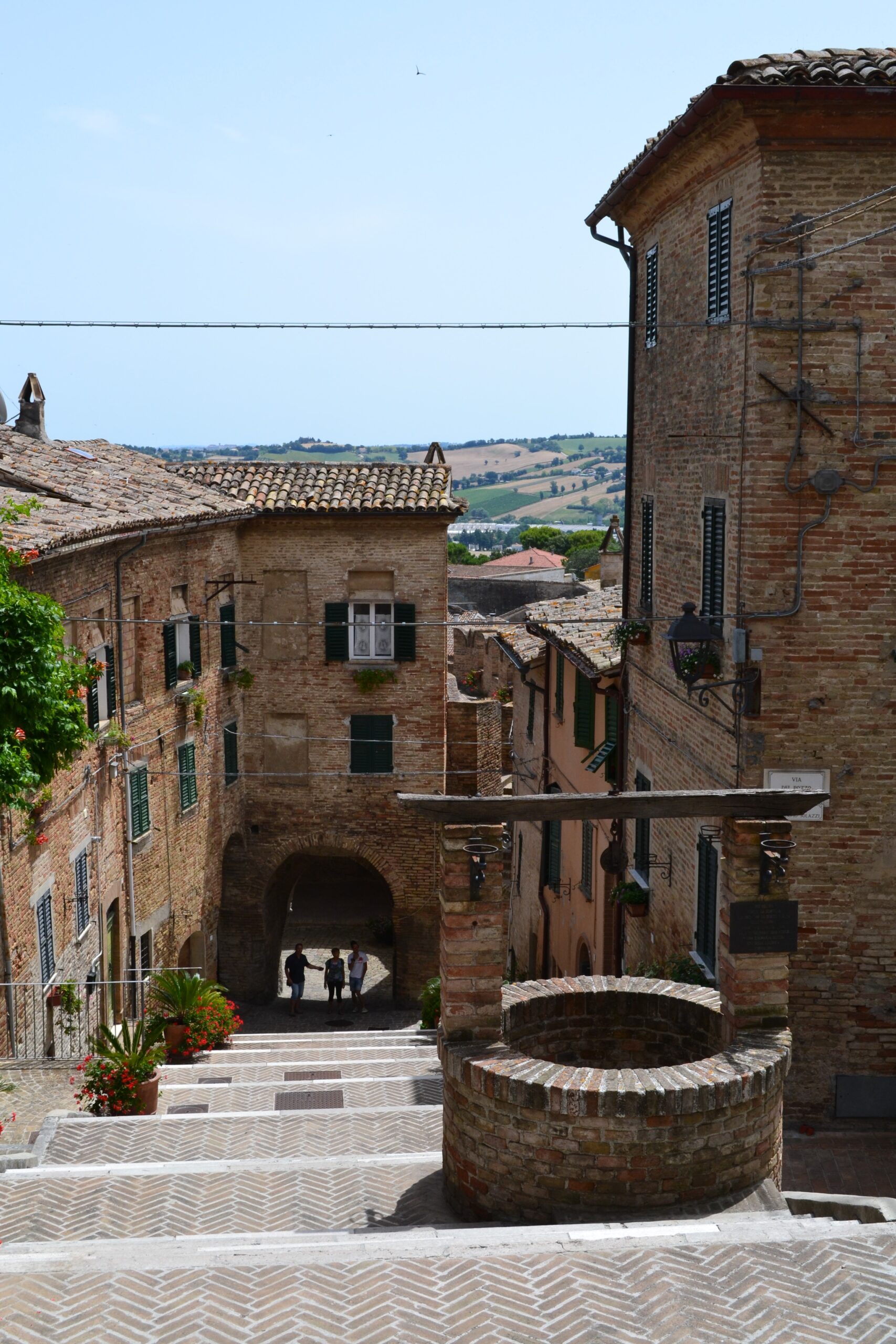
The street to the right of the well is named Polenta since the well was filled with polenta and kept the villagers from starvation in hard times 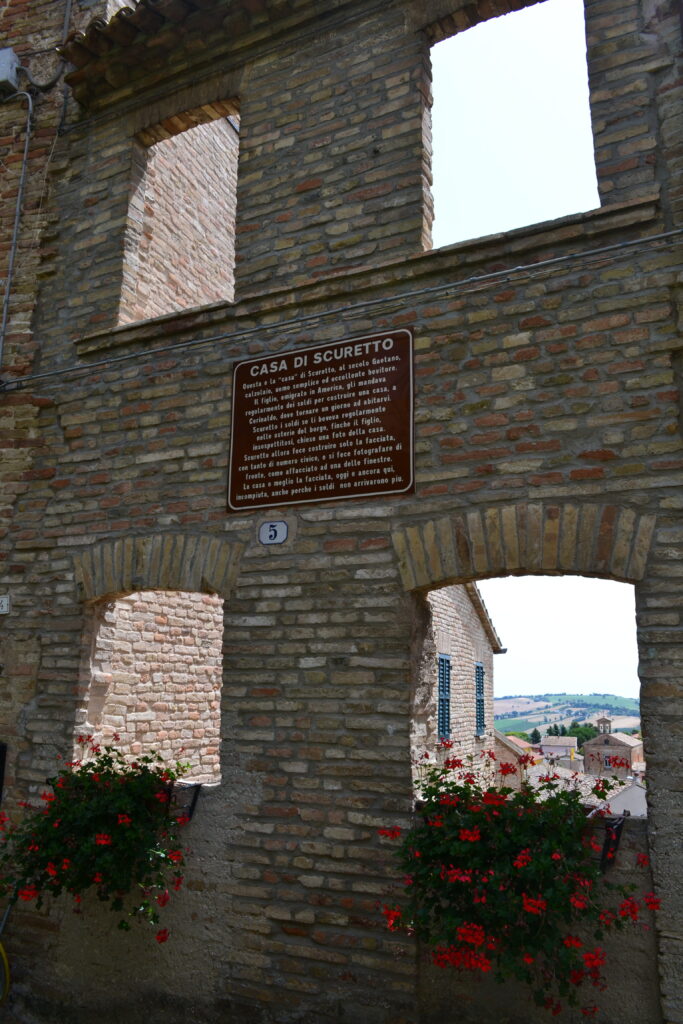
Take a Hike
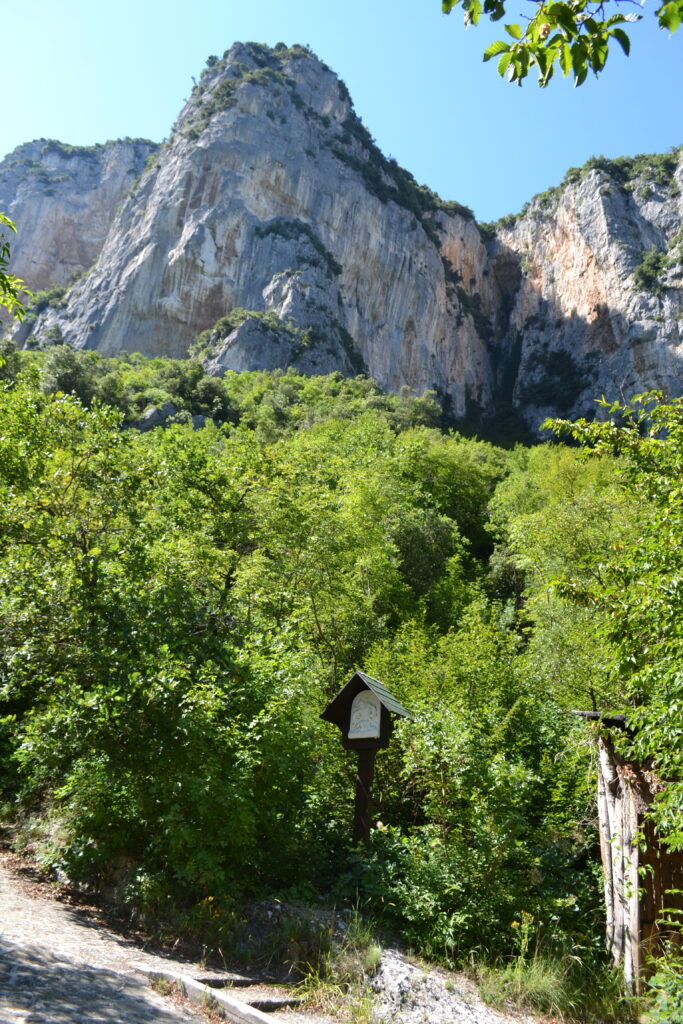
There are a number of hikes throughout the region, but the main hiking destination in Le Marche is Monti Sibillini National Park. There are several biking and hiking itineraries available, including a vast loop that will take multiple days to complete. If you’re interested in a multi-day trip, there are accommodations available along the way.
Visit the Acqualagna Truffle Festival
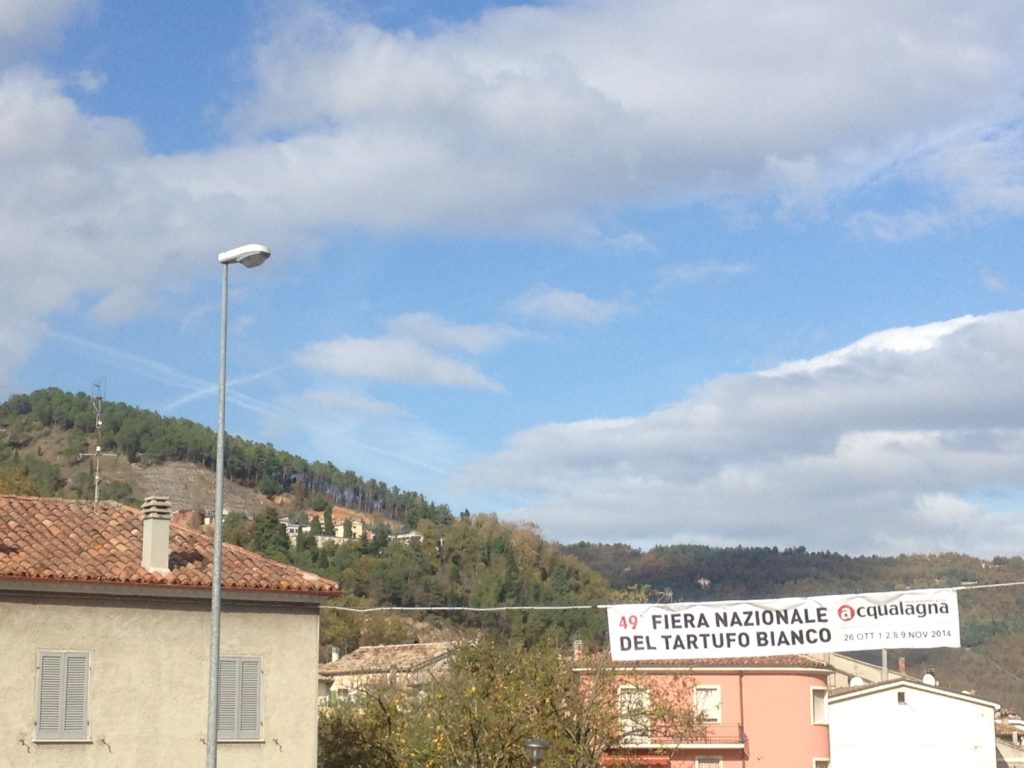
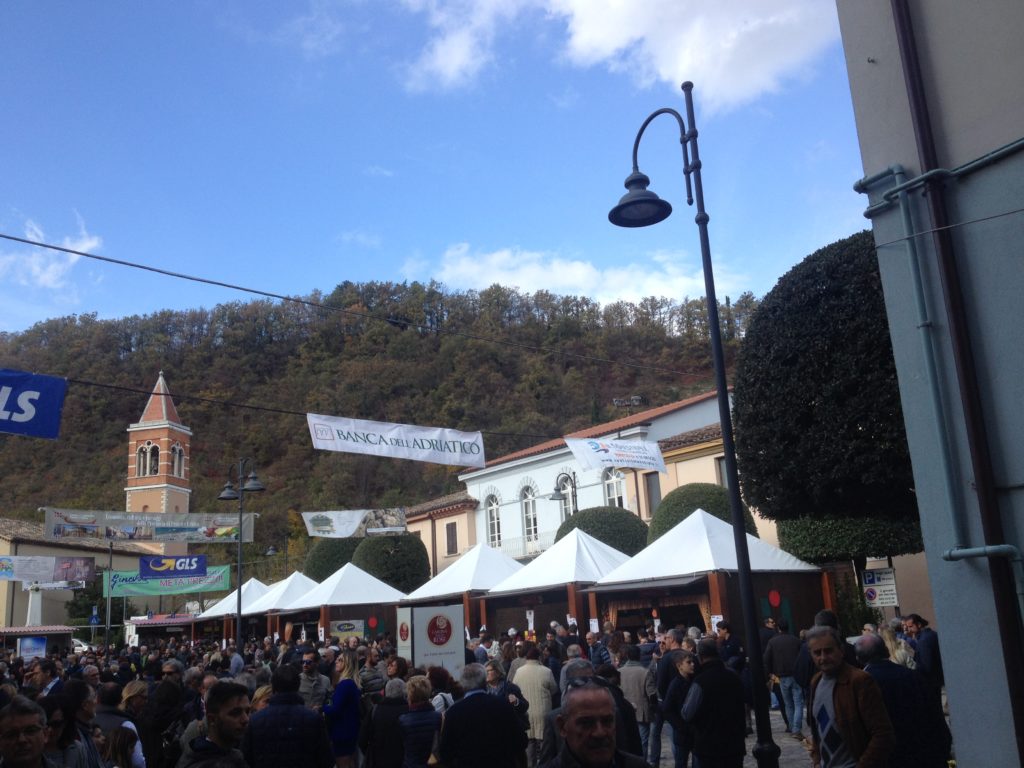
The Alba Truffle Festival in Piedmont in northern Italy may be more famous, but Le Marche’s own fall Truffle Festival in Acqualagna has the same renowned white truffles and is definitely less crowded and easier to explore.
There are outdoor stands with various vendors of truffle products and whole white truffles for sale. There is also a large indoor area, selling nearly everything under the sun.
And since it’s the season of truffle, whatever restaurants you visit in the area in the October/November timeframe will have plenty of dishes with white truffle shaved over top.
No Italian event centered around food would be complete without wine as an accompaniment, so the festival also has wineries represented in various booths, and a whole stand just for wine tasting, with bottles from around the region.
Even if you’re not there in fall, there are two Acqualagna black truffle festivals, one in February and the other in August (although I don’t recommend an August visit to Le Marche, see the ‘When to Go’ section below).
READ MORE: How to Make the Most of Visiting an Italian Truffle Festival
Go Skydiving
You probably don’t associate Italy with skydiving, but the region of Le Marche specifically is known for being a great spot for it. It even made #8 on this list of top skydiving sites in the world!
On my first trip to Le Marche, several of the other people in the traveling group went skydiving for the first time in Le Marche and absolutely loved it. Whether it would be your first time doing it, or you have a lot of jumps under your belt, Le Marche is THE PLACE to skydive.
Inhale the Aroma of Sunflowers
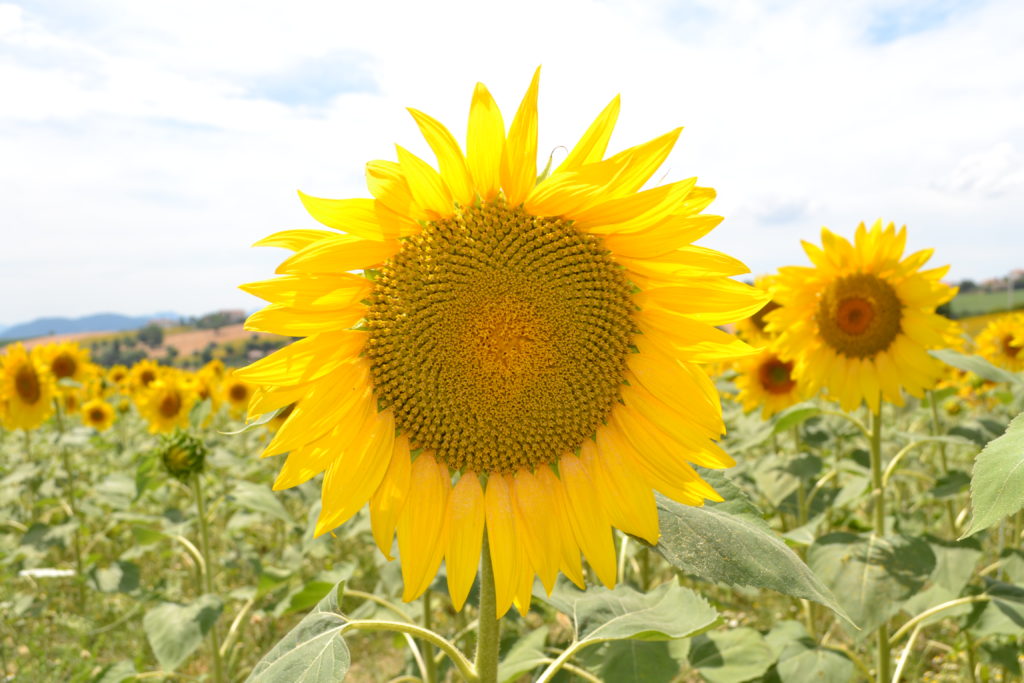
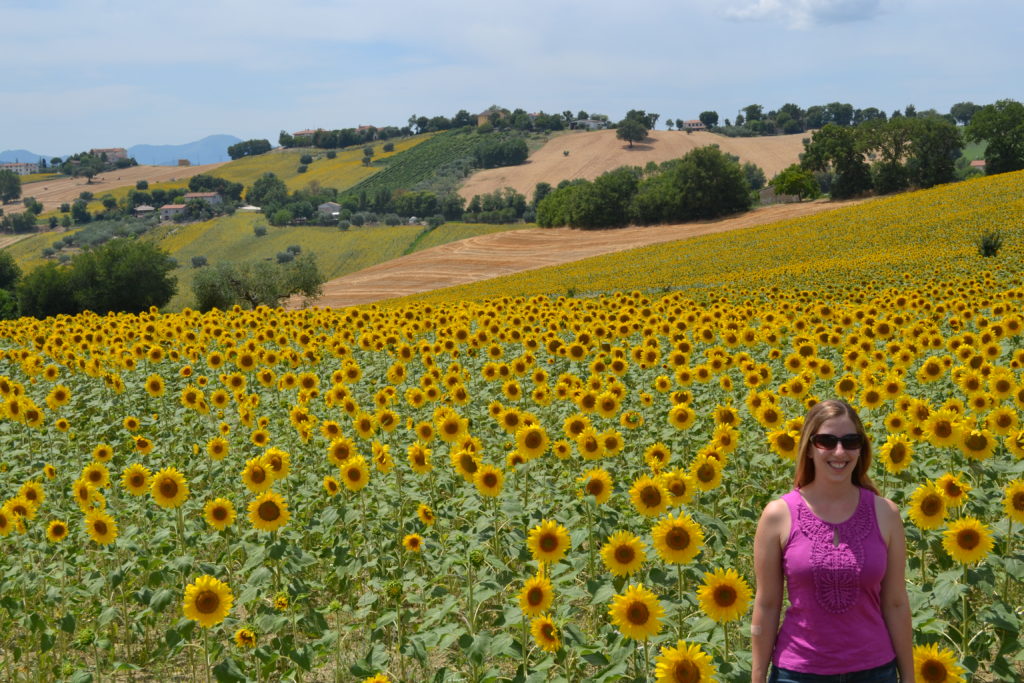
Even if you didn’t know that sunflower fields abound in Le Marche before your trip, any road trip in the region at the right time of year will inevitably drive past lovely yellow expanses.
Sunflowers typically bloom in early summer, with the exact dates depending on the weather conditions that year. If you love flowers, or sunflowers in particular, you can see beautiful fields of them all over Le Marche.
When to Go
There are lot of great times during the year to visit Le Marche. What will be best for you of course, all depends on which activities appeal to you most:
- Sunflowers are typically in peak bloom in late June through July.
- The Acqualagna Truffle Festival typically takes place in late October and early November.
- Fall and spring are probably the most comfortable seasons for hiking.
- And of course the beach will be most pleasant in summer, and less crowded before and after.
I visited in early July when I saw sunflowers, I did a road trip to walled cities and caves around Le Marche last September, and I went to the Acqualagna truffle festival and nearby towns in early November. All wonderful trips =)
The only thing I would caution against is visiting in August. Pretty much all Italians (as well as other Europeans) take vacation then, so the beaches and attractions are likely to be packed.
And for me, a big part of the appeal of visiting Le Marche is heading to a destination *without* the crowds.
The diversity of activities to do in Le Marche is quite amazing, and even if you’re looking for a relaxed itinerary, there are plenty of places to kick up your heels and enjoy the countryside or the coast. Just like most of my all-time favorite destinations, there are a lot of varied activities available and beautiful scenery along the way.

Have you been to Le Marche? Any things to do that I missed and should add? What activities are most likely to draw you to visit a new place?
Like this post? ‘Pin it’ on Pinterest!
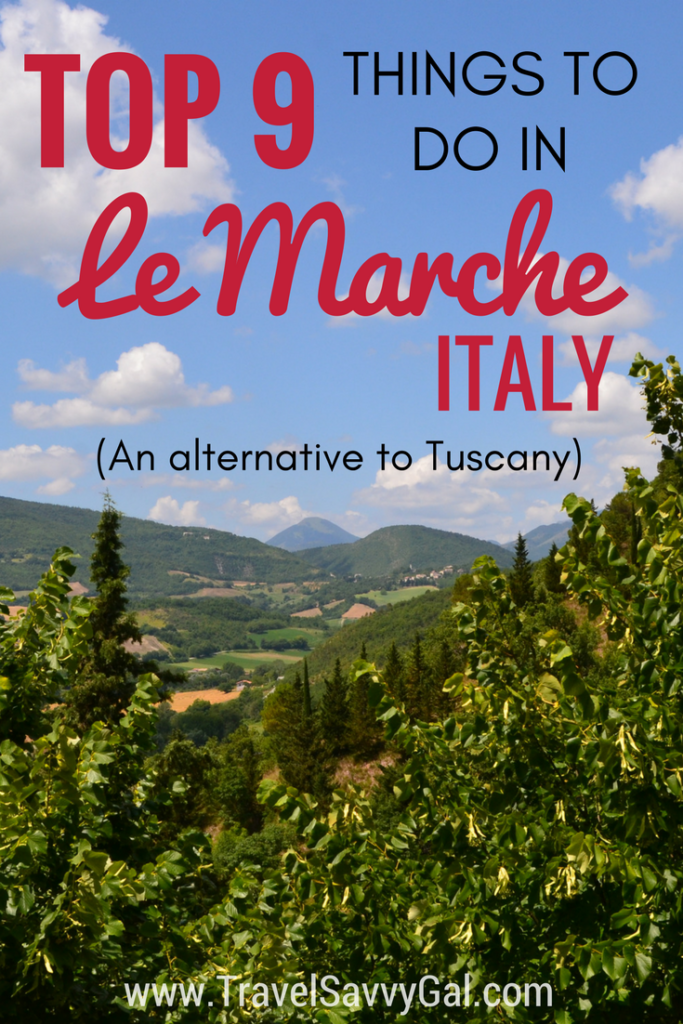
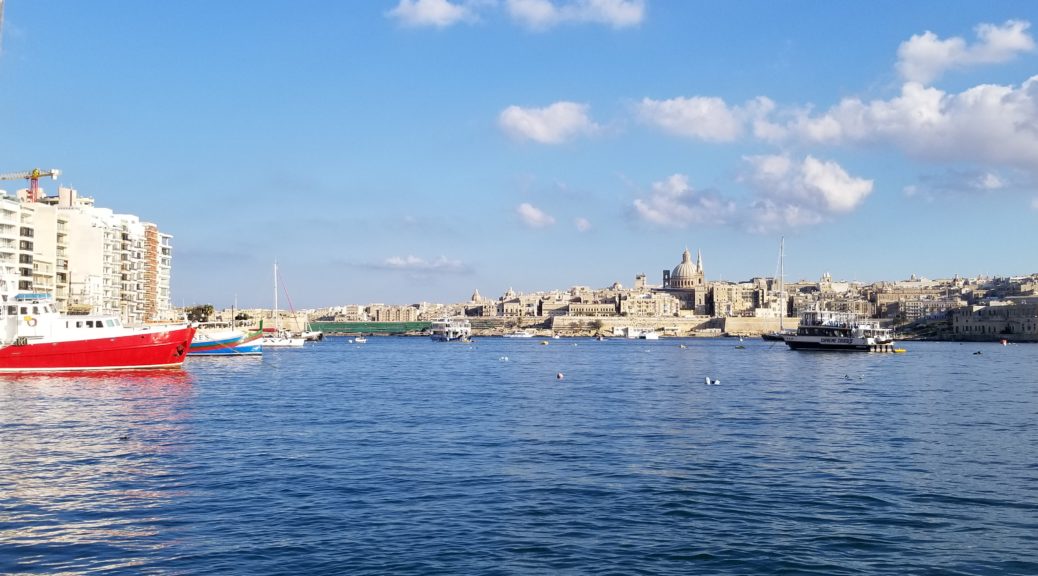
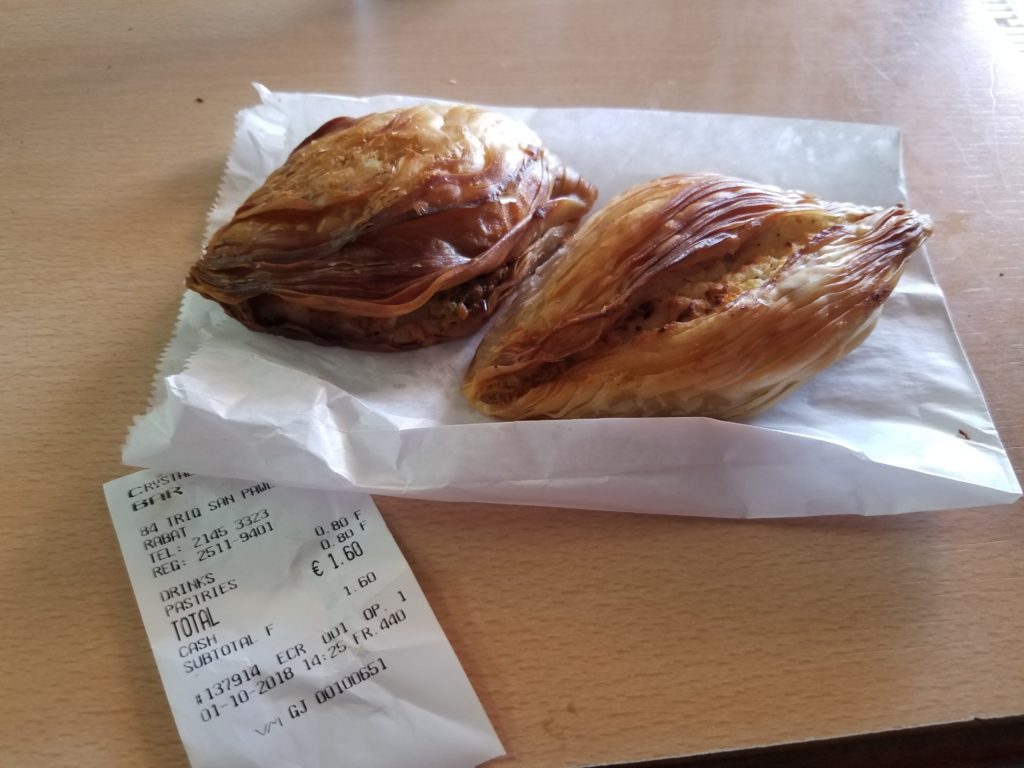
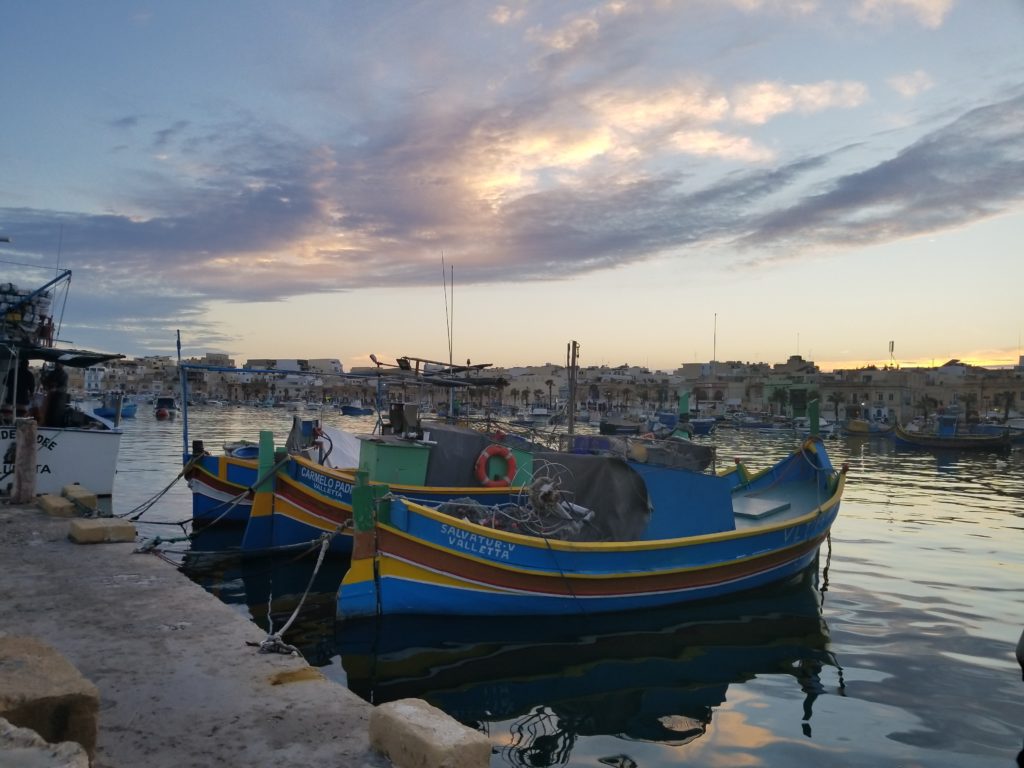
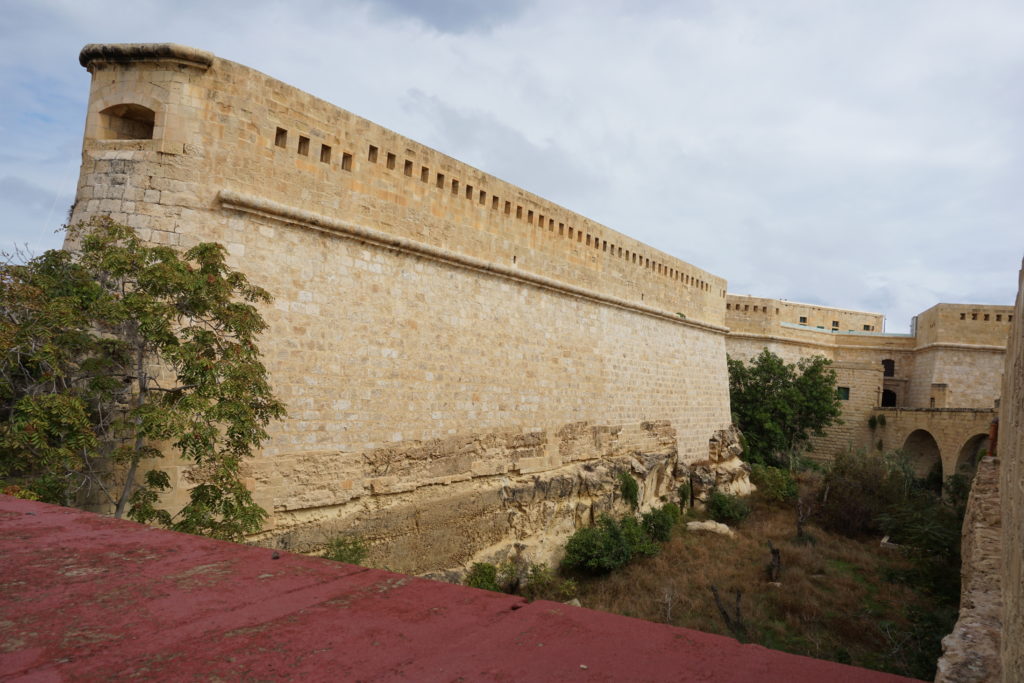
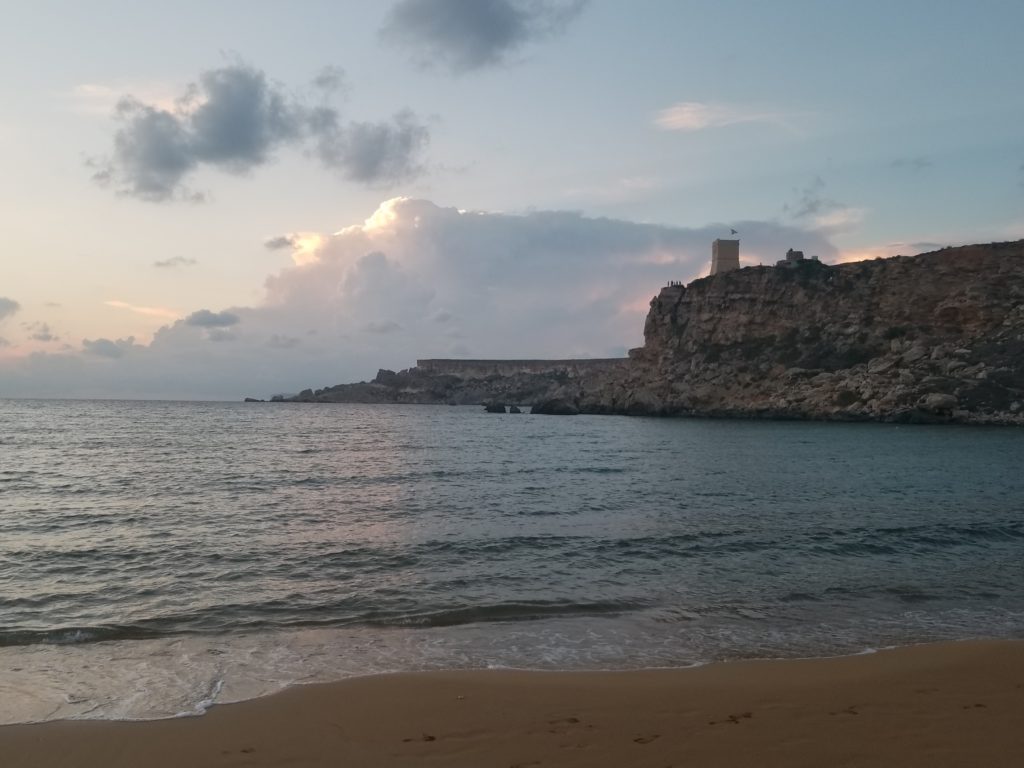
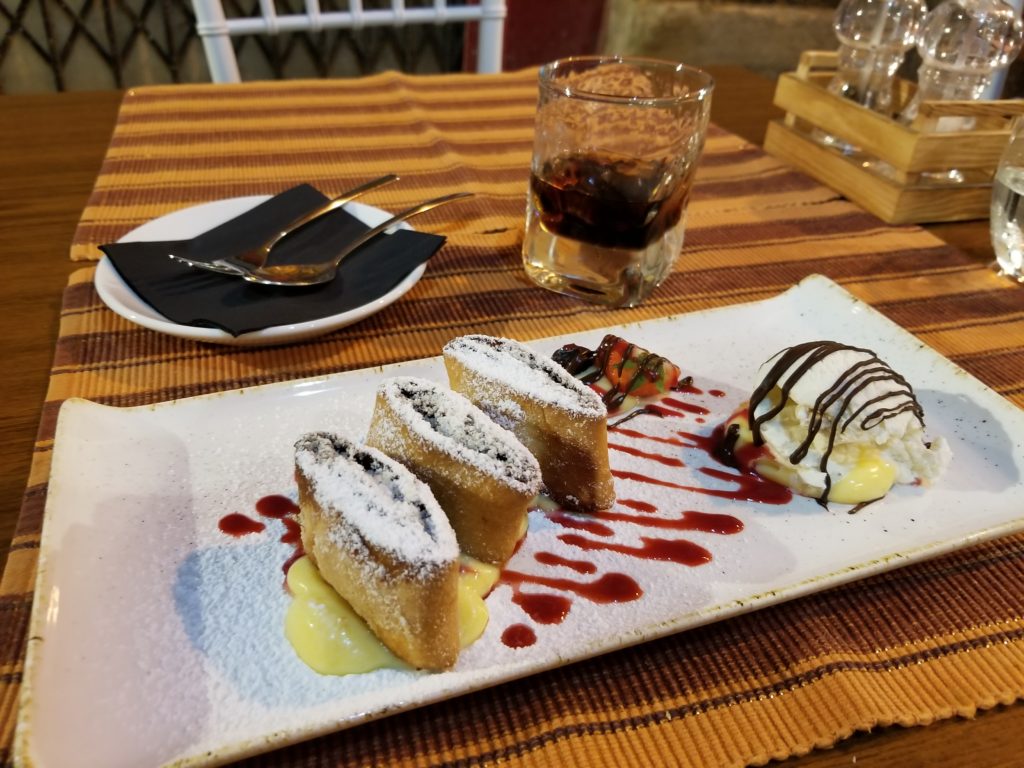
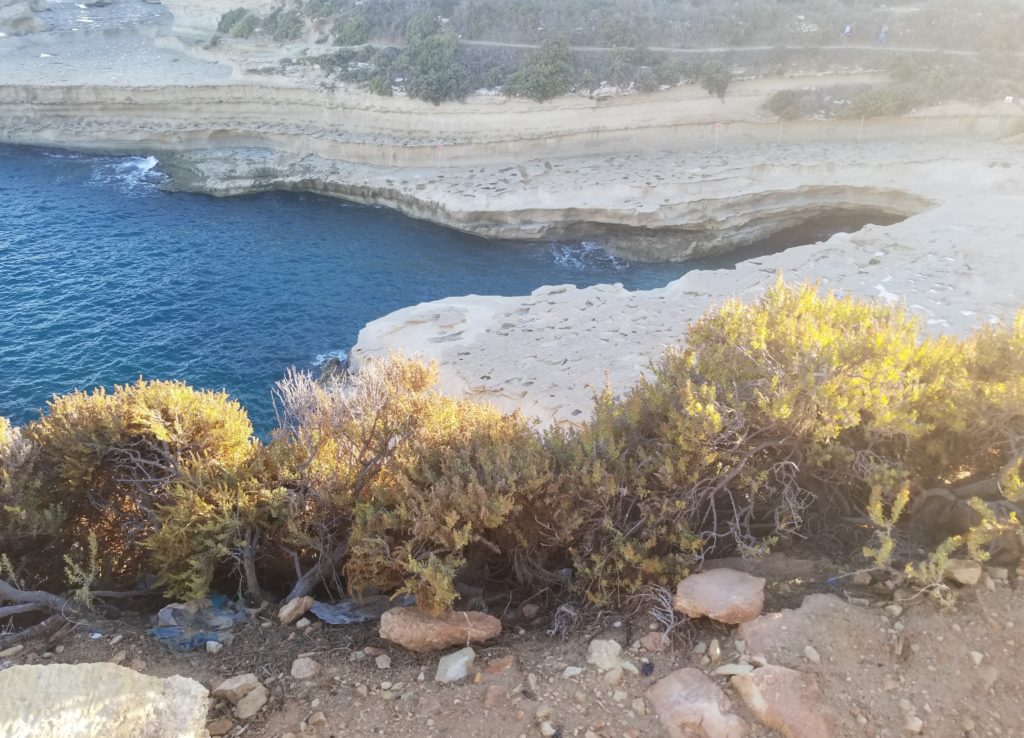
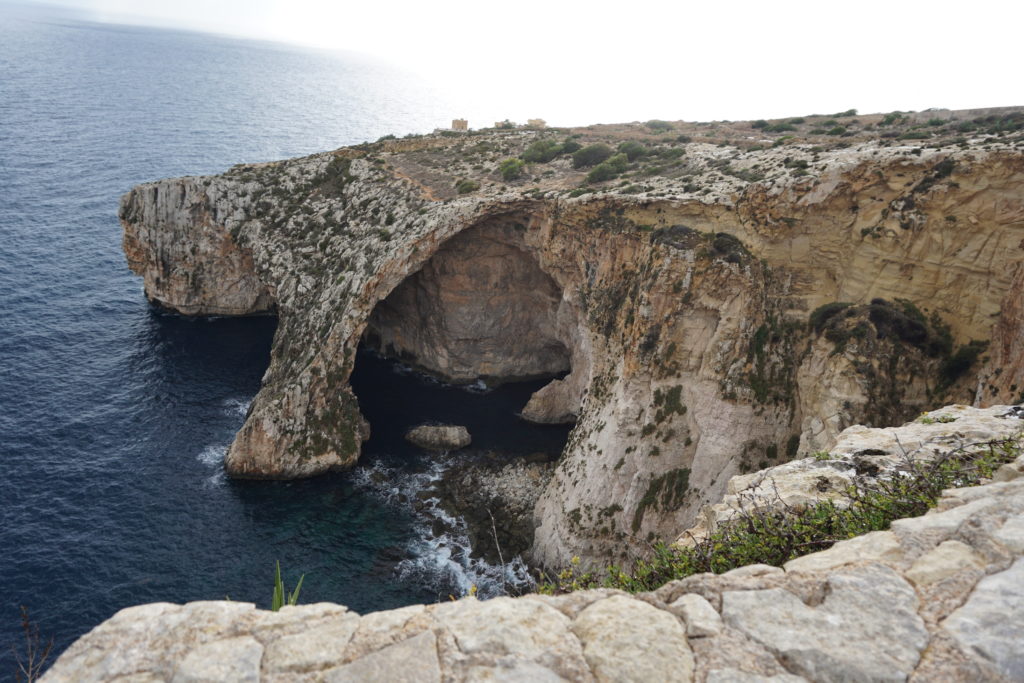
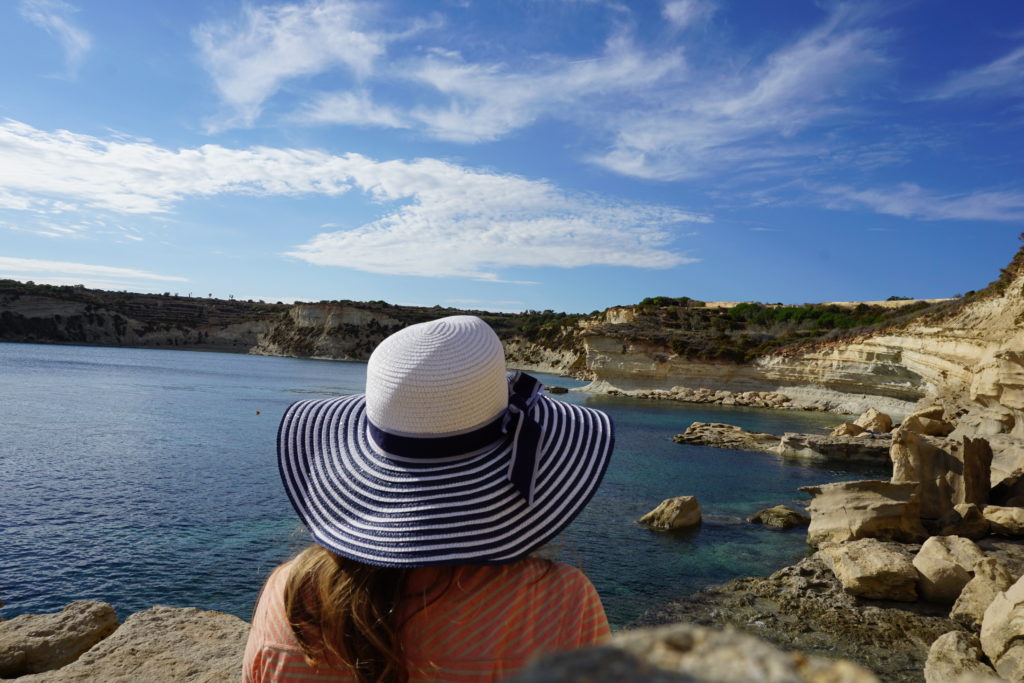
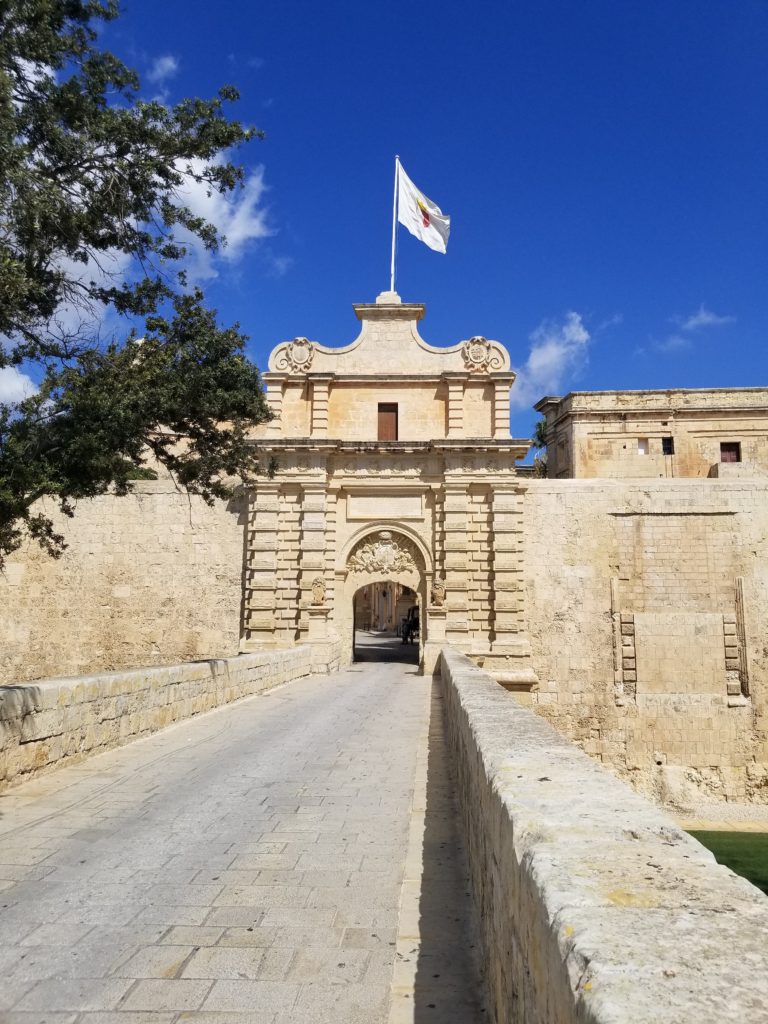
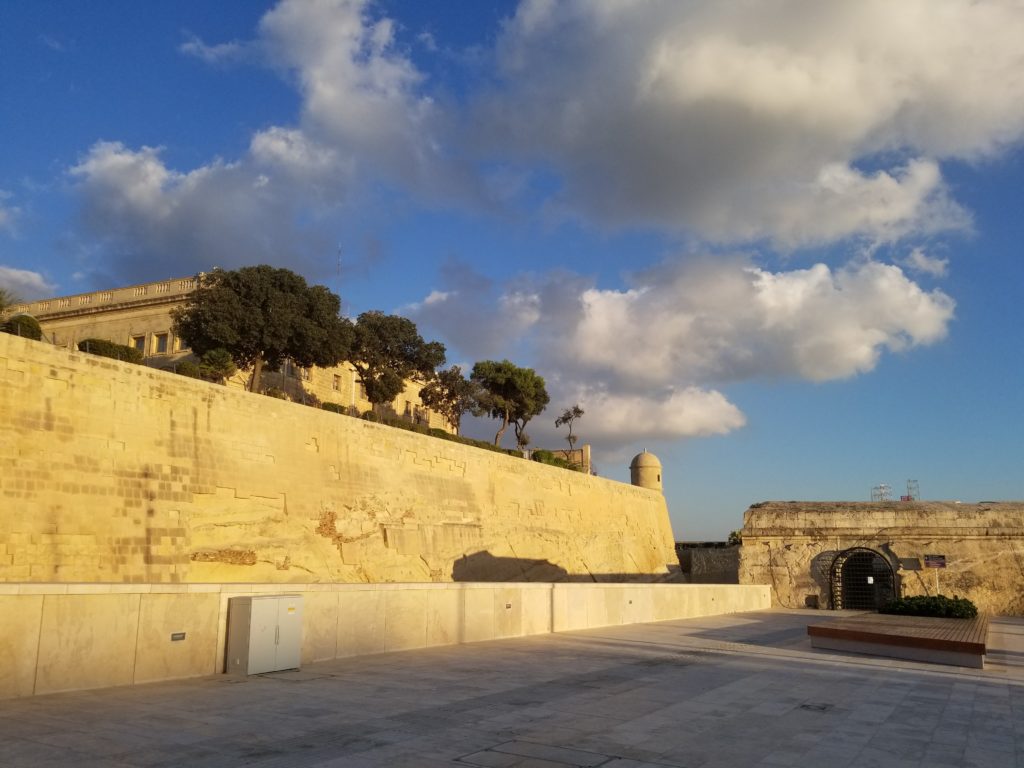
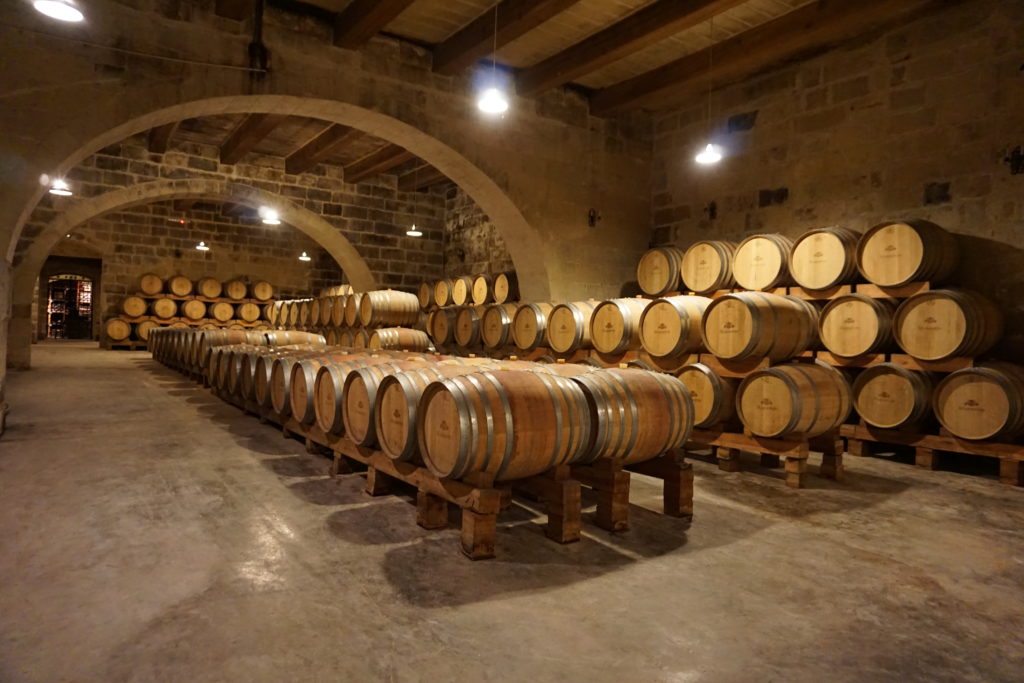
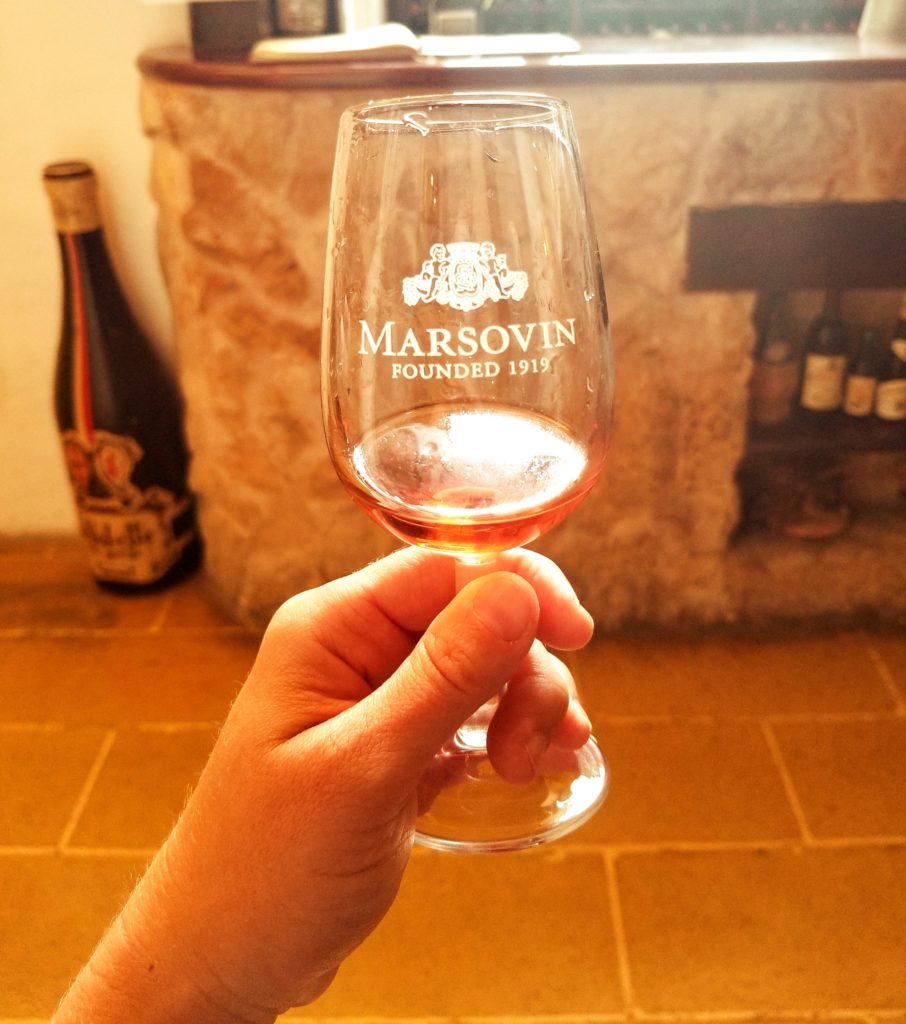
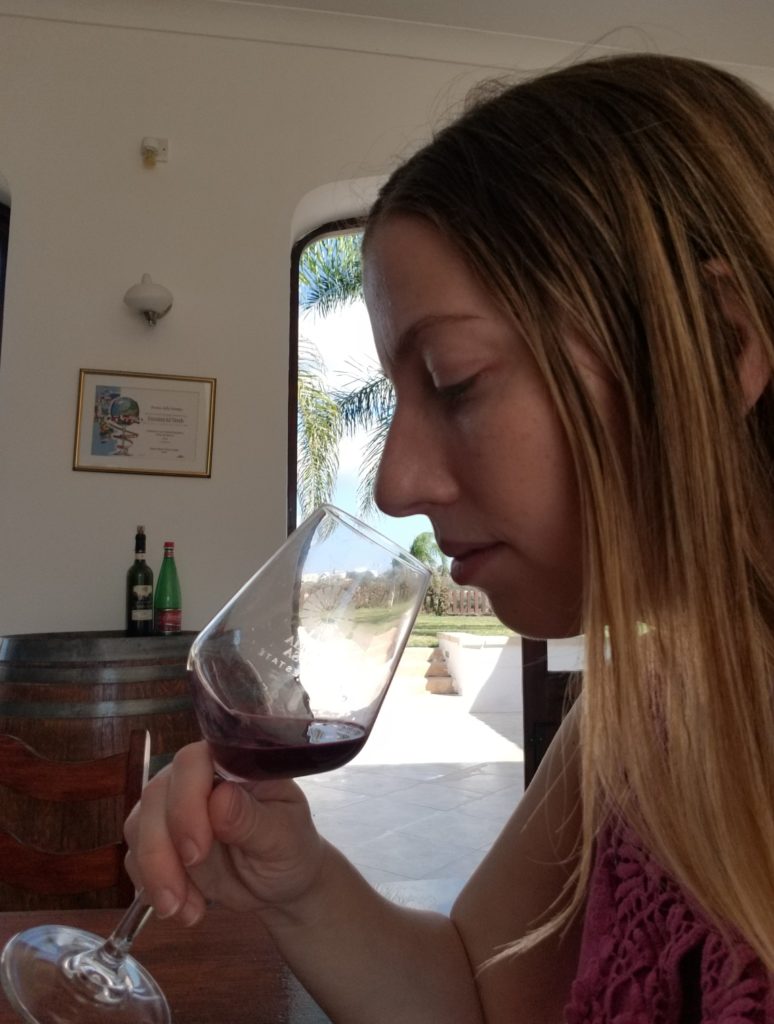
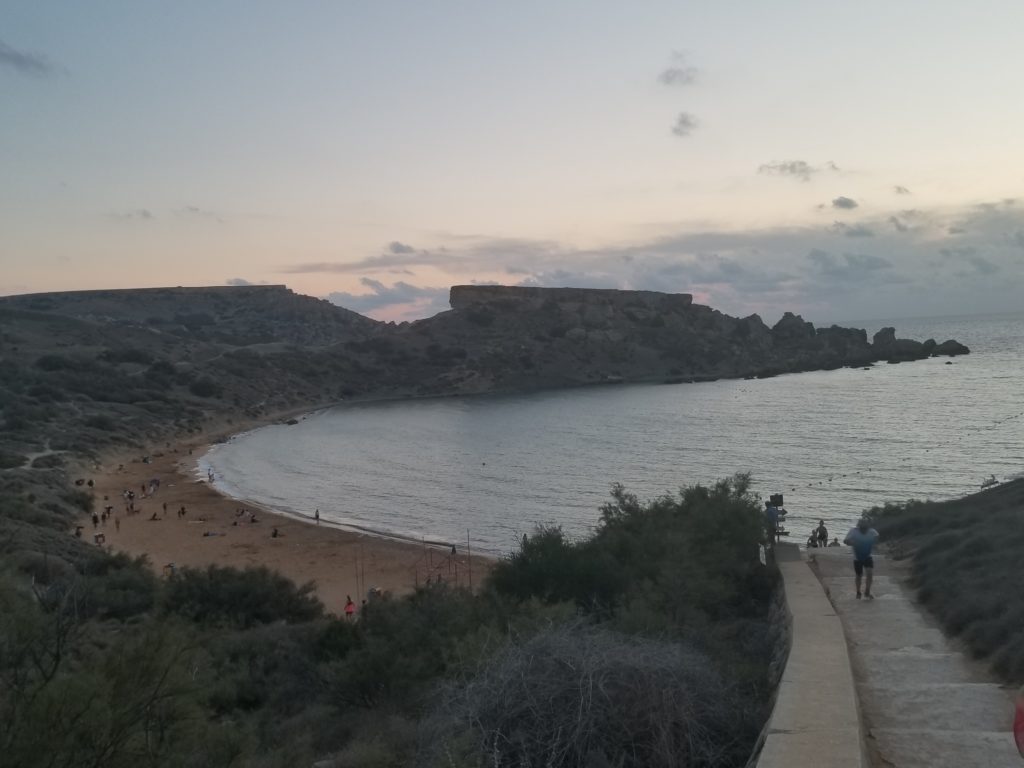
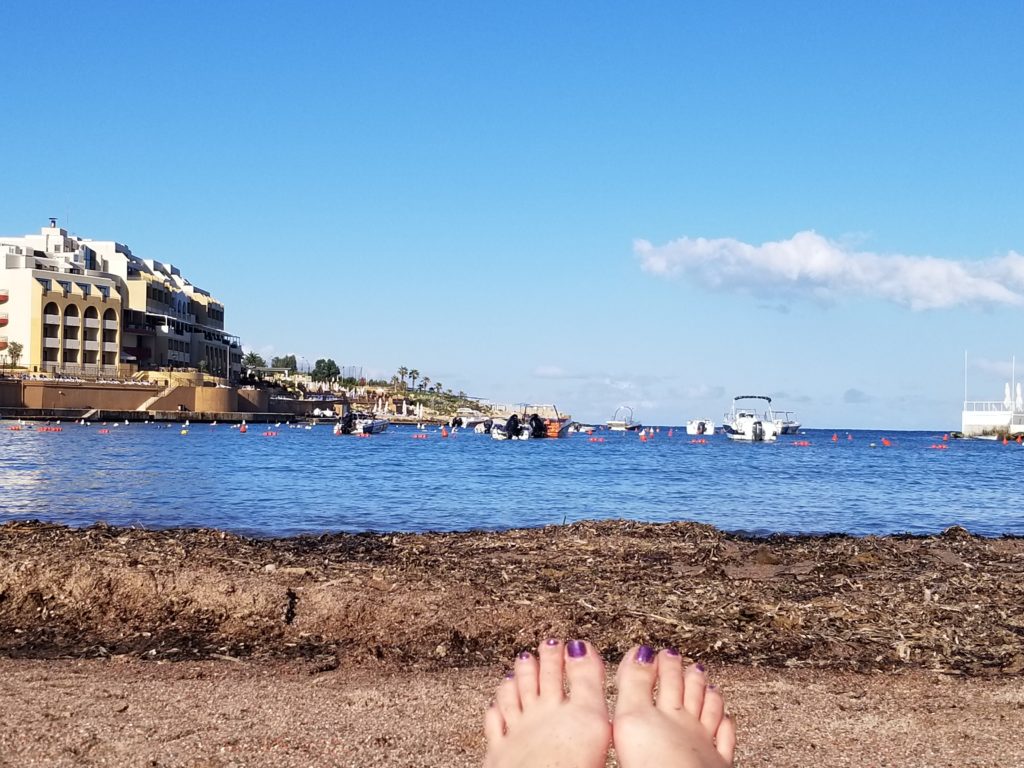
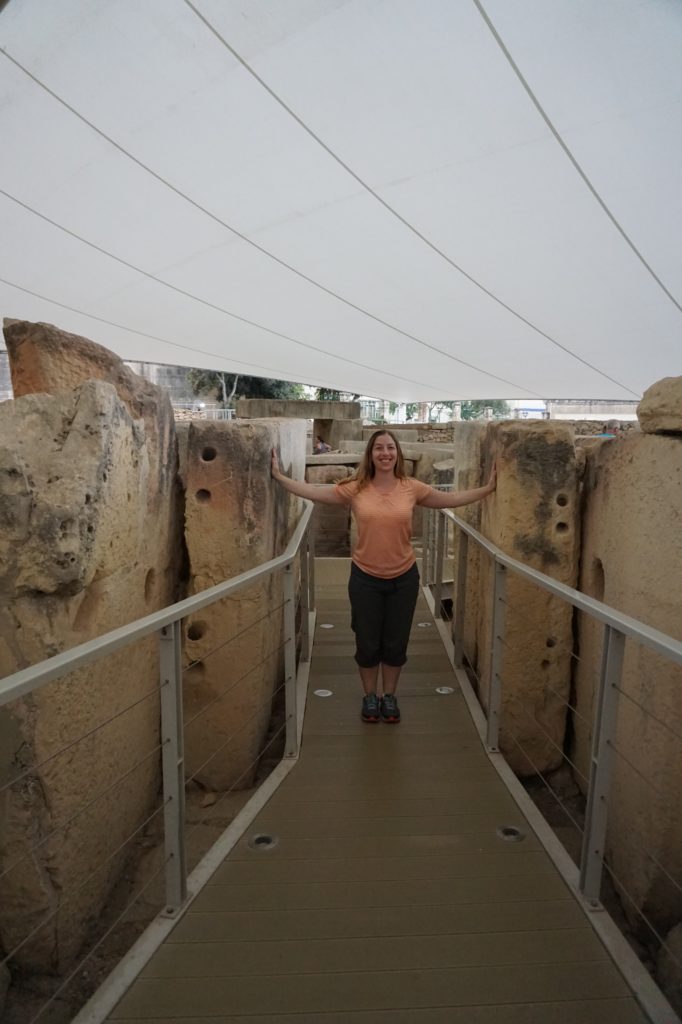
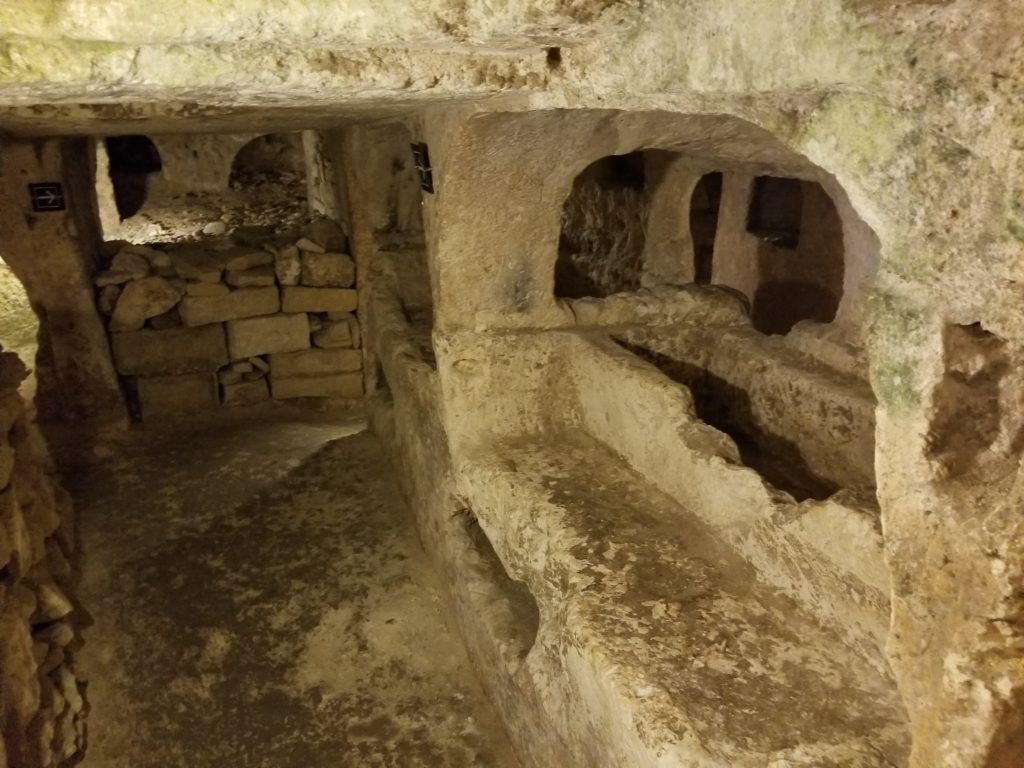
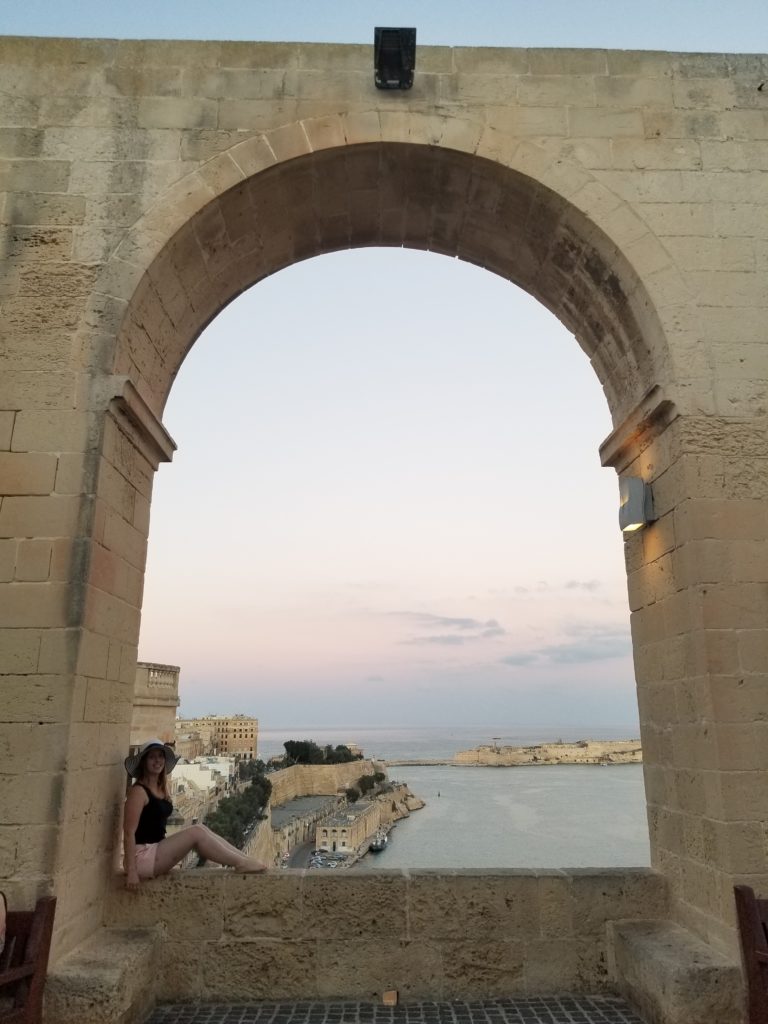
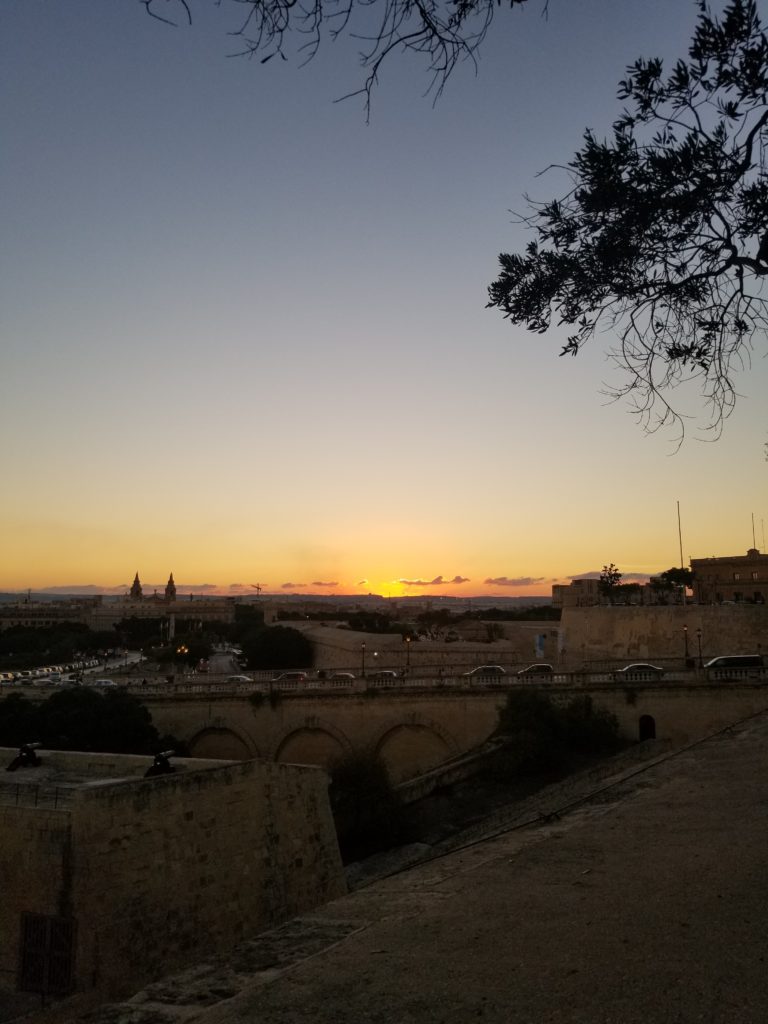
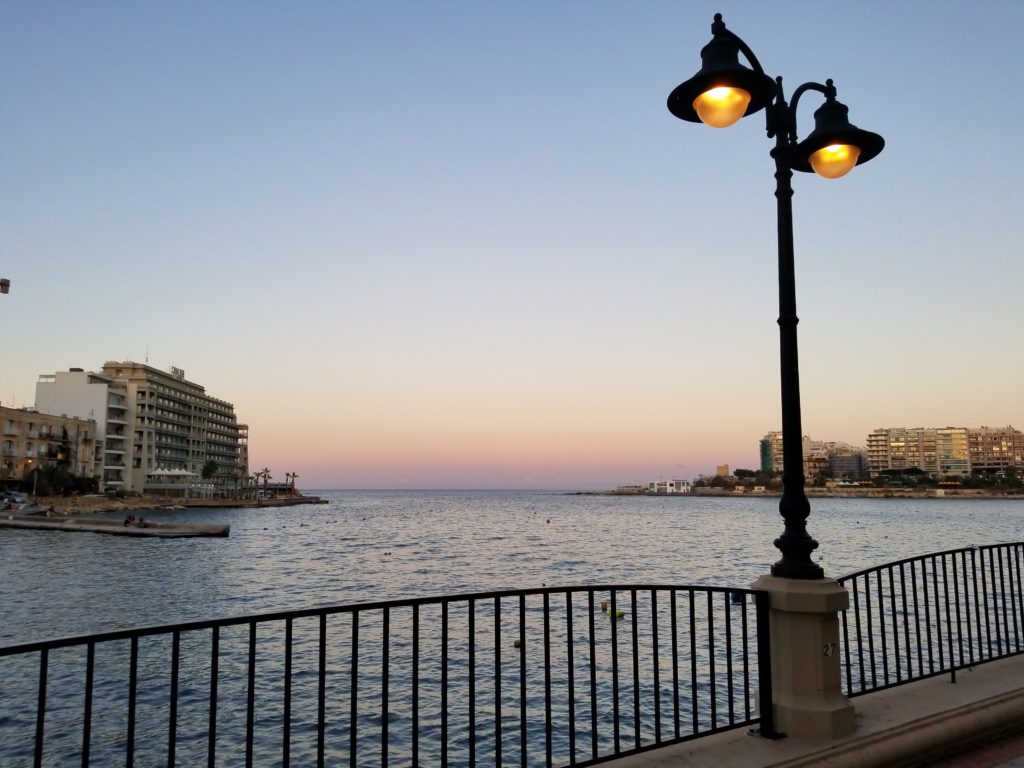
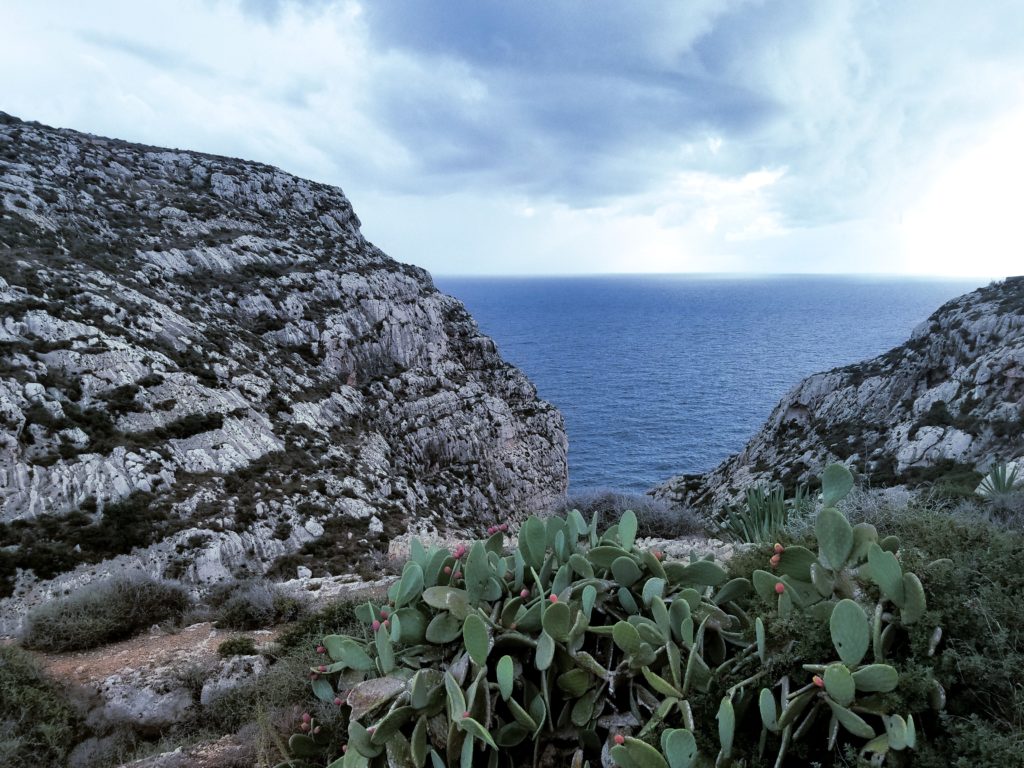
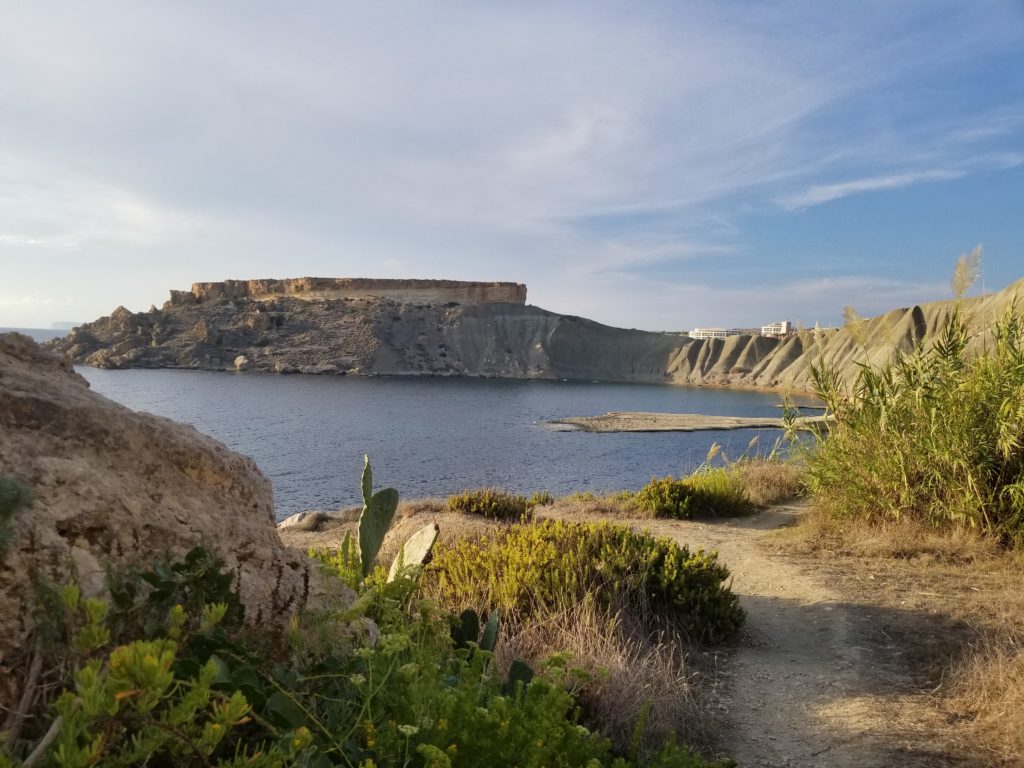
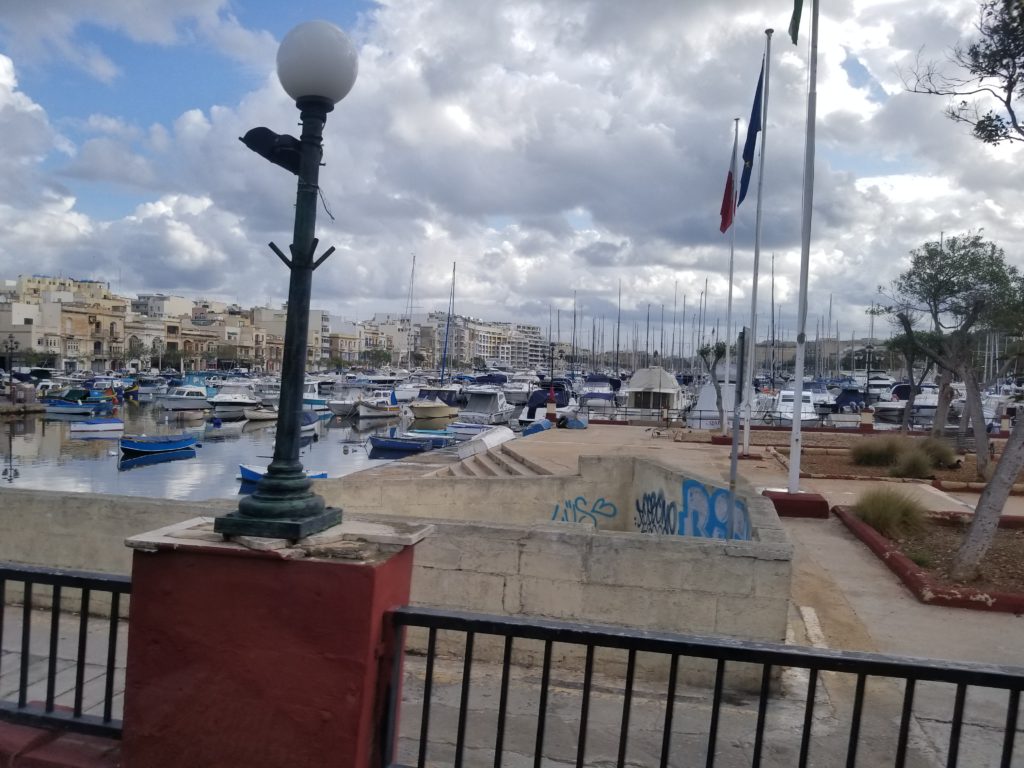
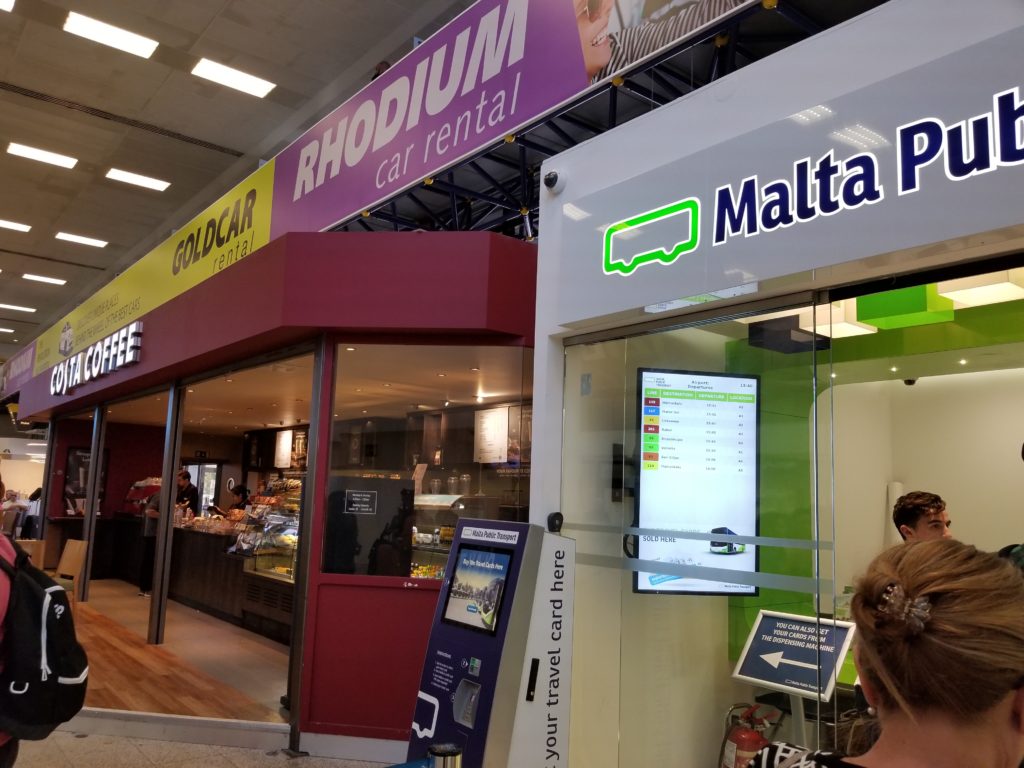
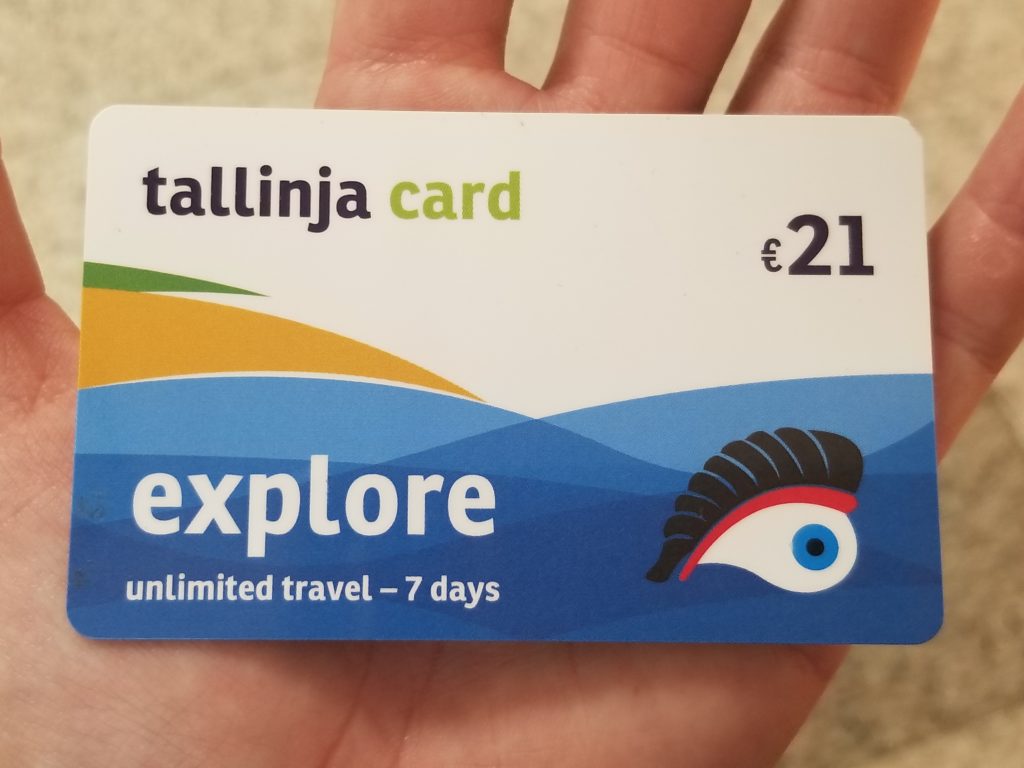
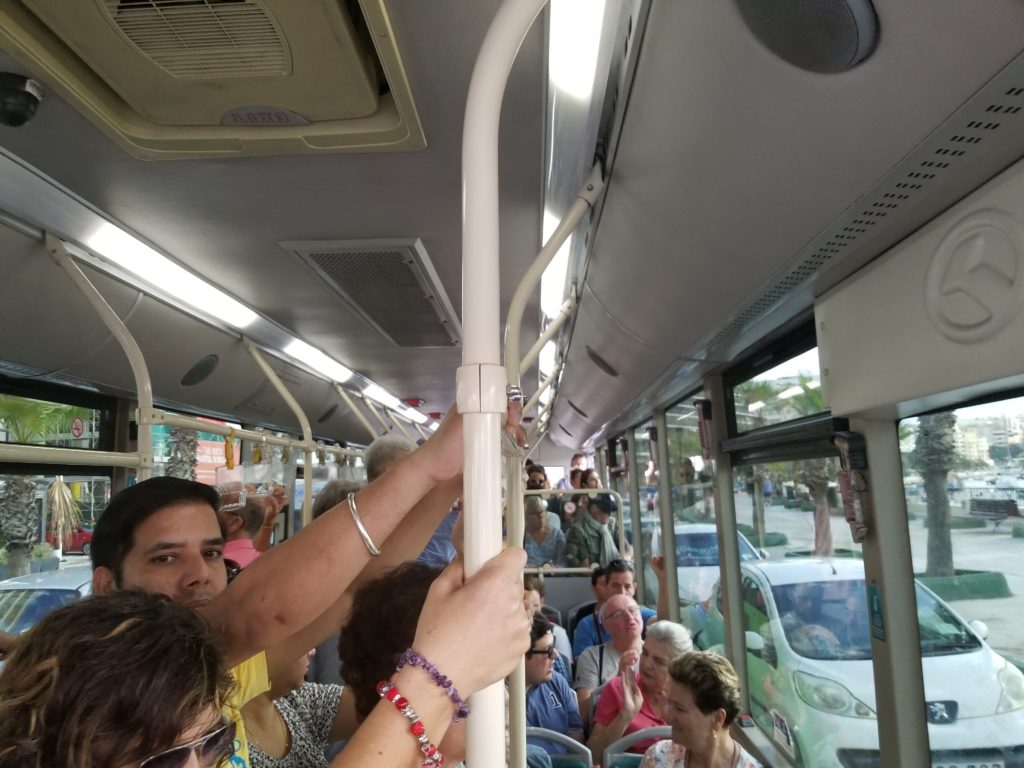
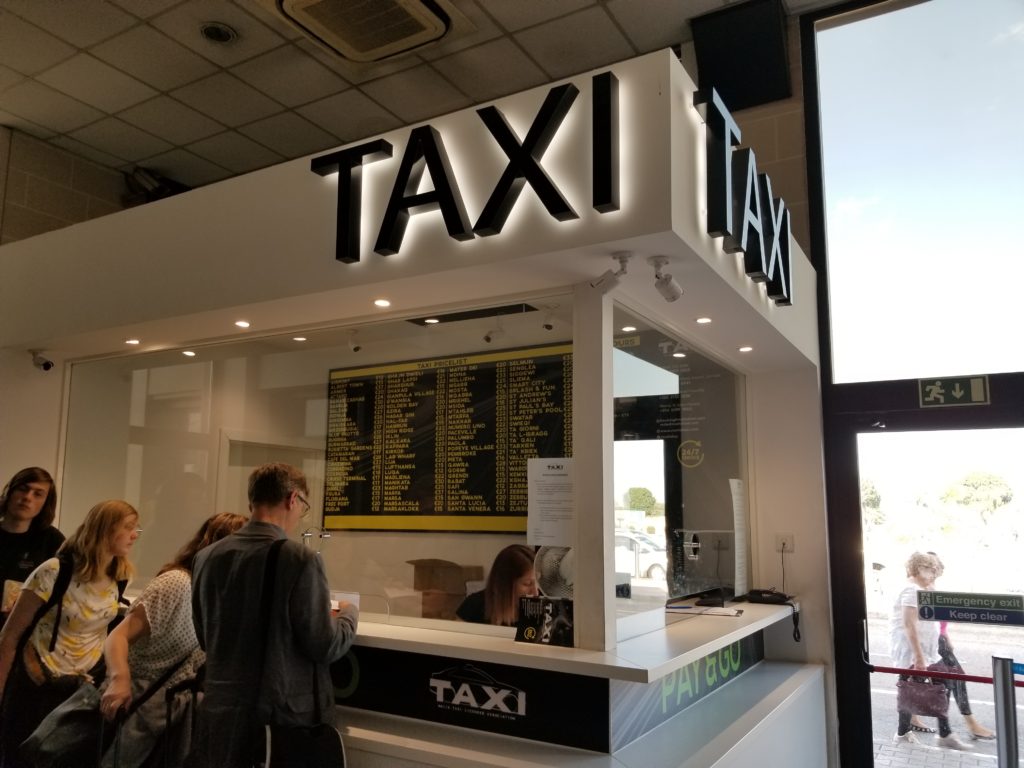
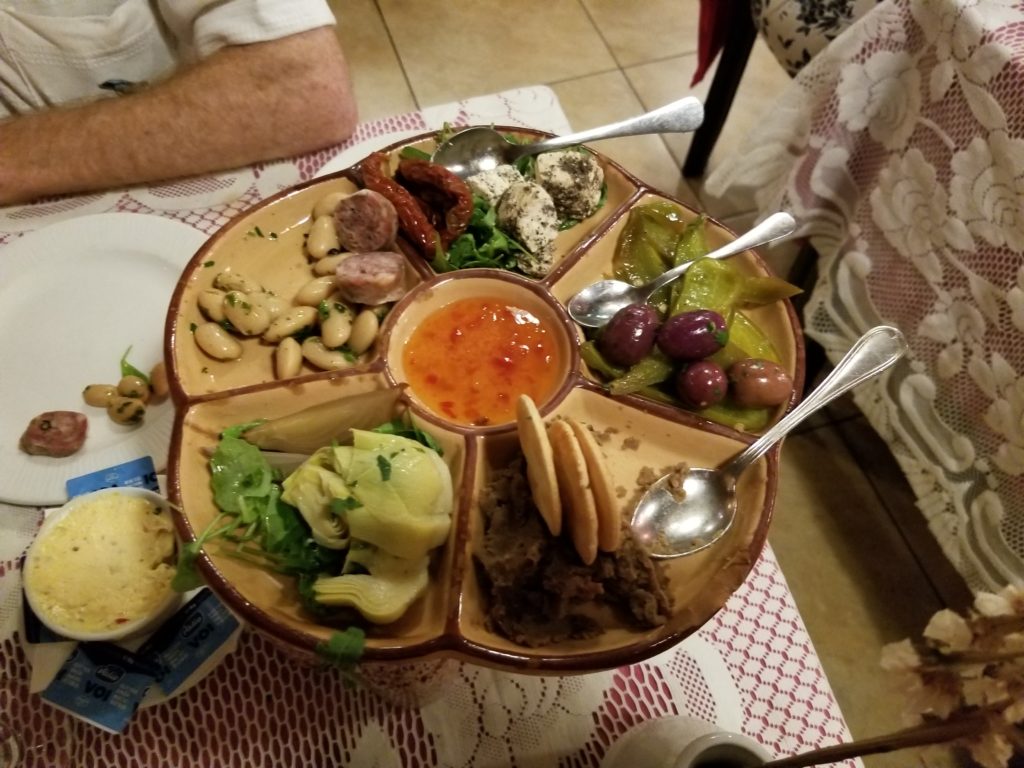
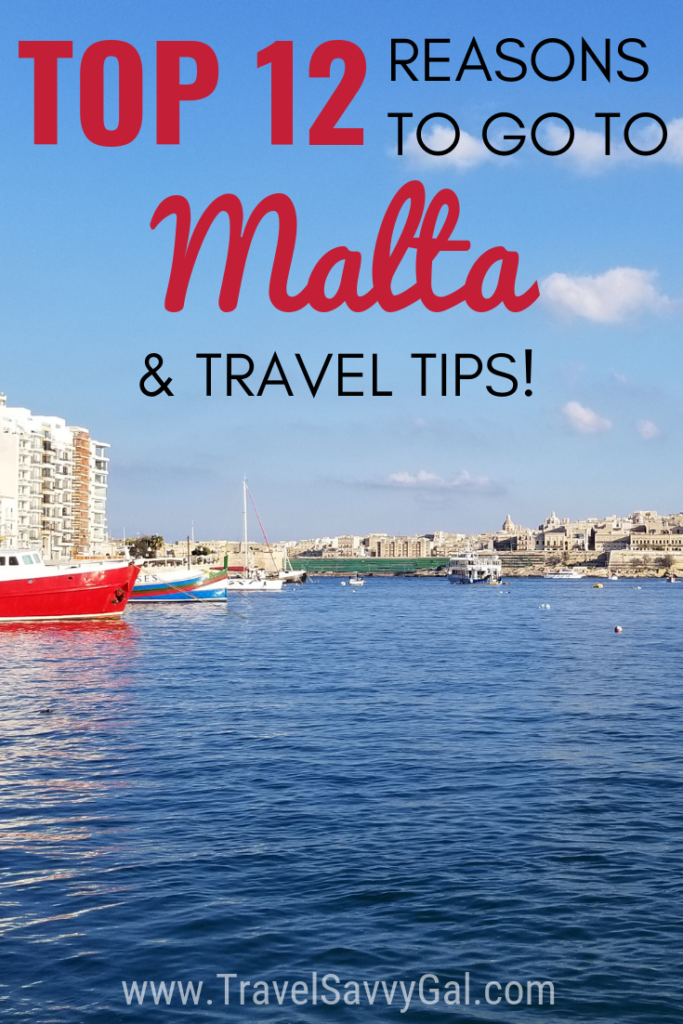
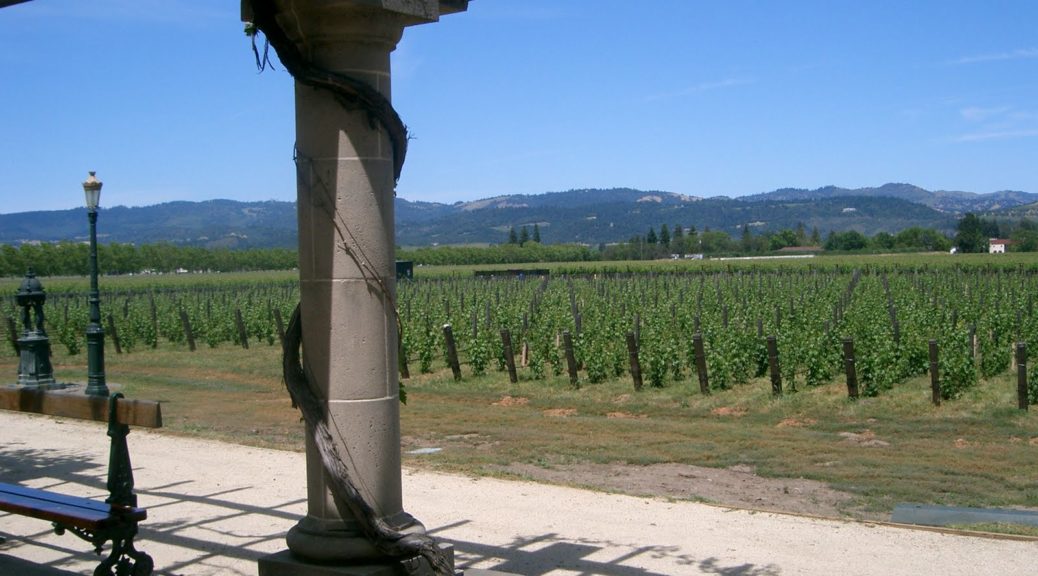
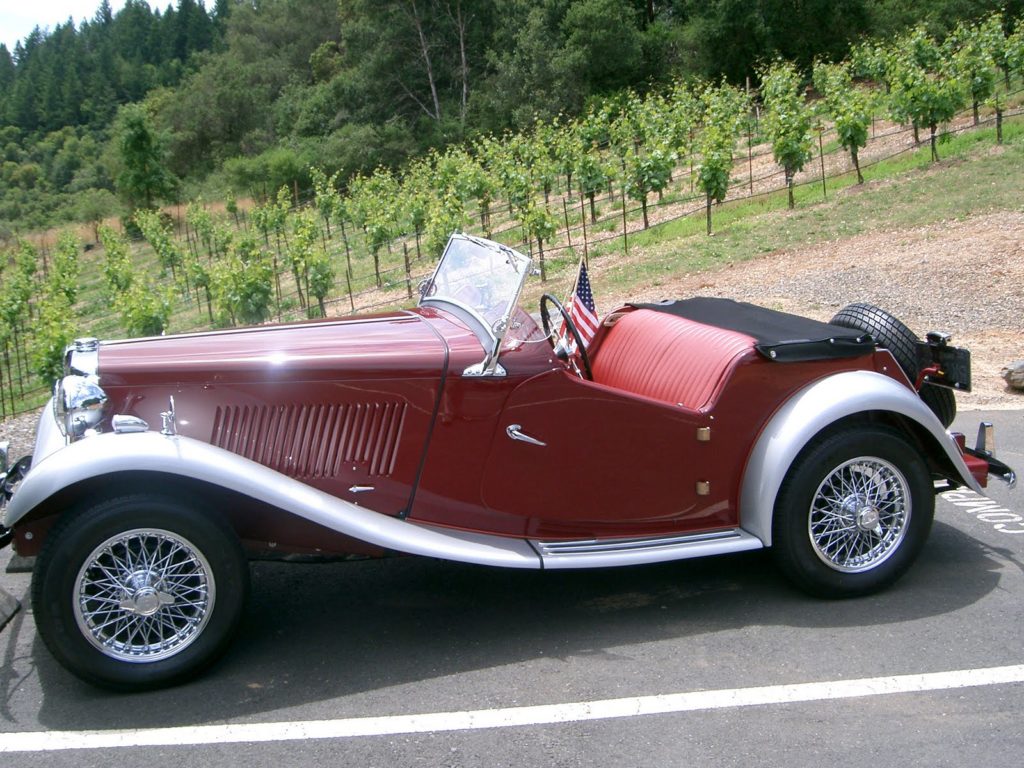
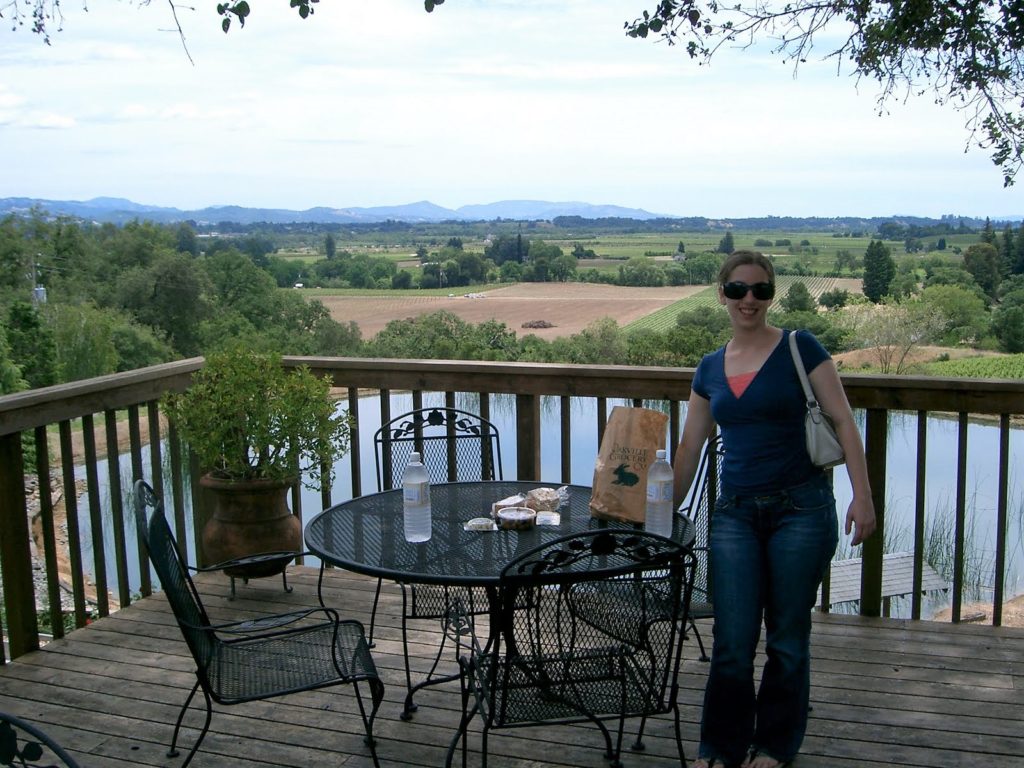
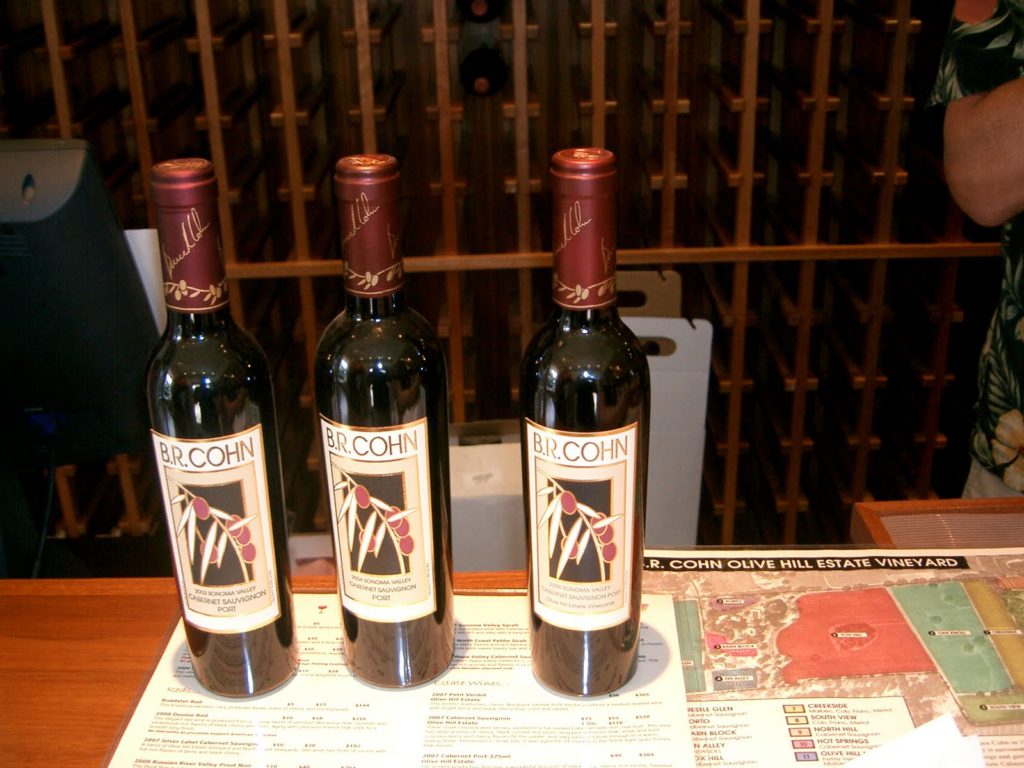
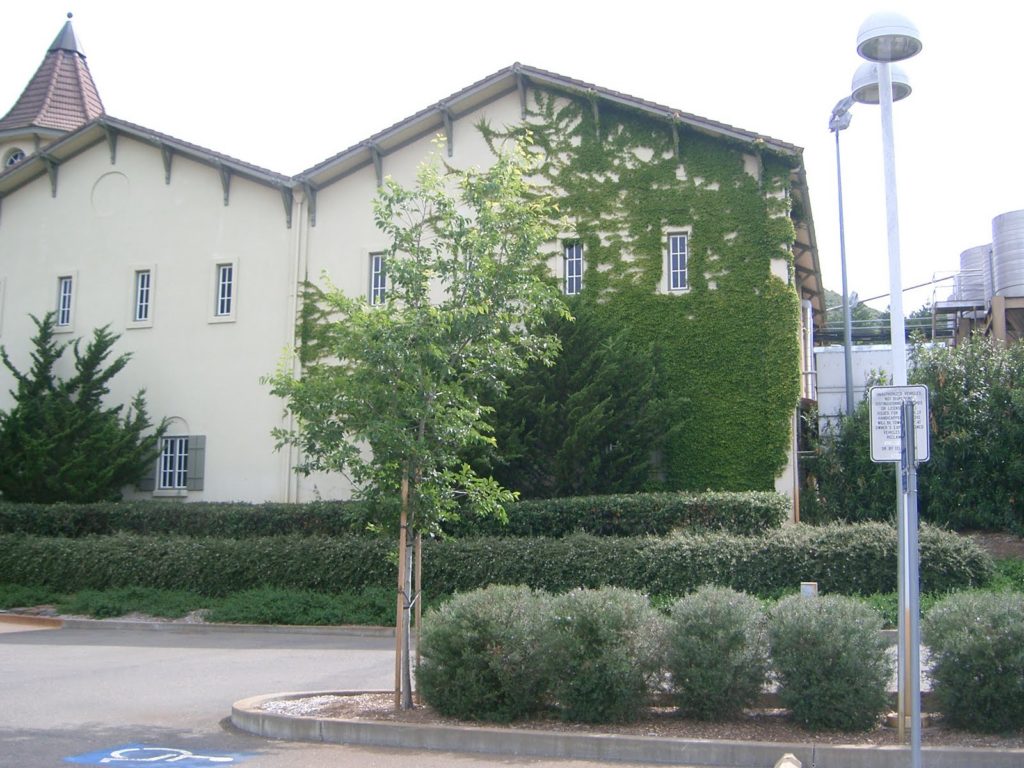
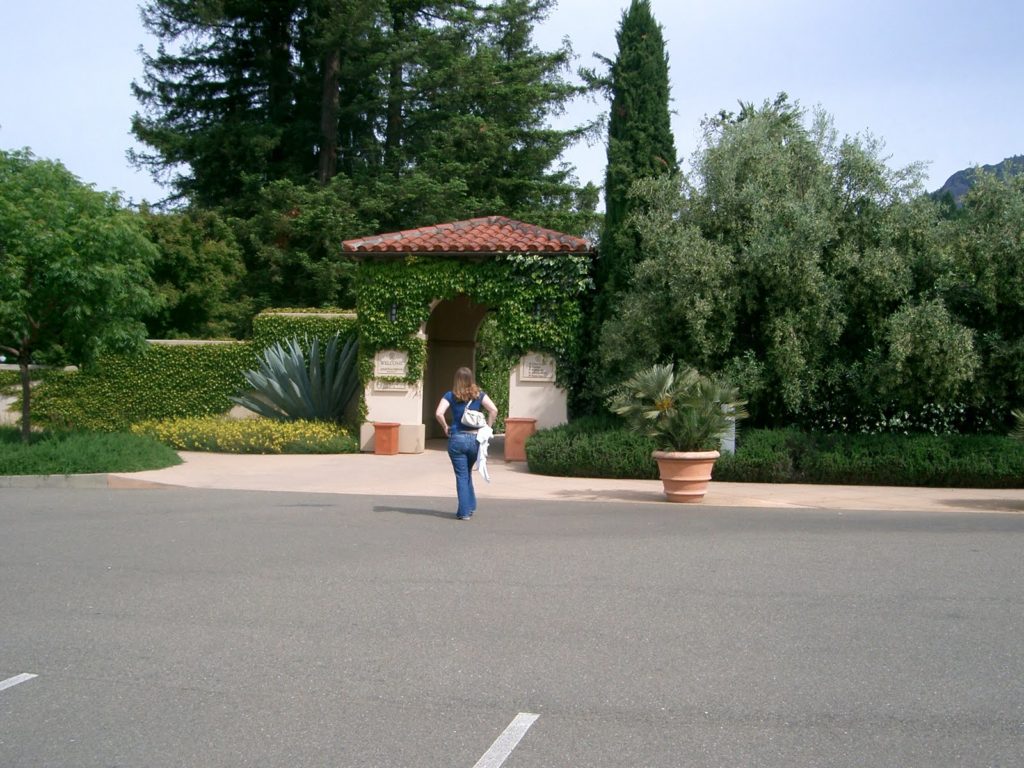
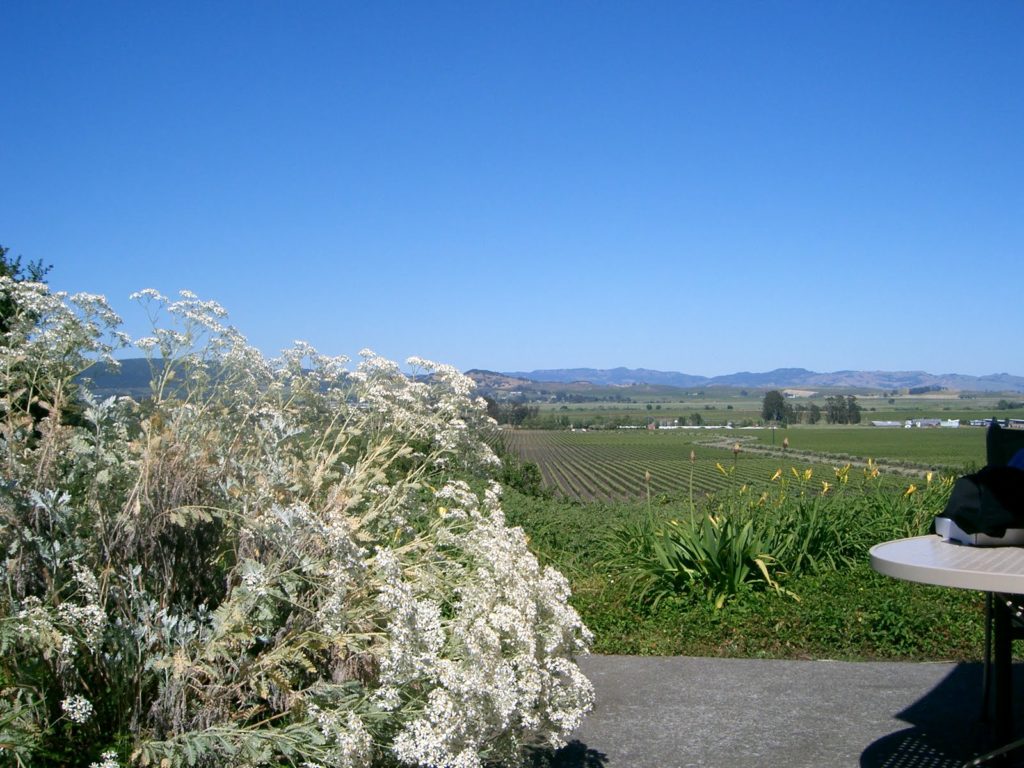
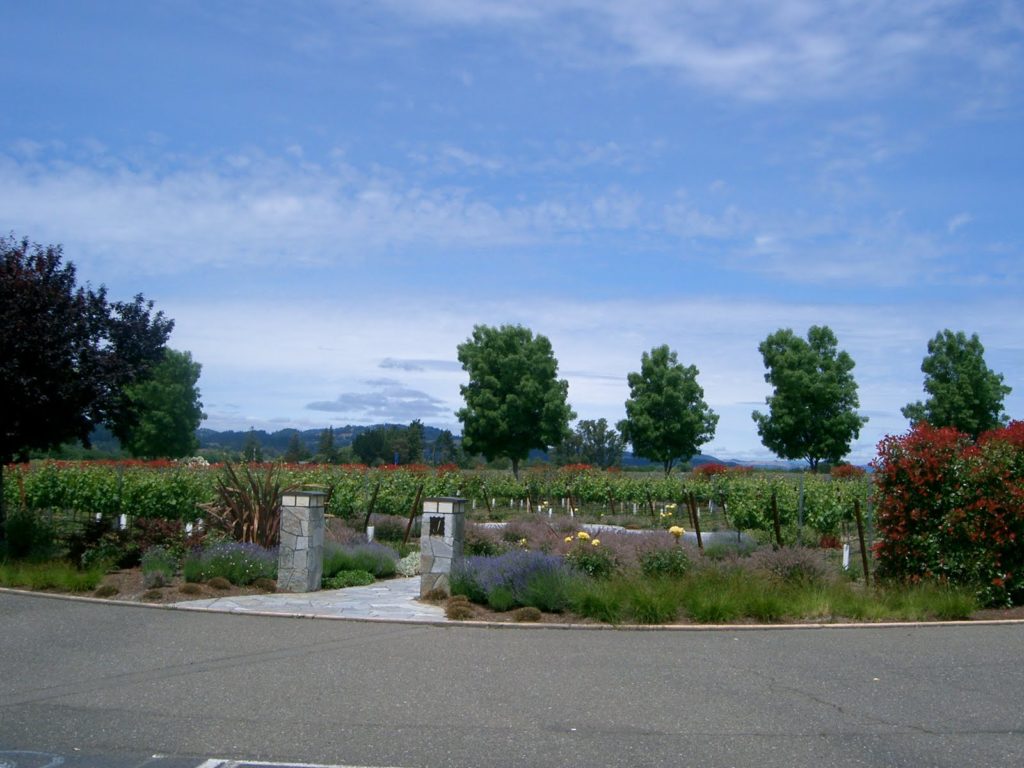
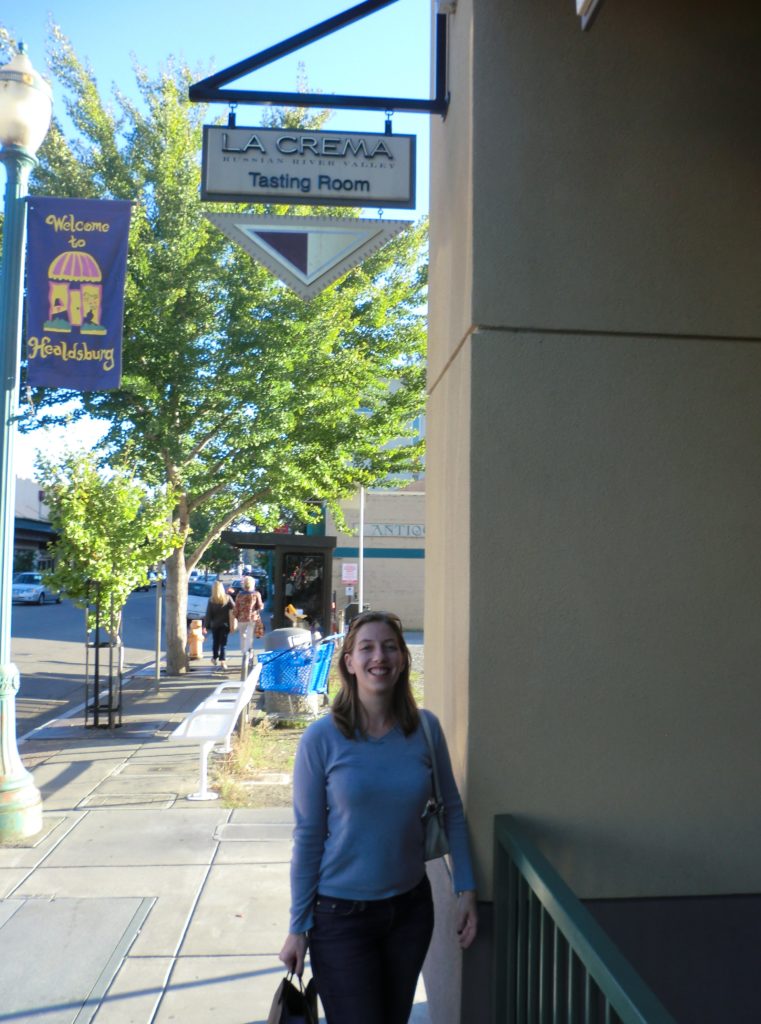
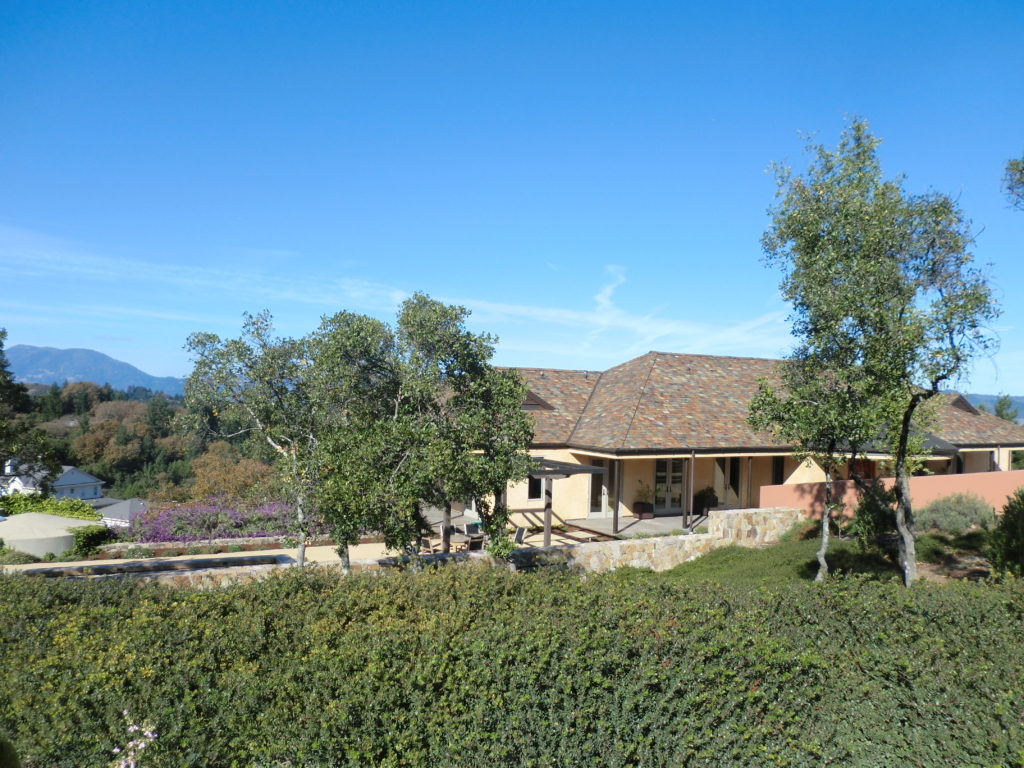
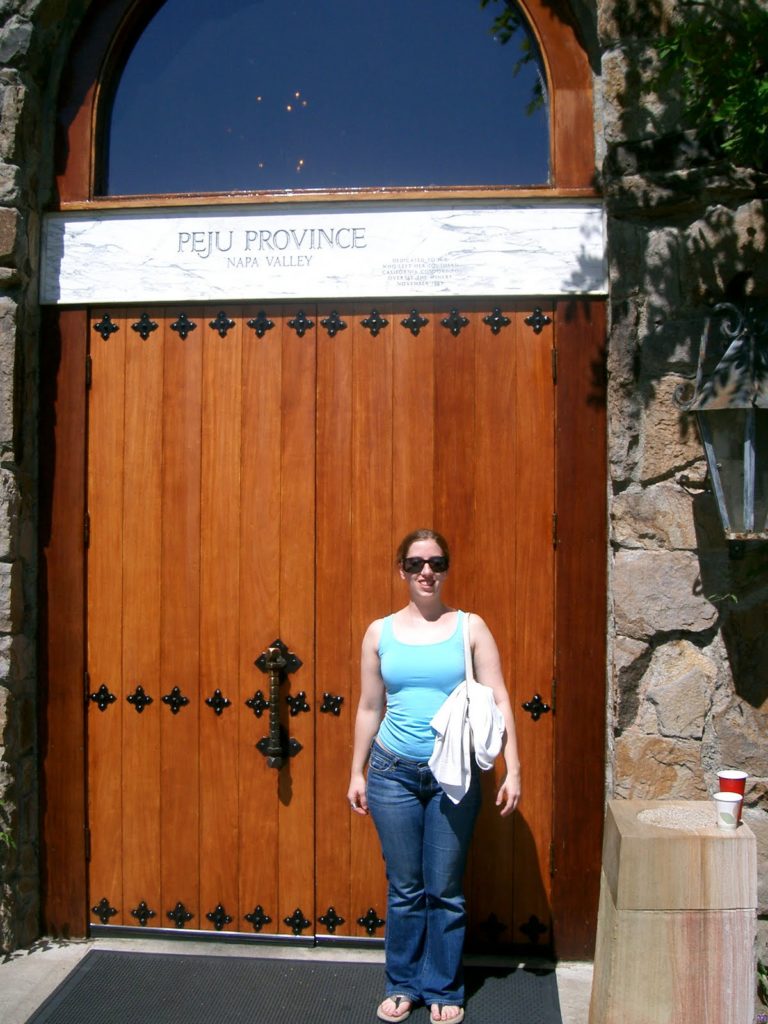
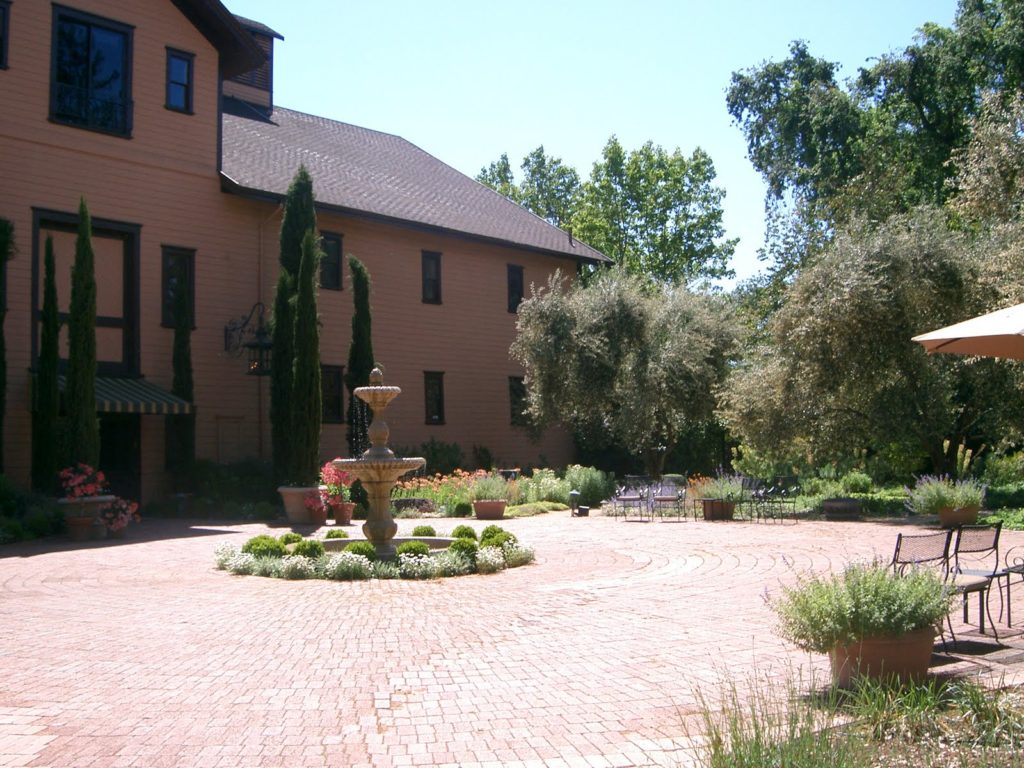
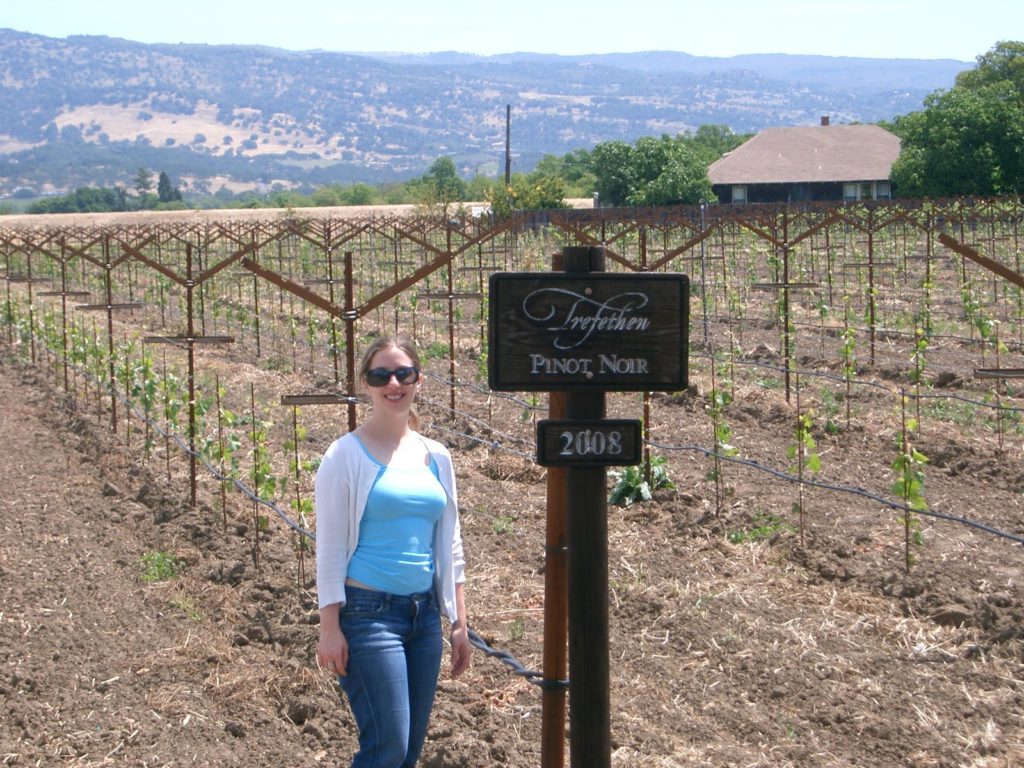
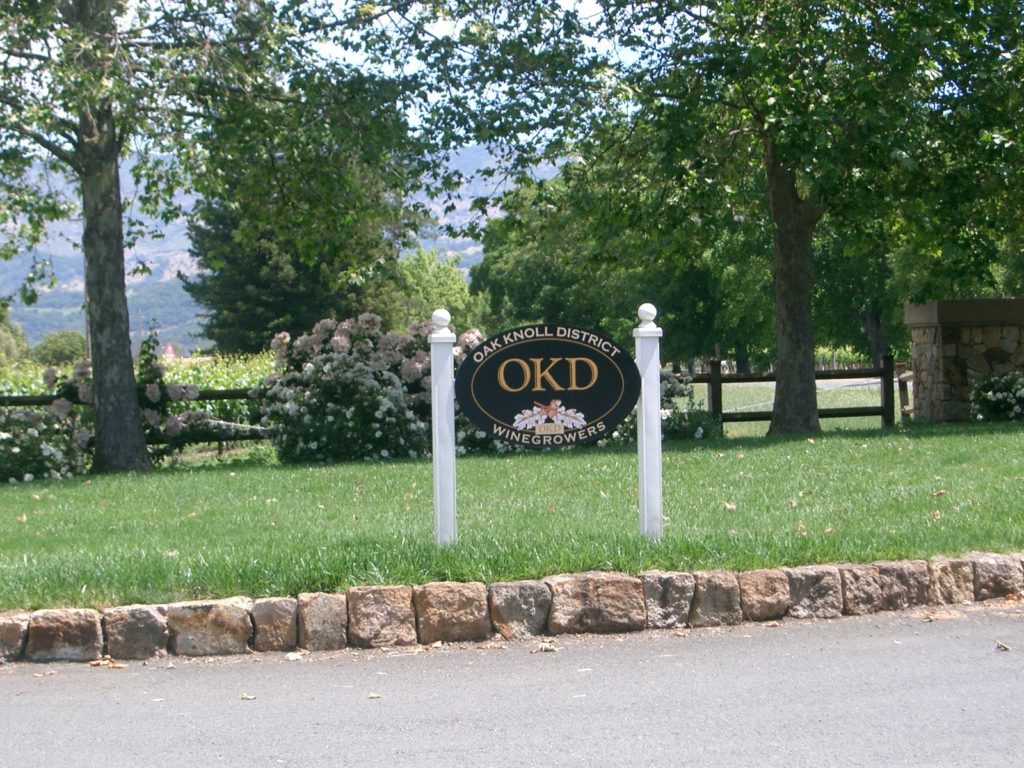
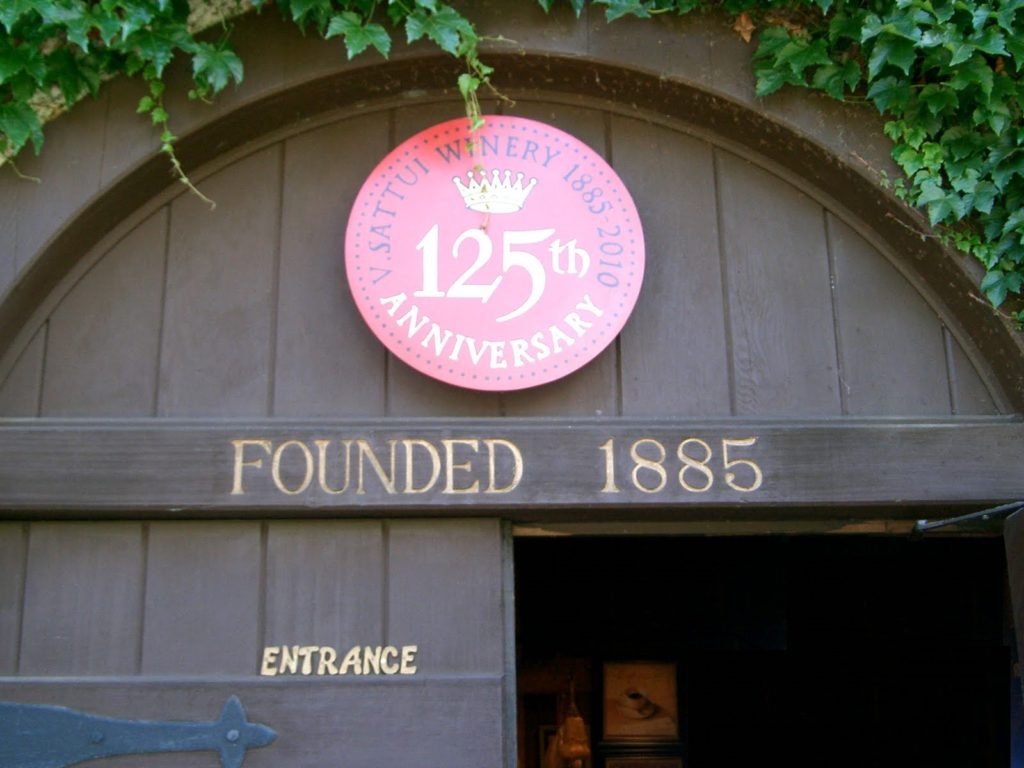
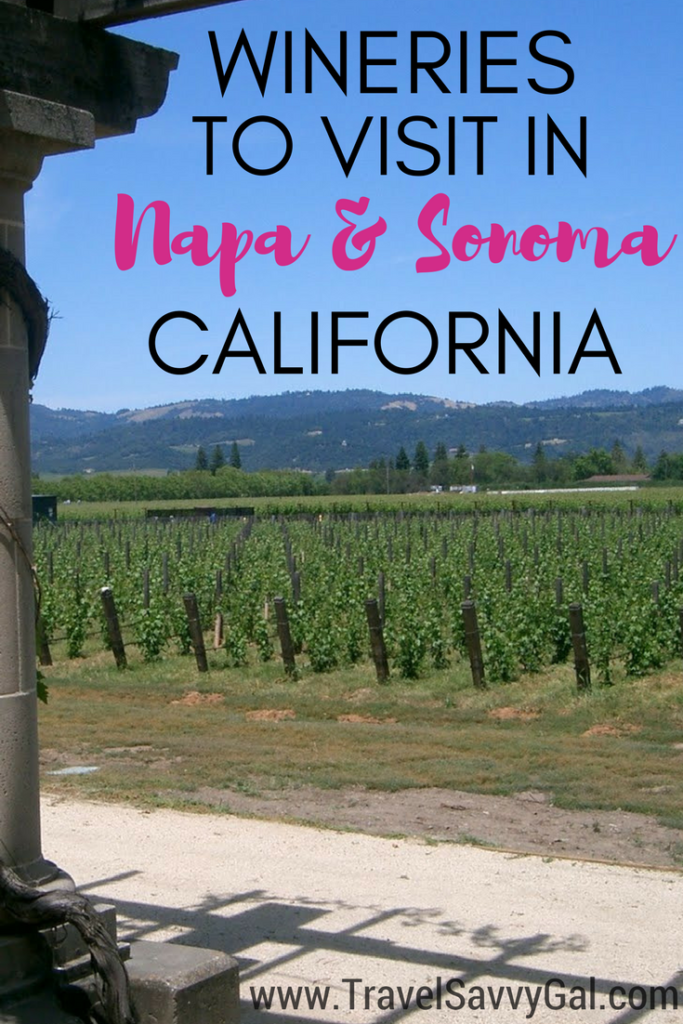
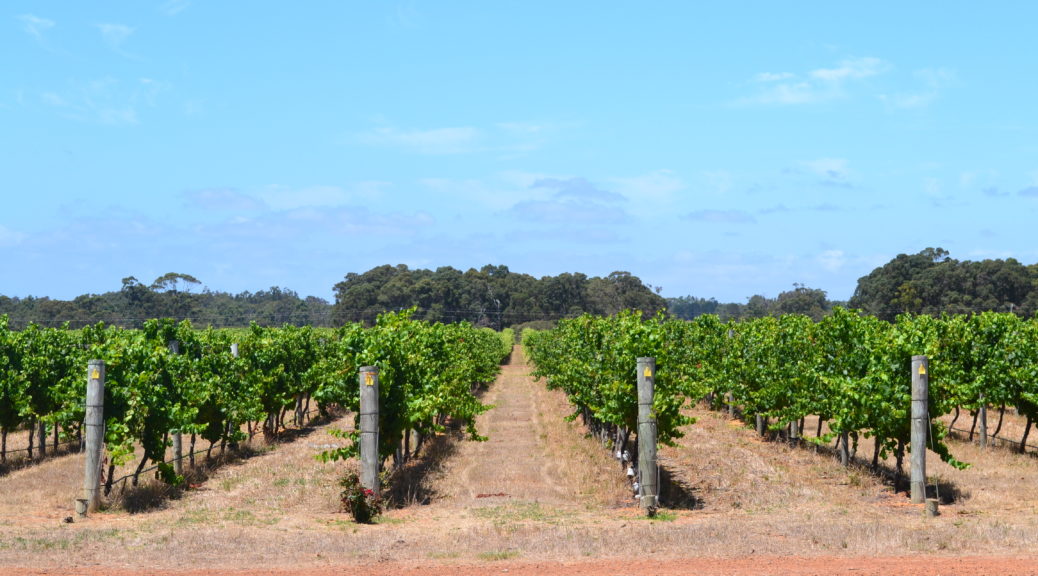
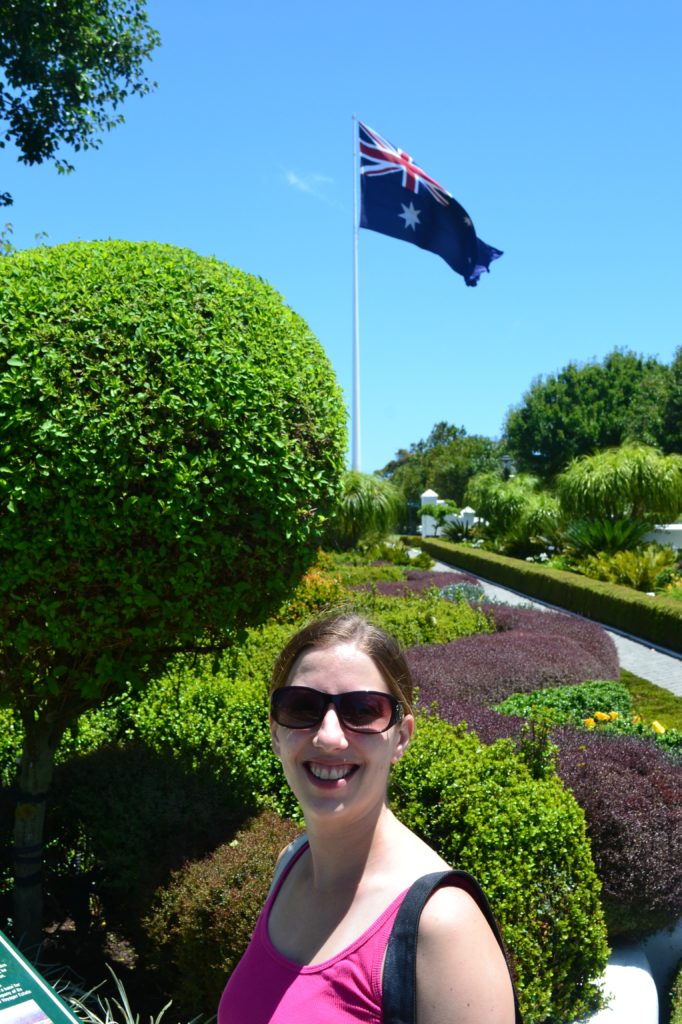
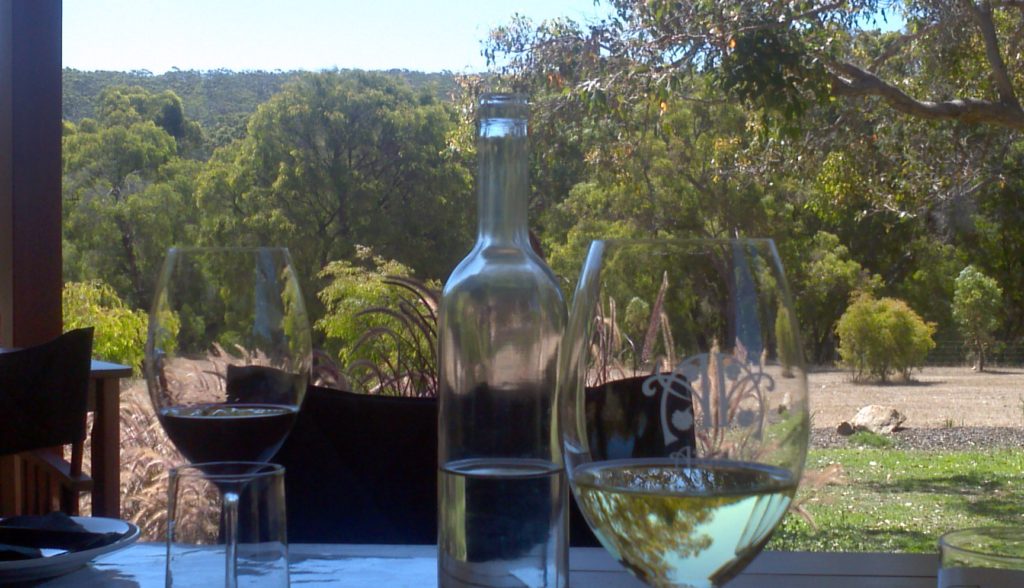
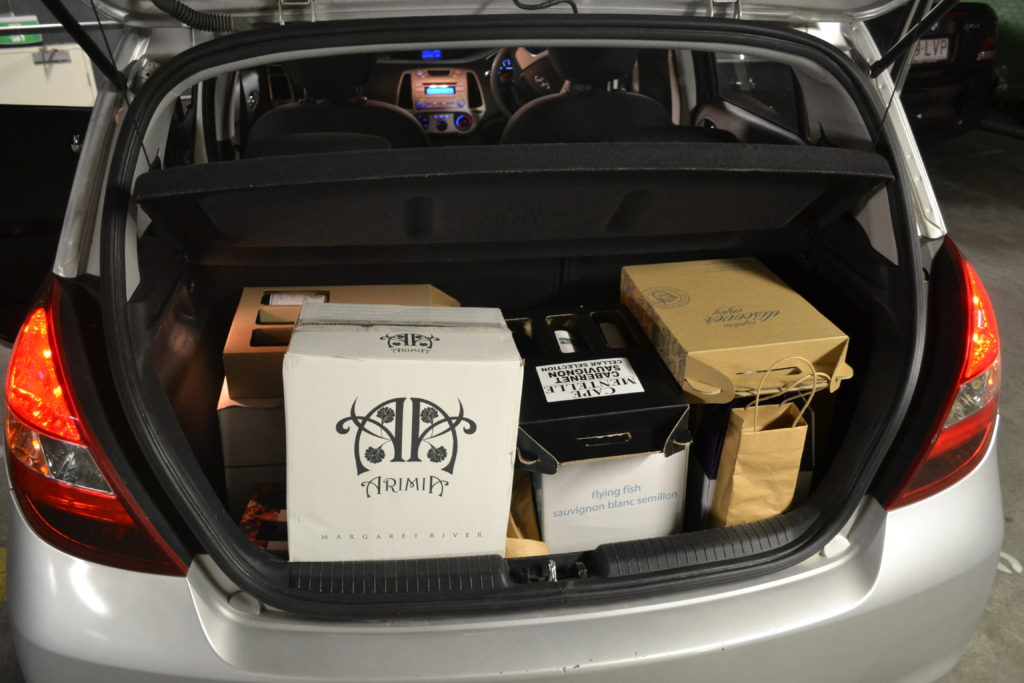
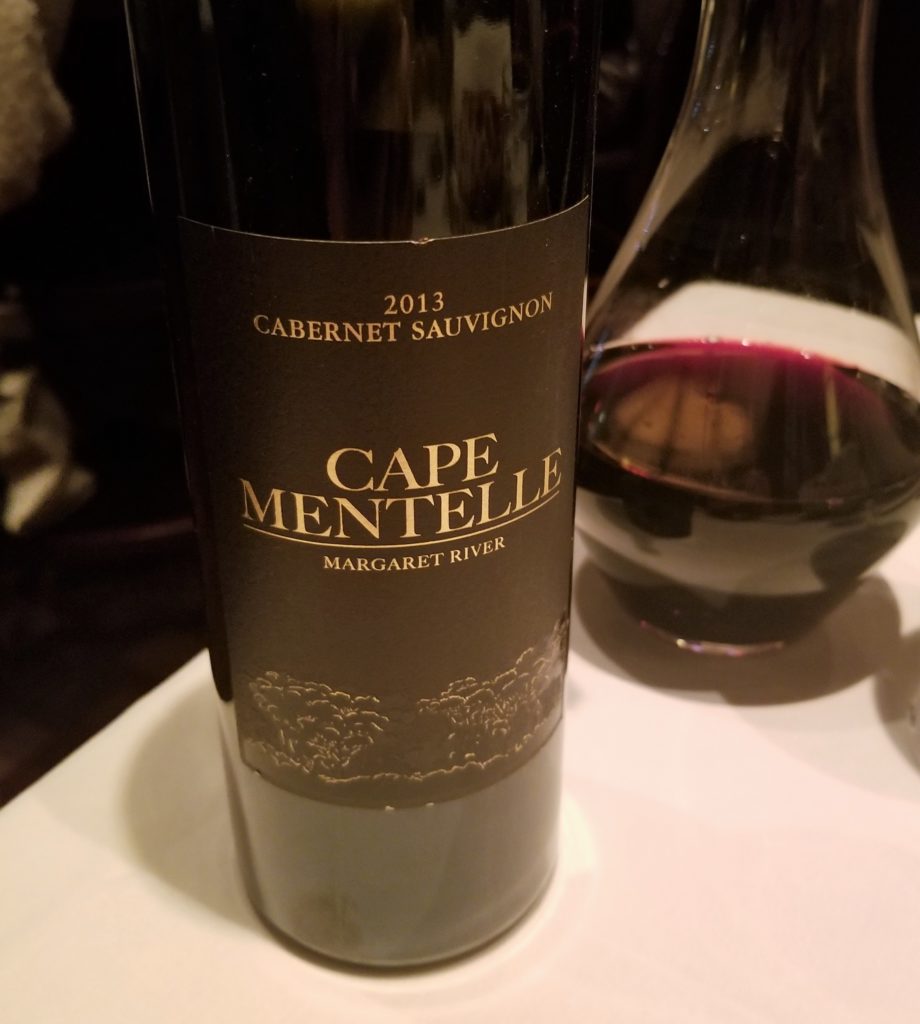
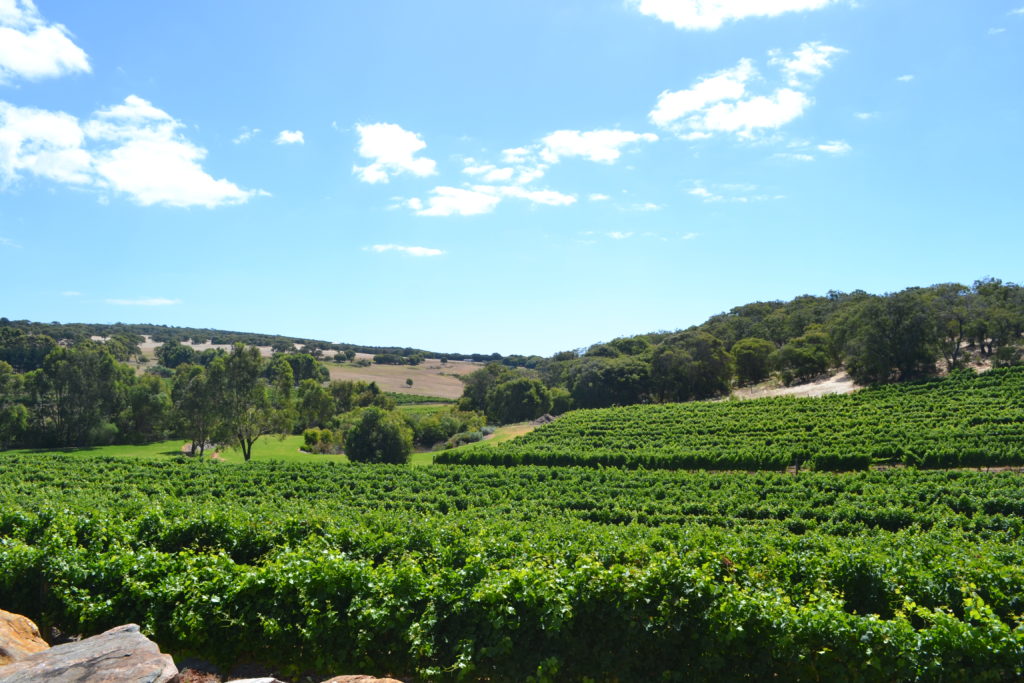
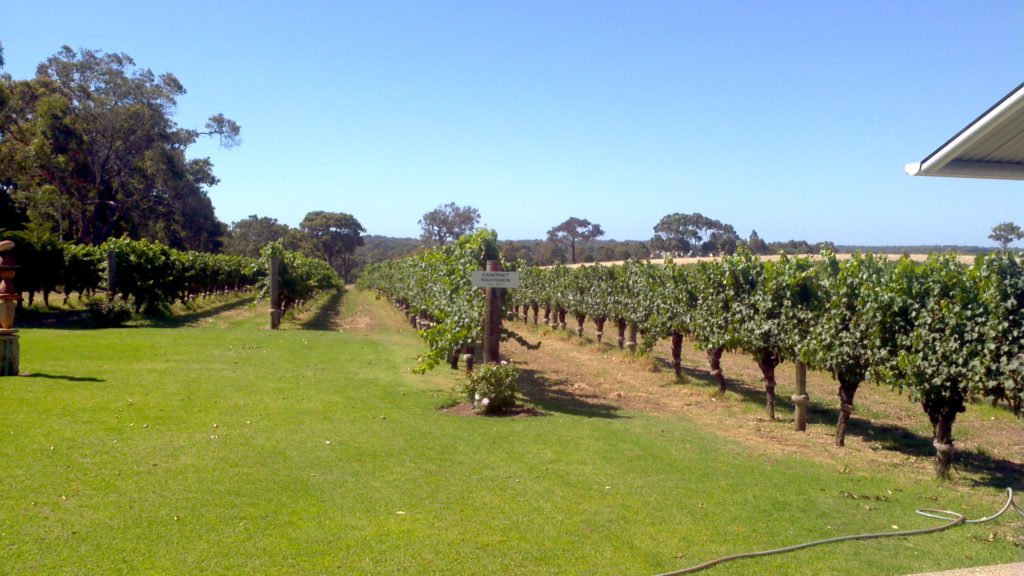
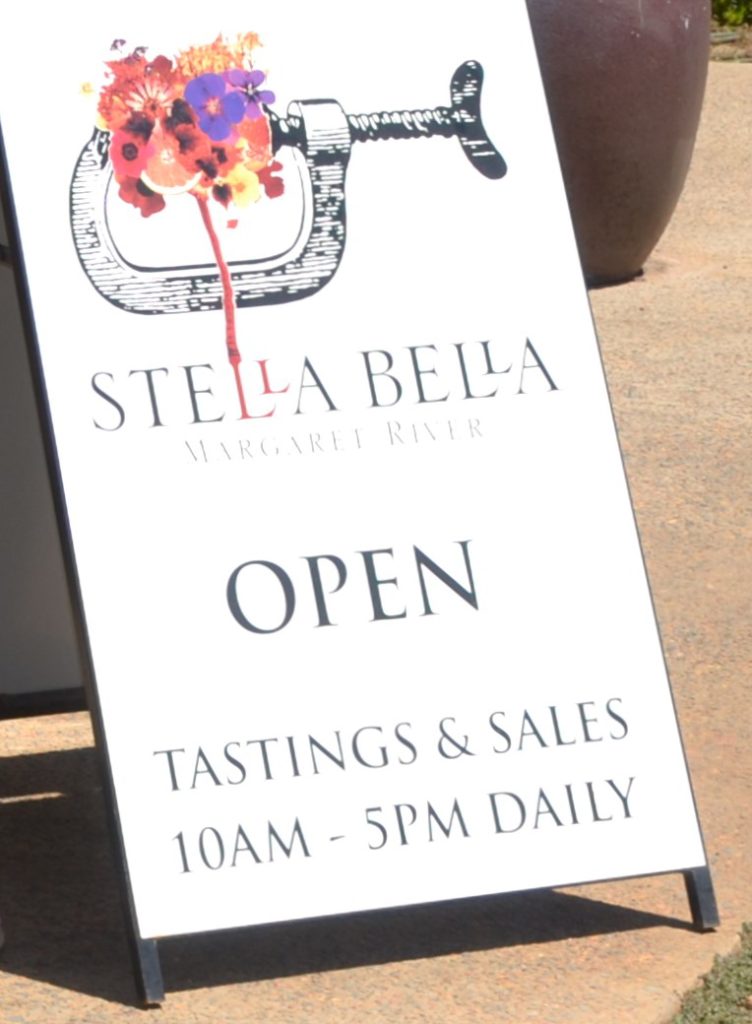
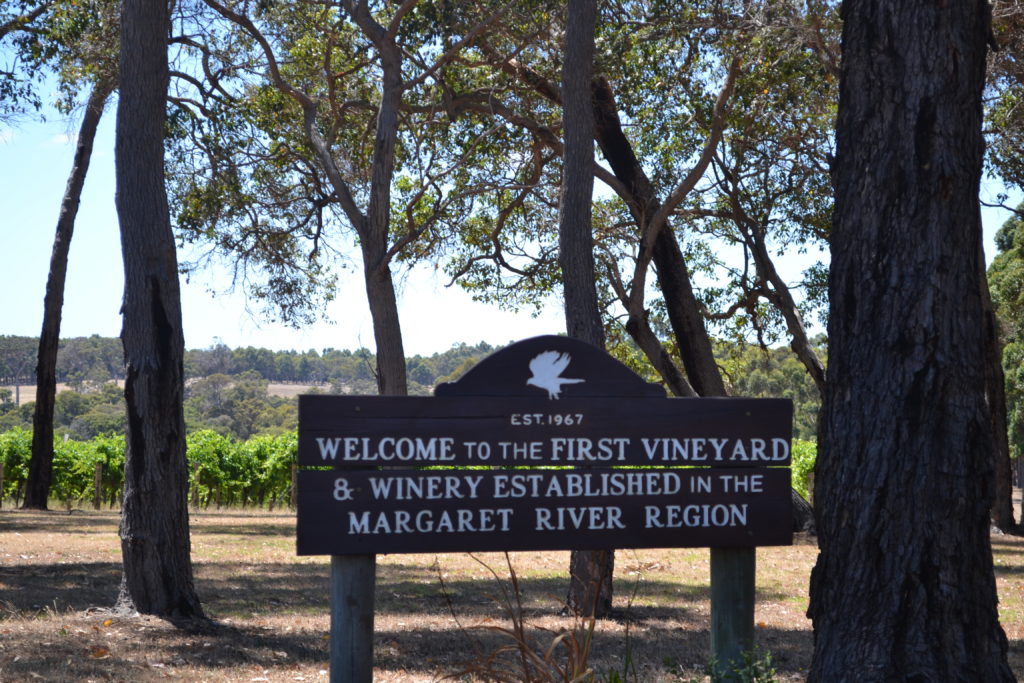
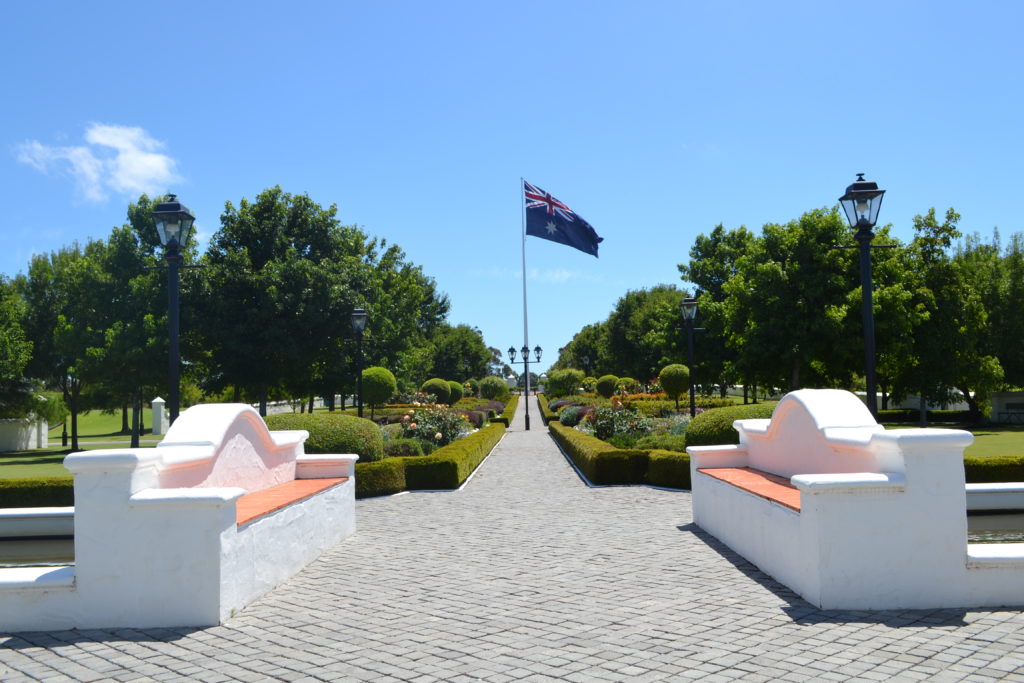
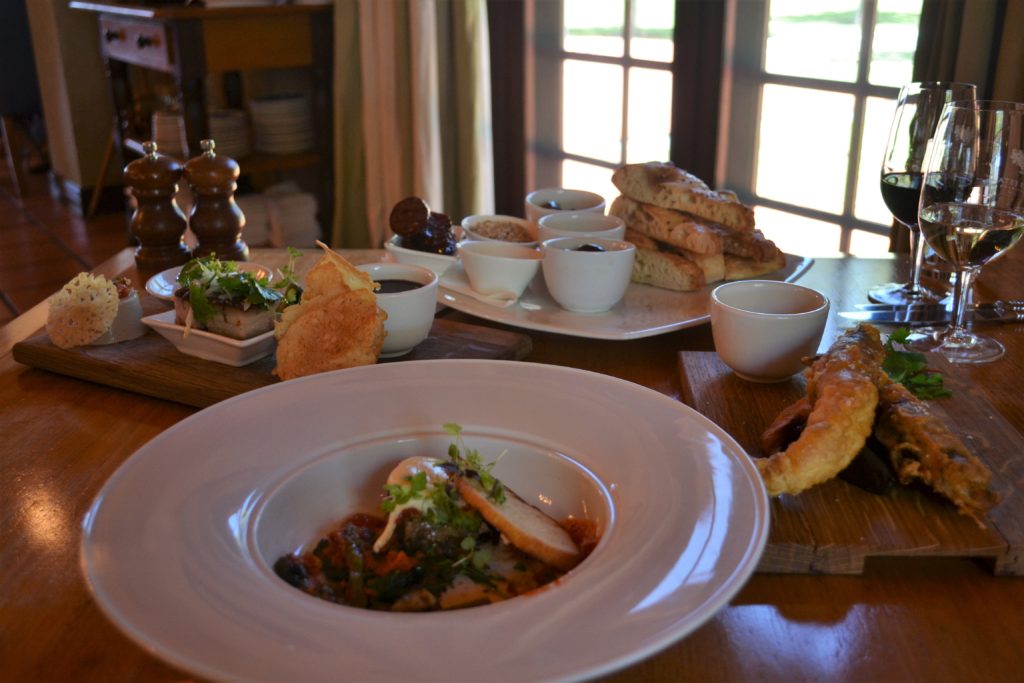
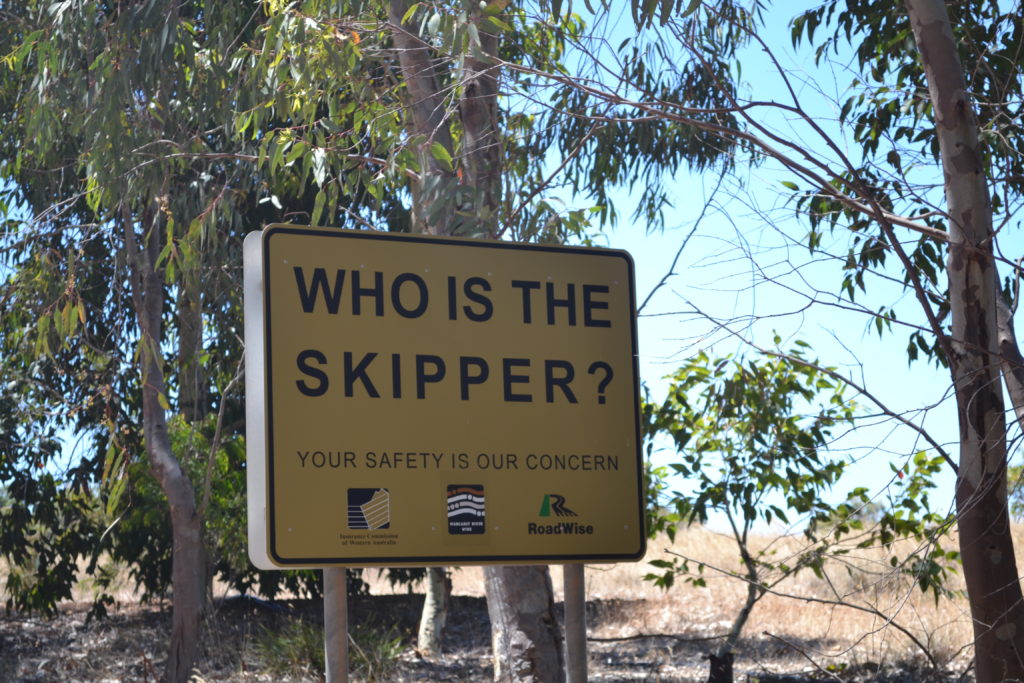
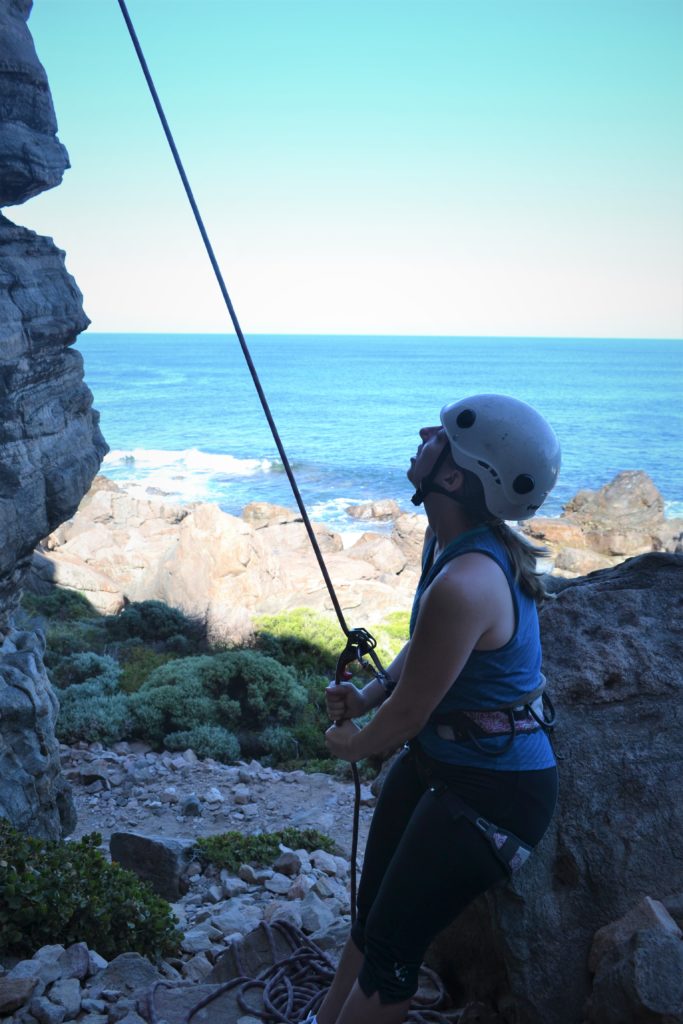
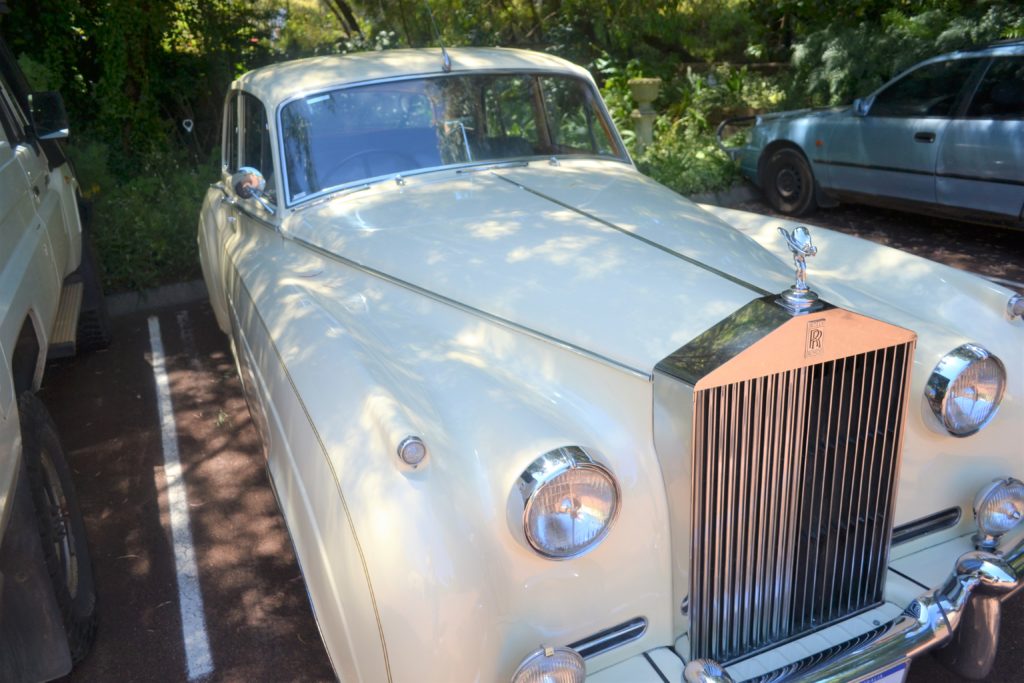
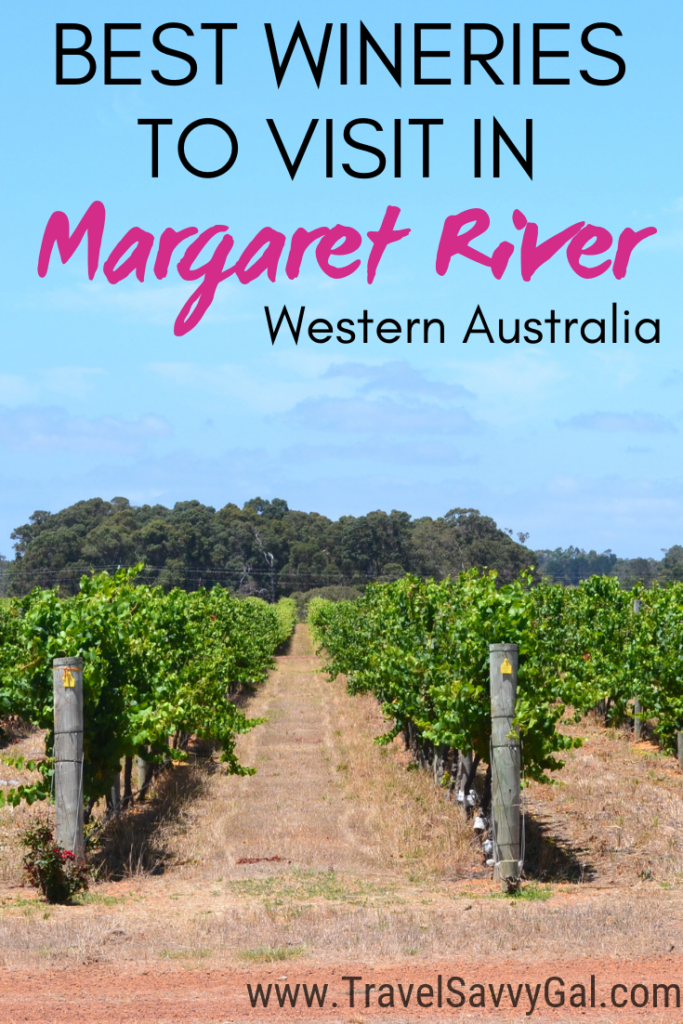
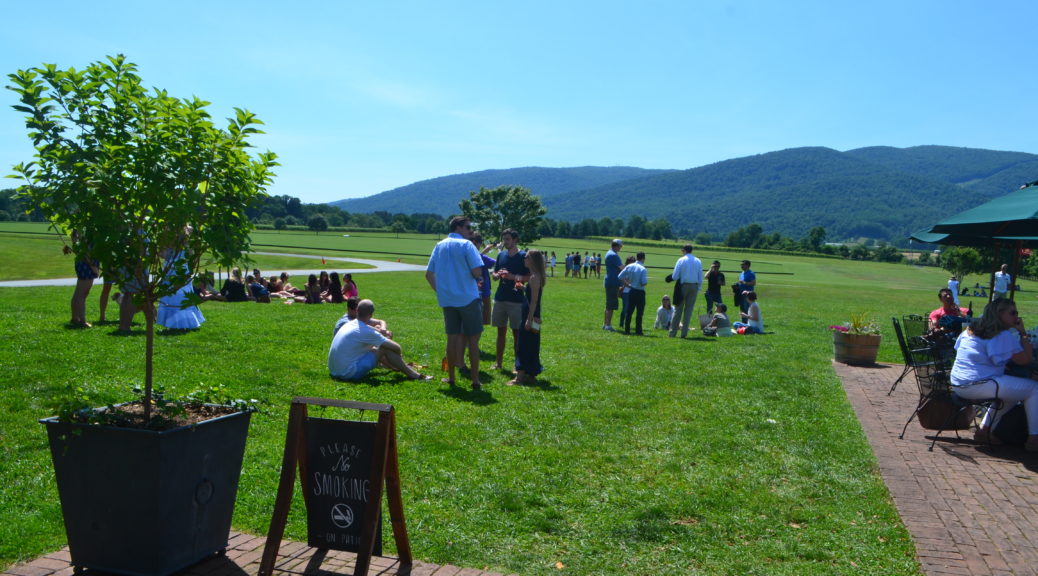
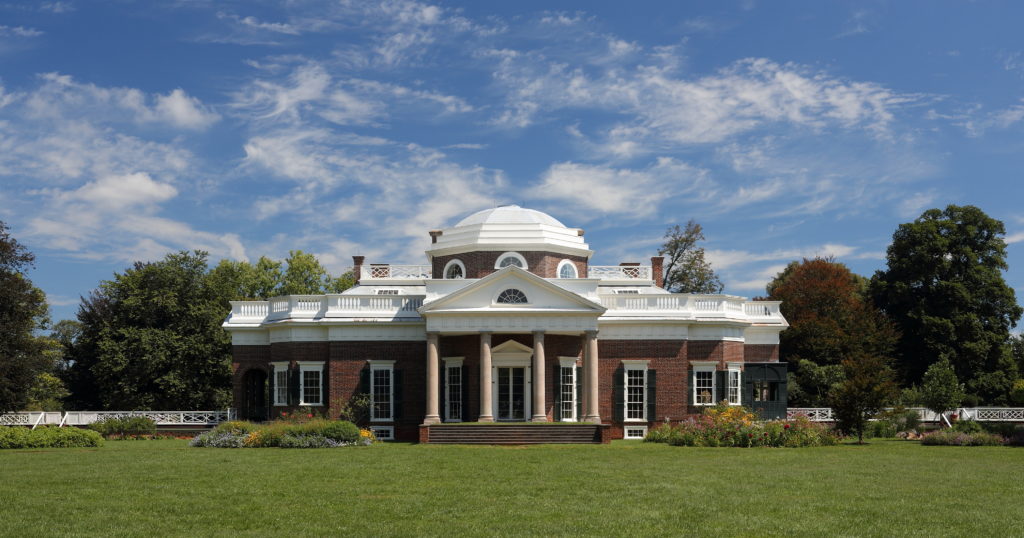
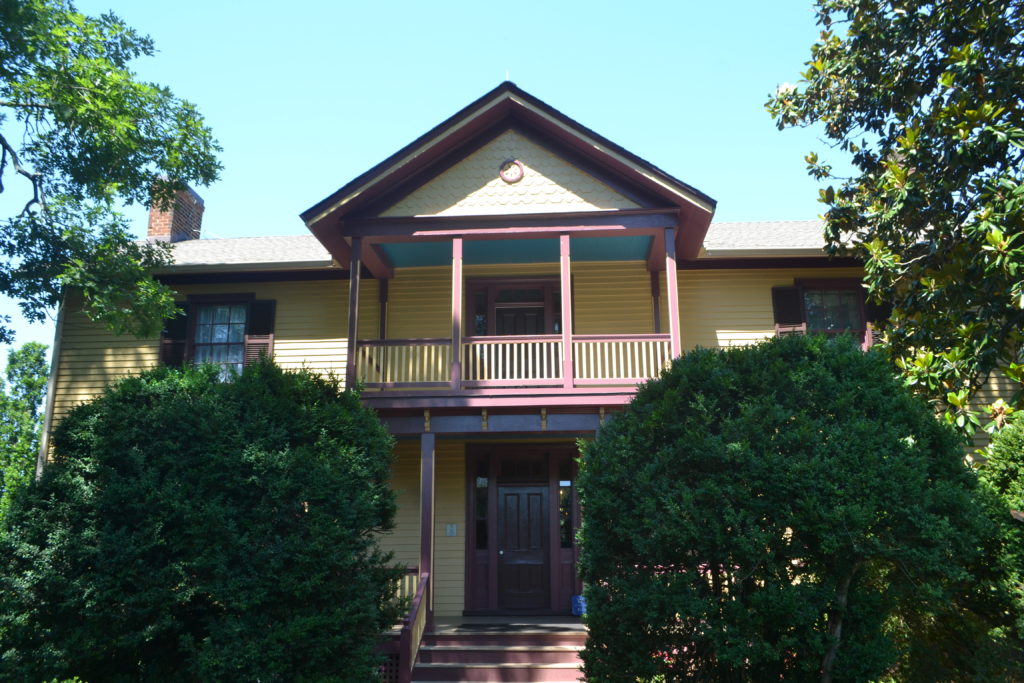
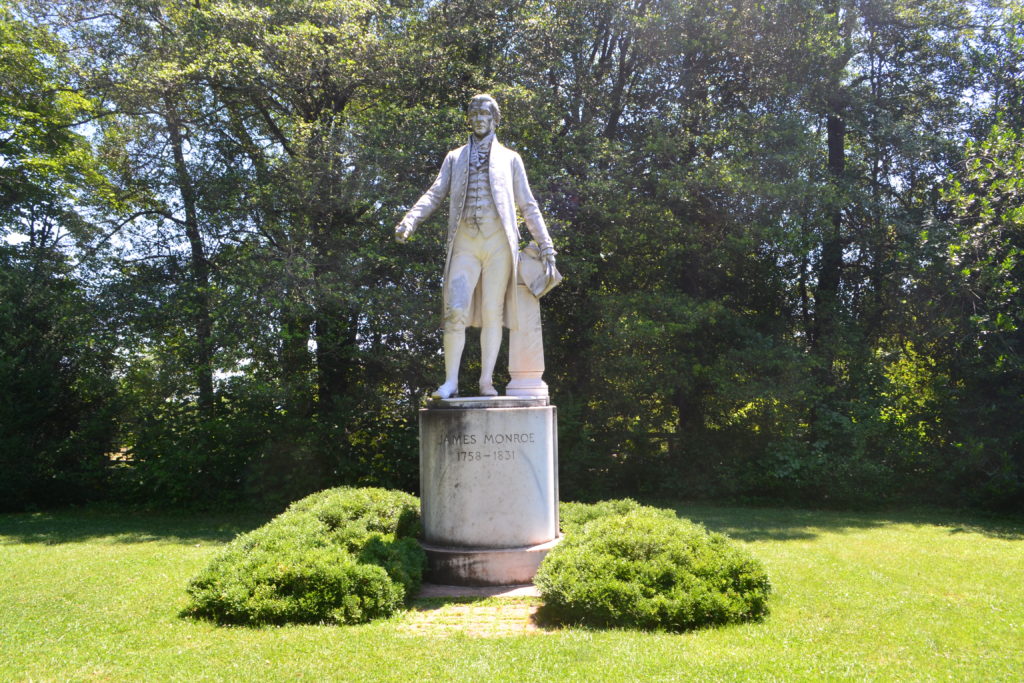
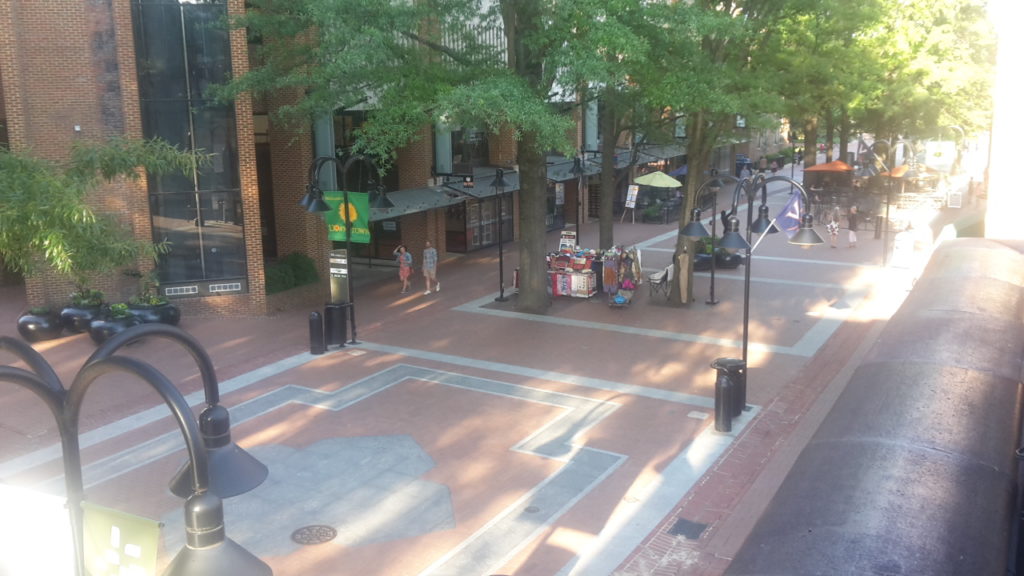
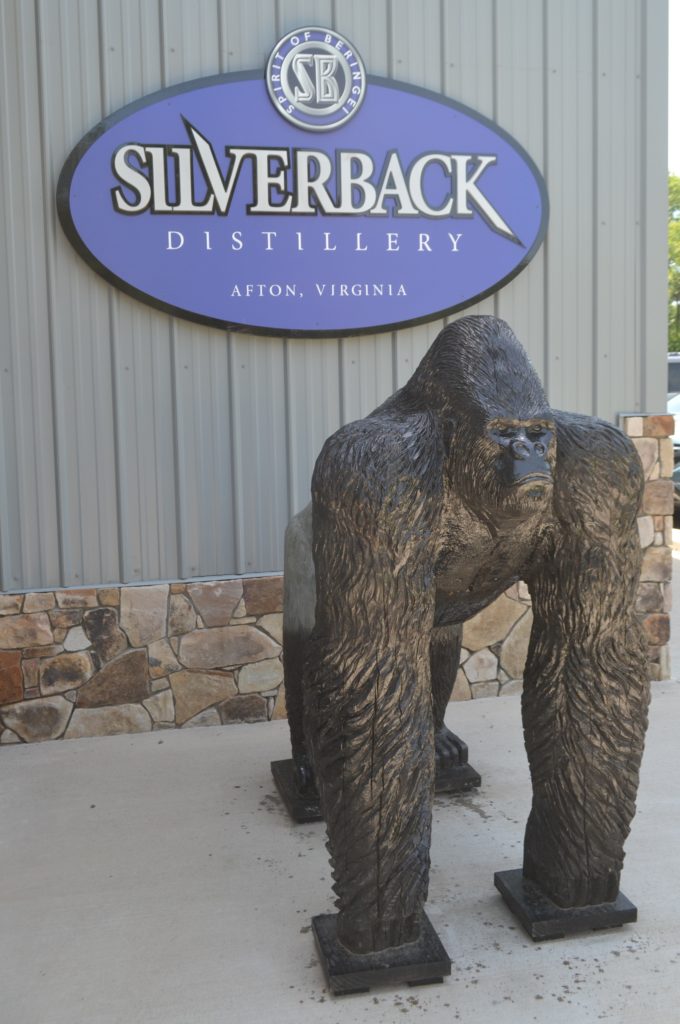
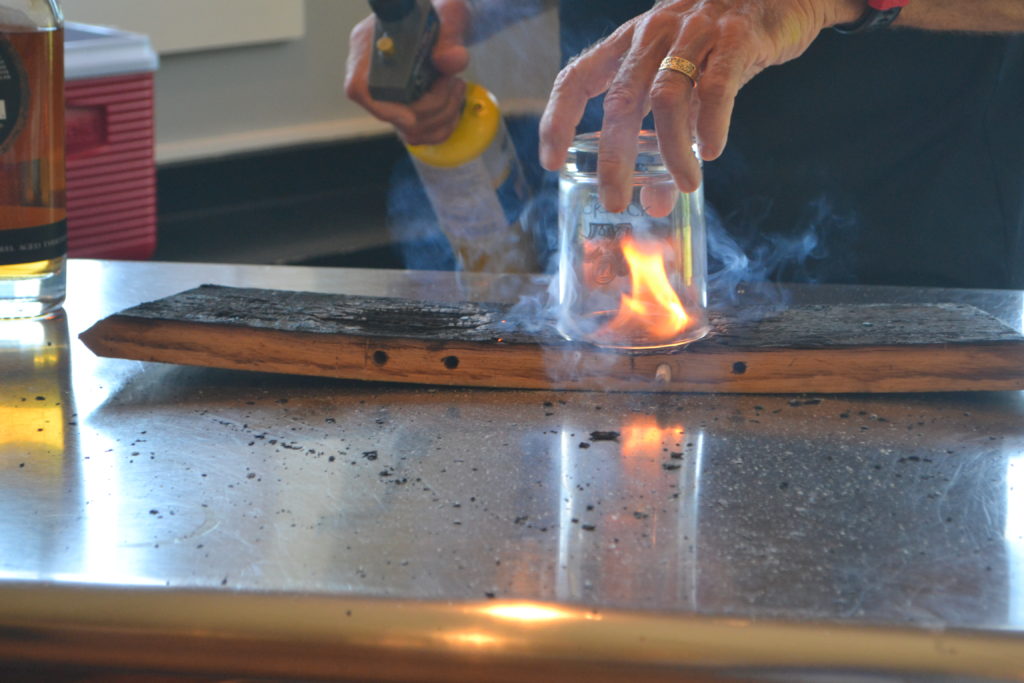
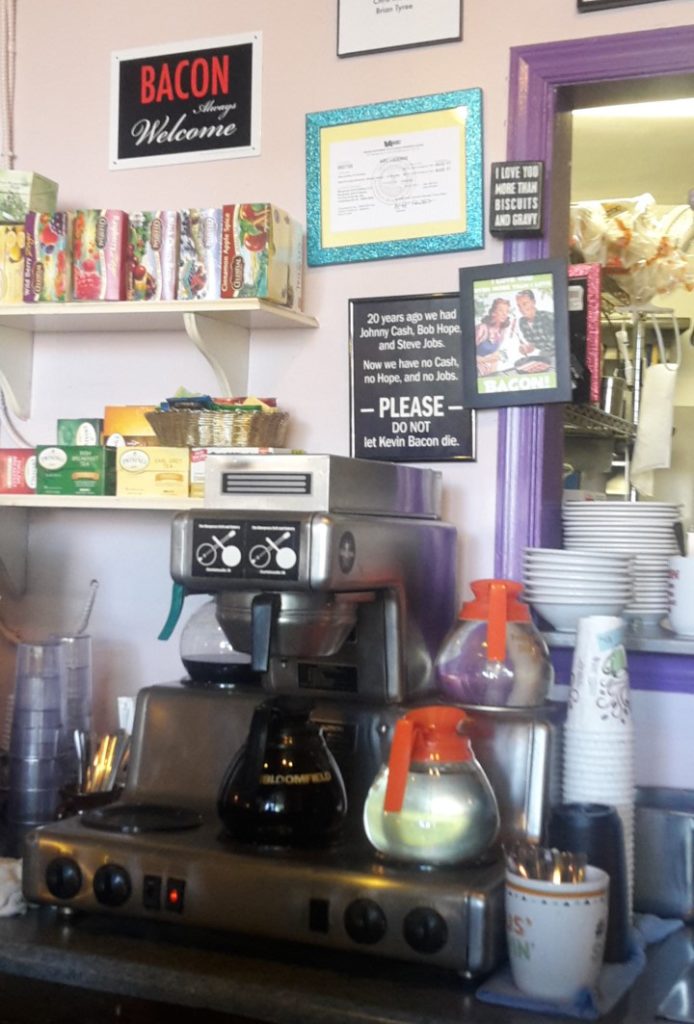
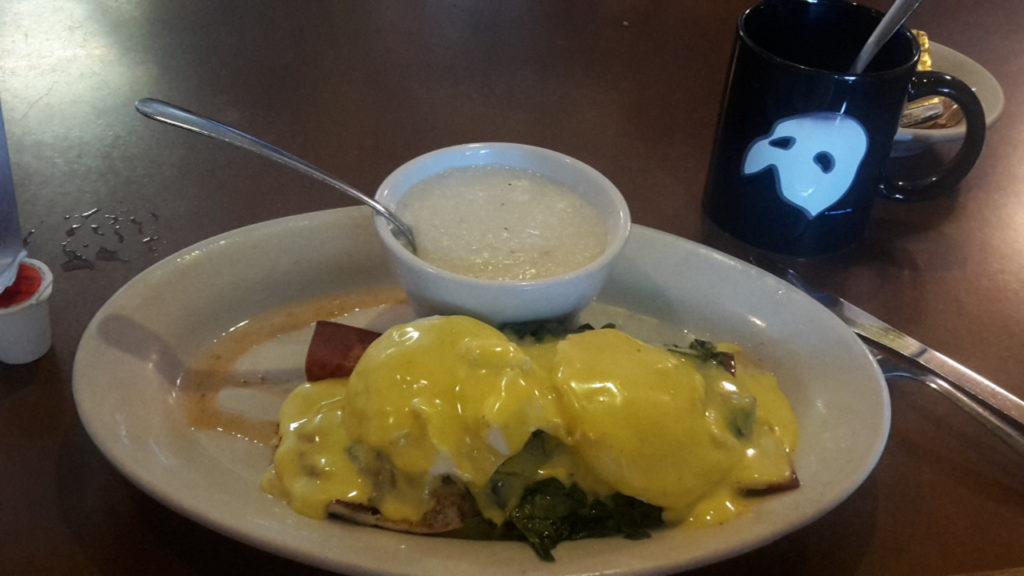
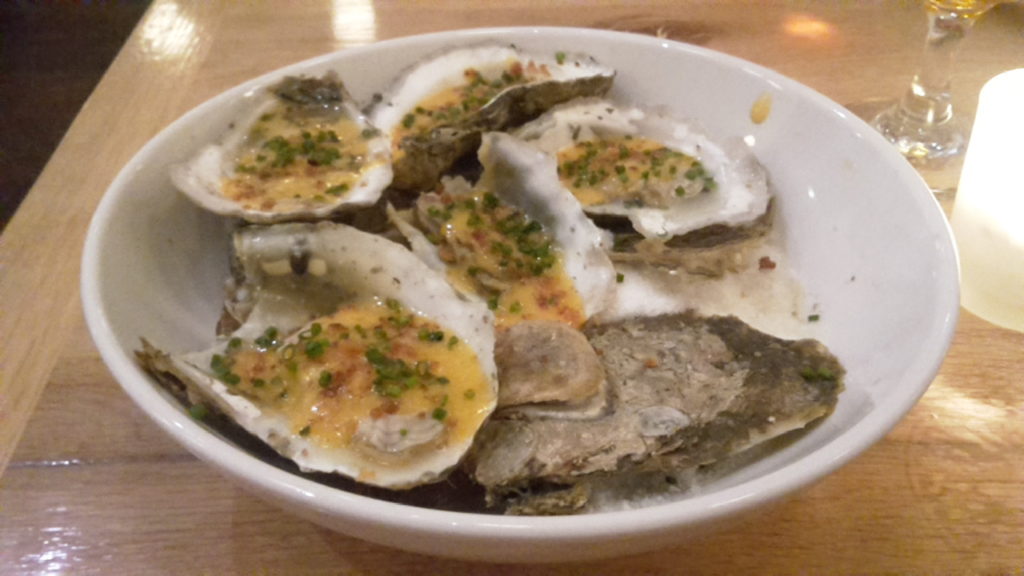
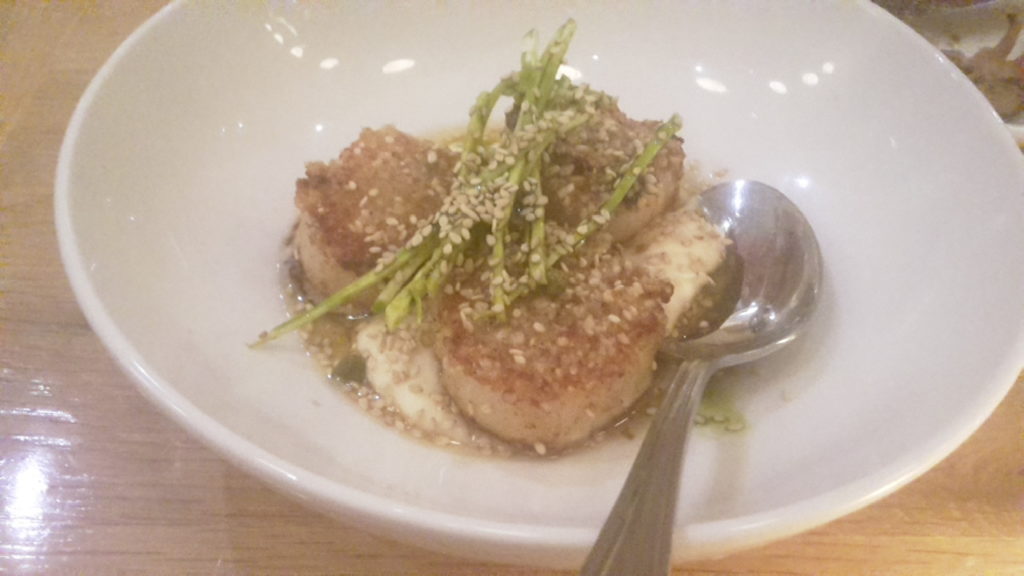
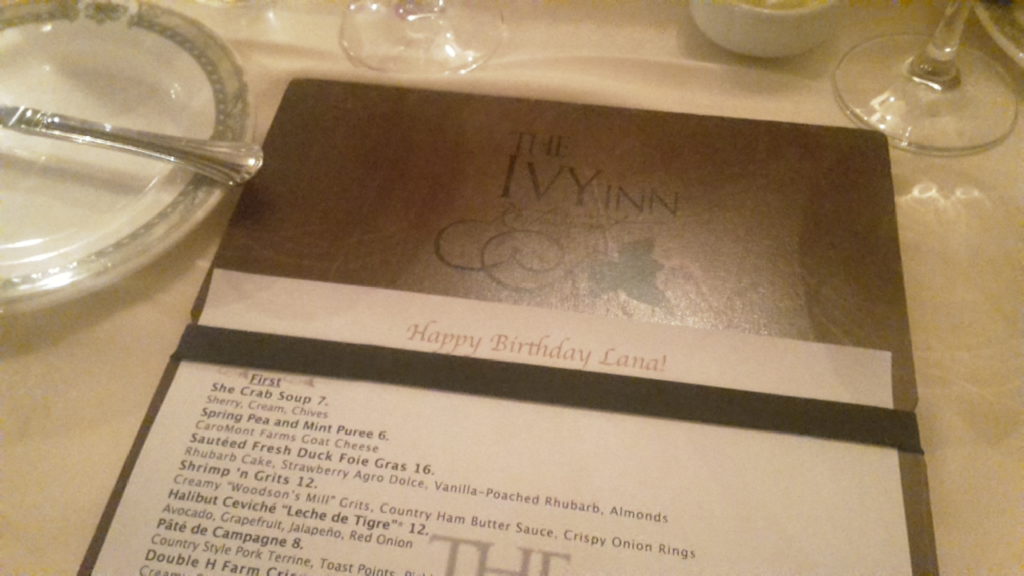
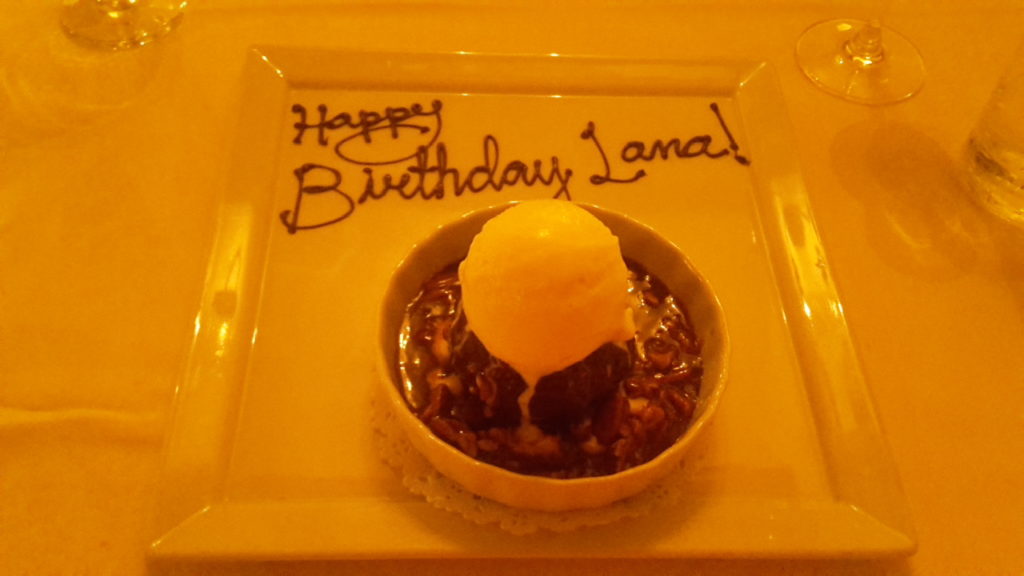
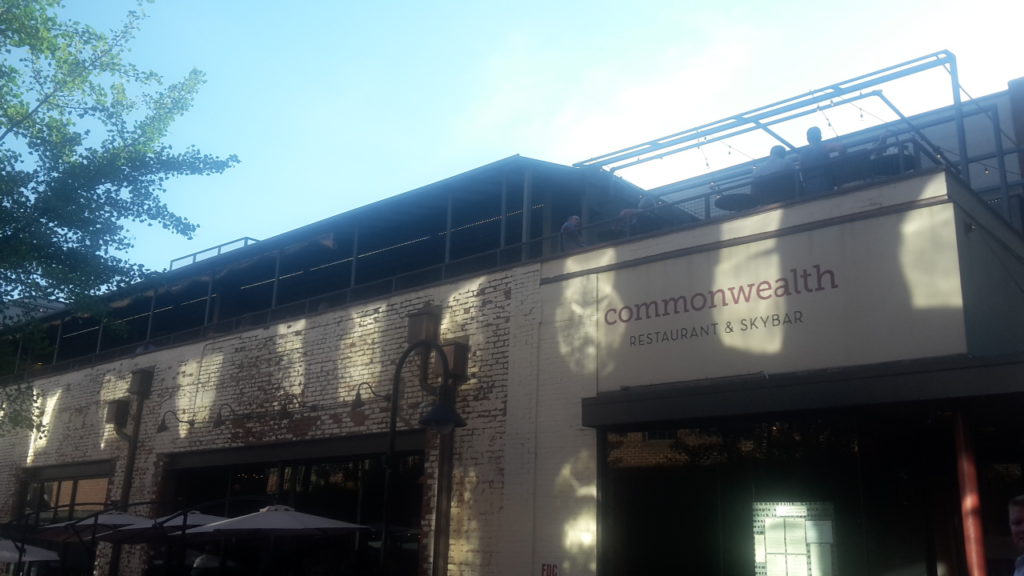
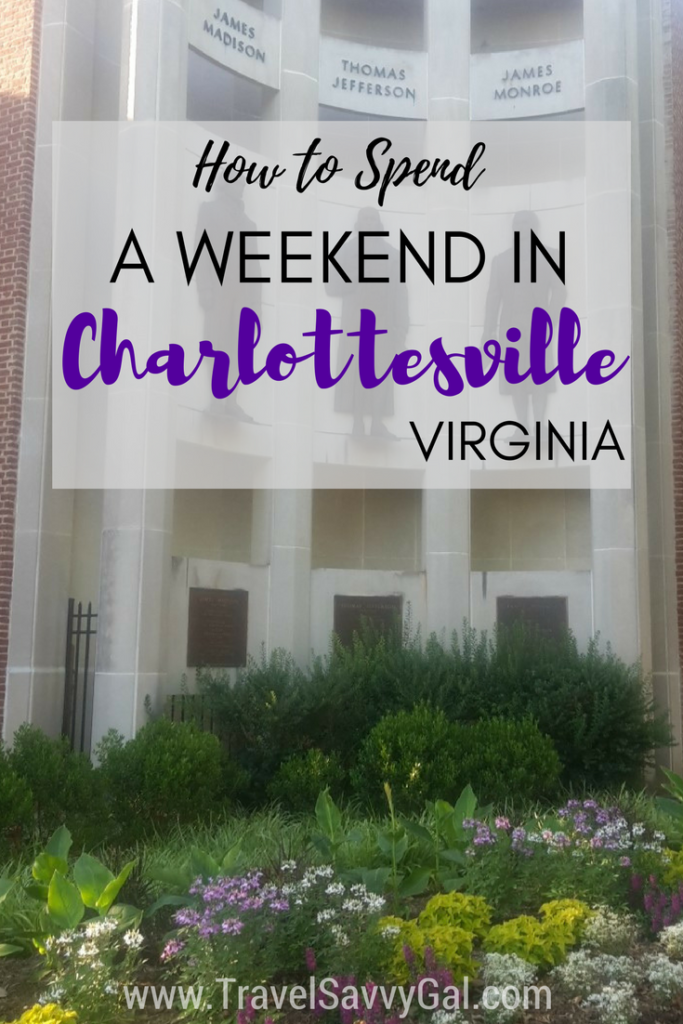
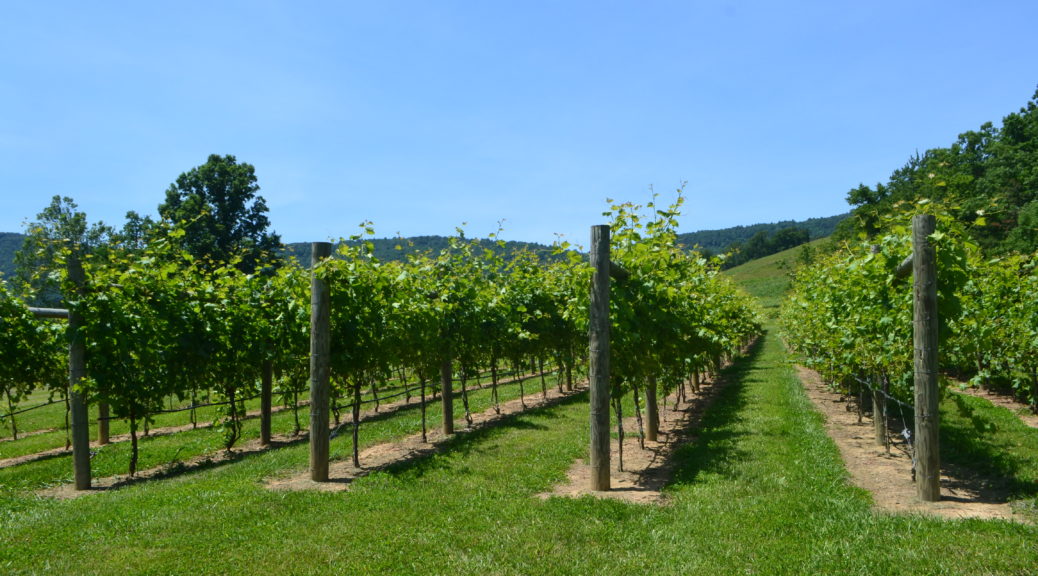
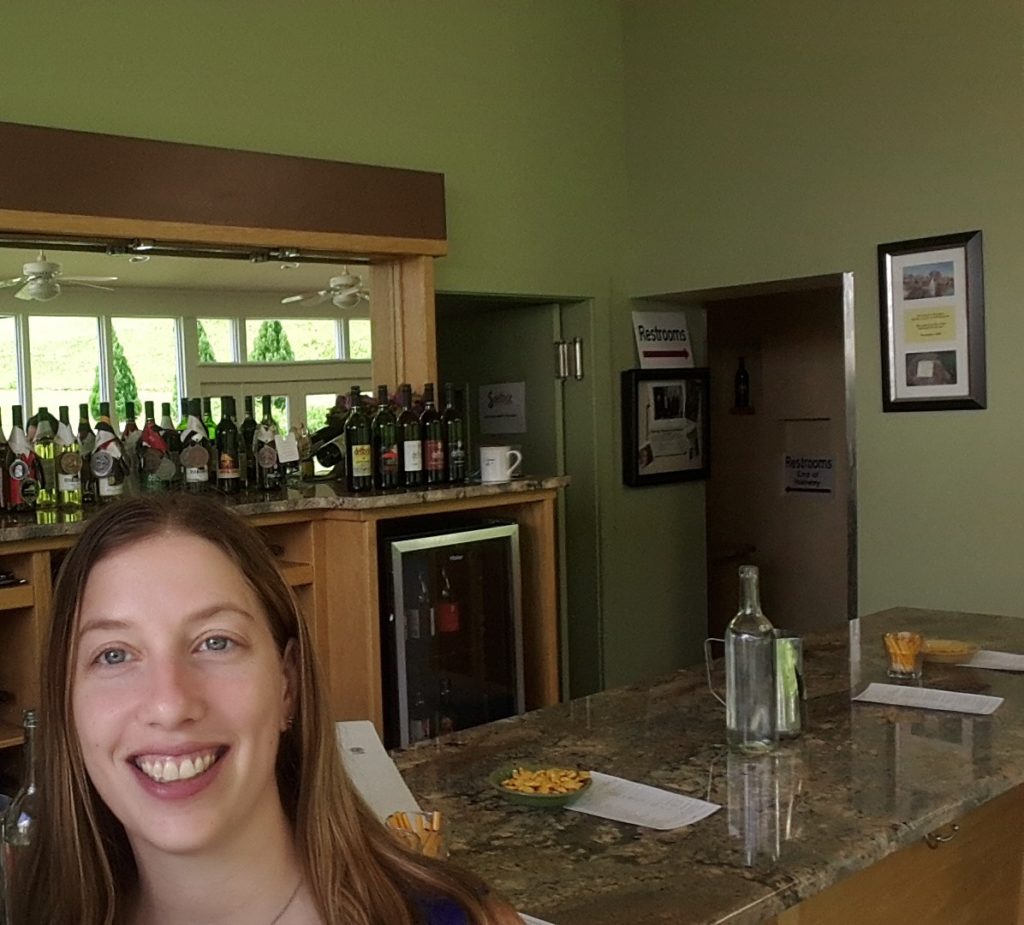
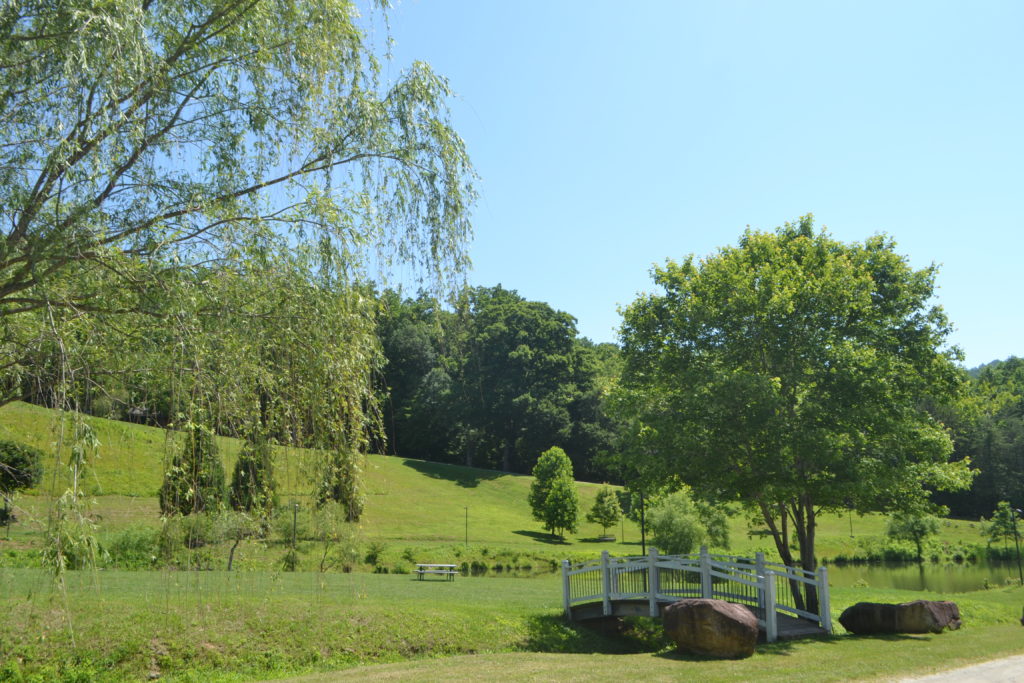
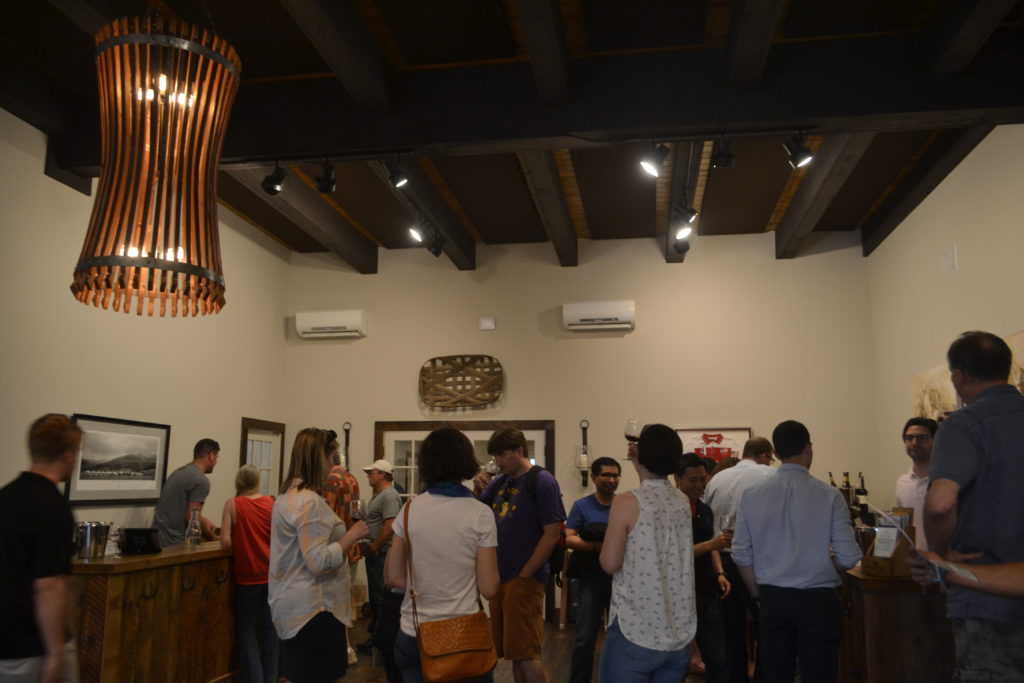
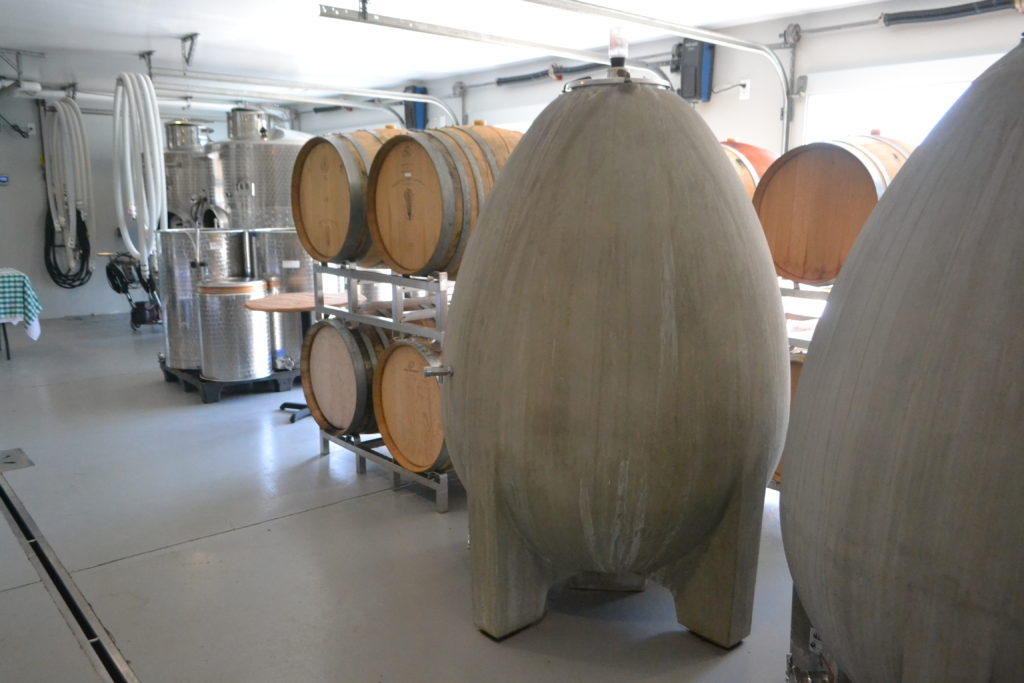
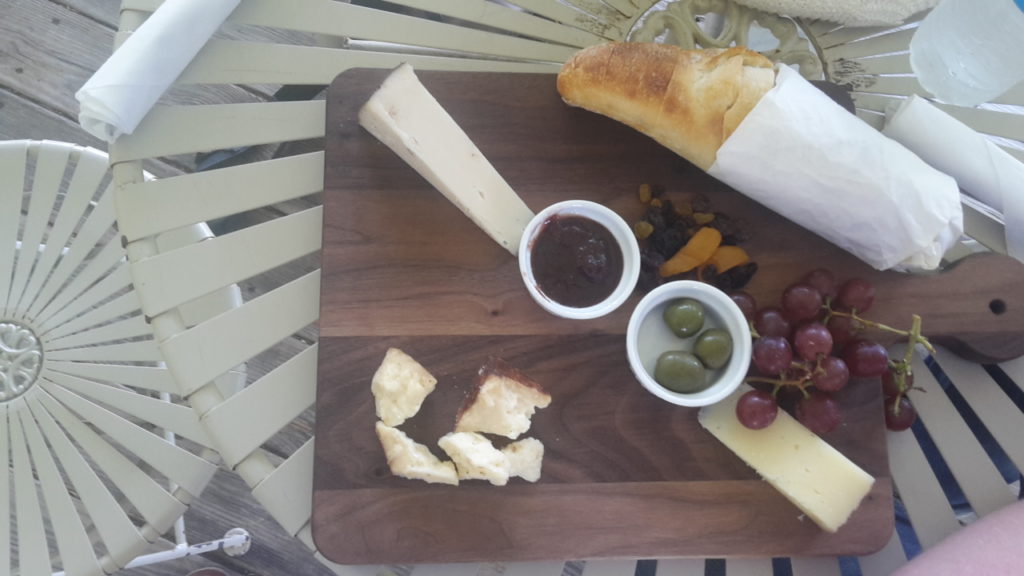
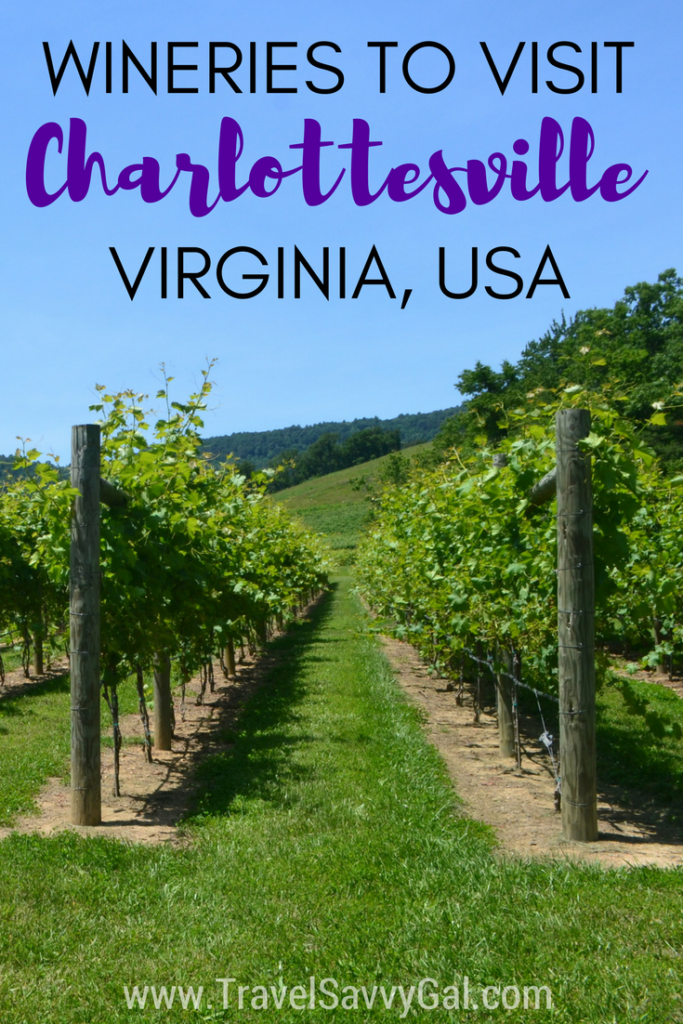
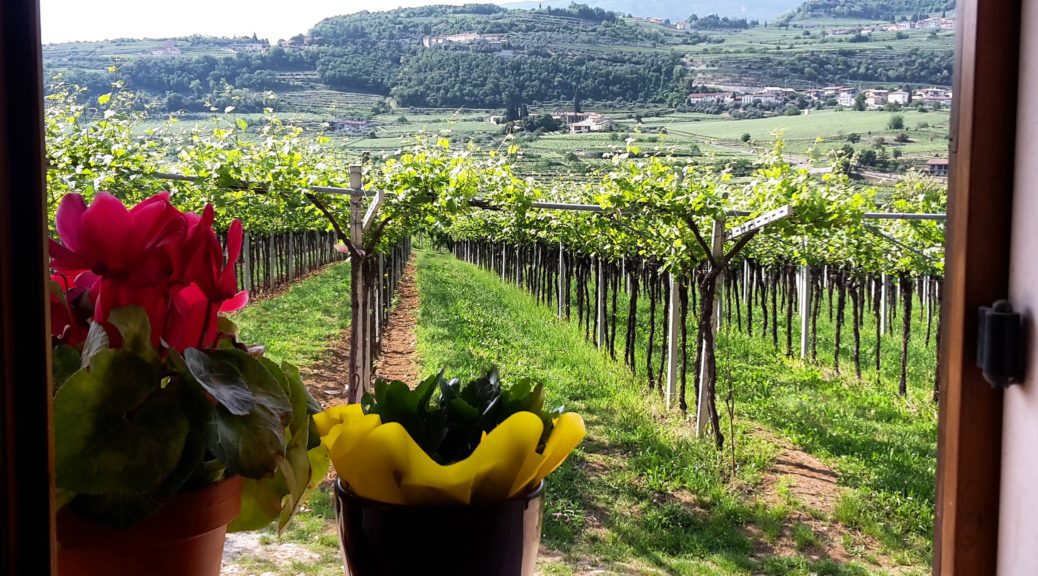
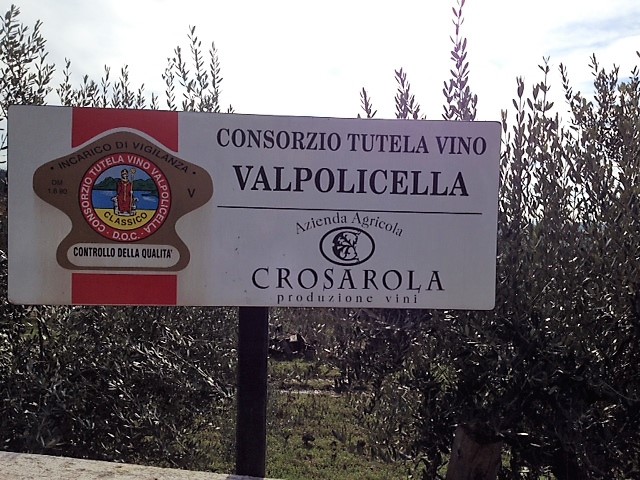
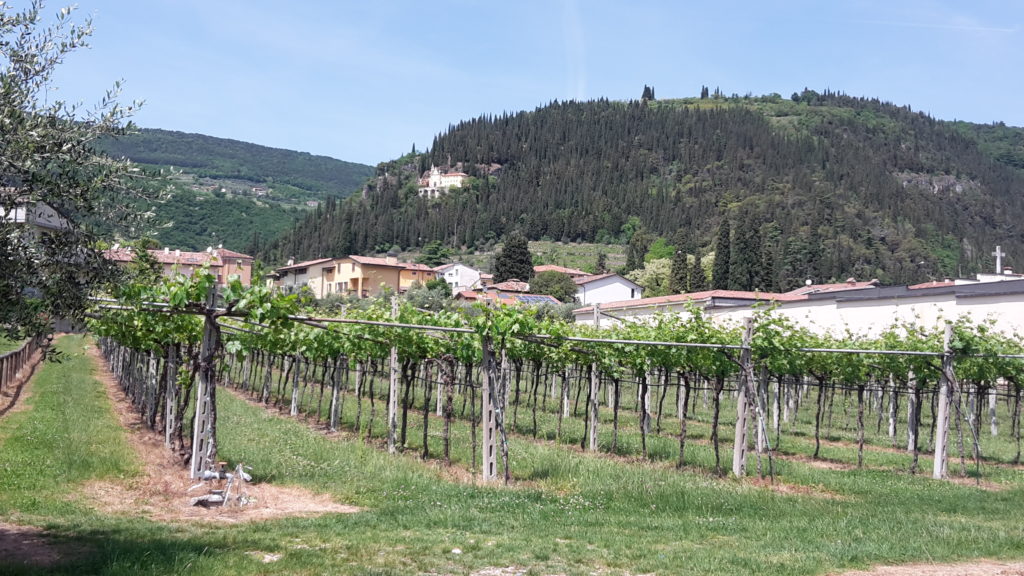
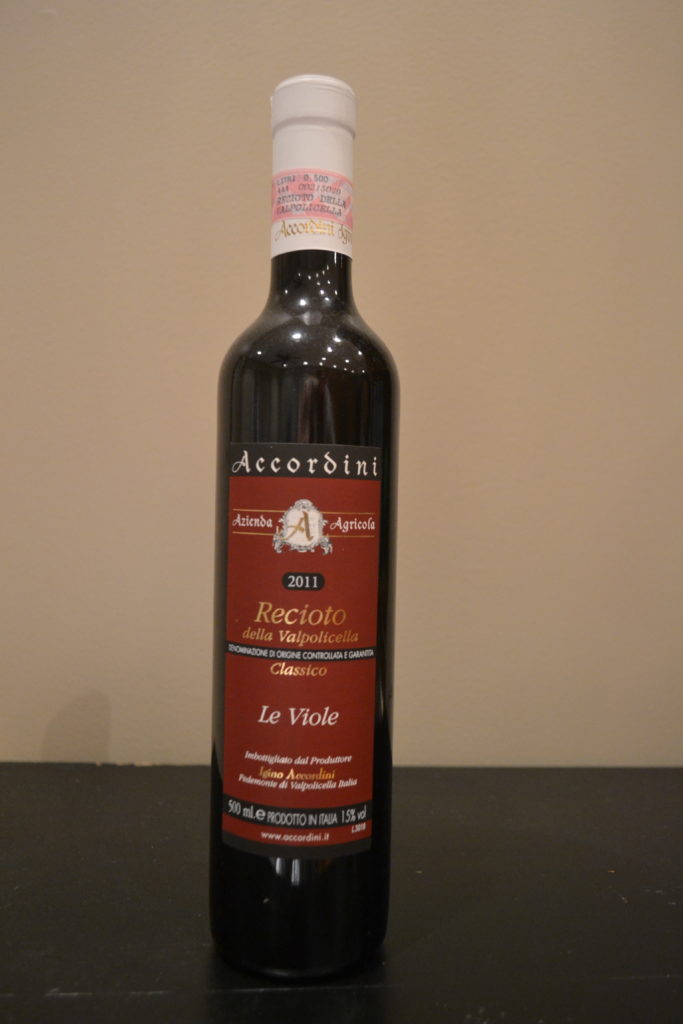
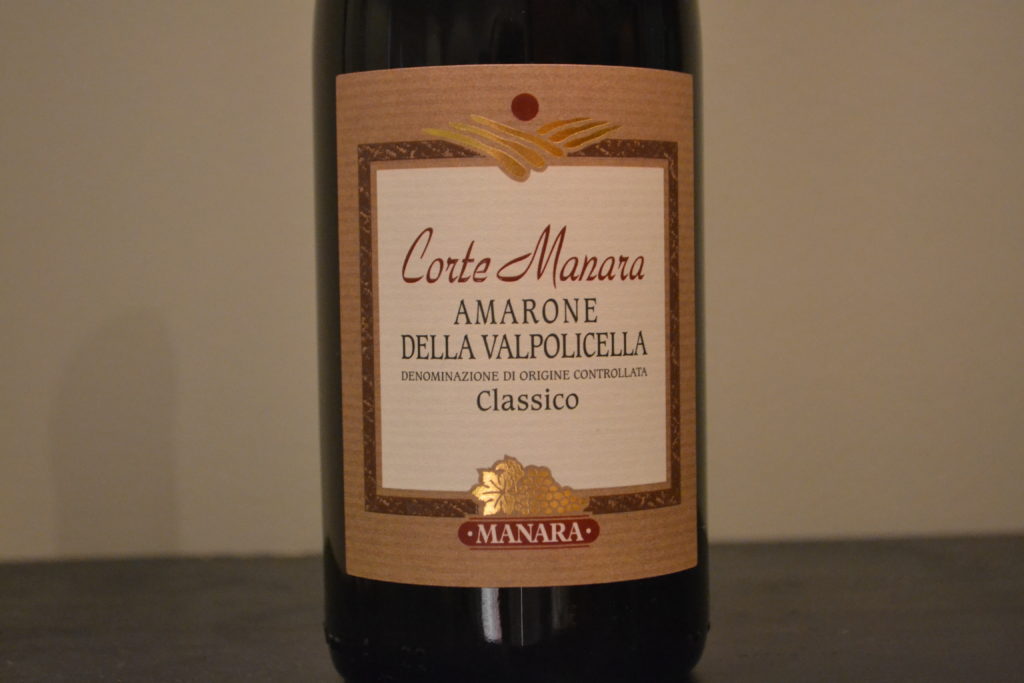
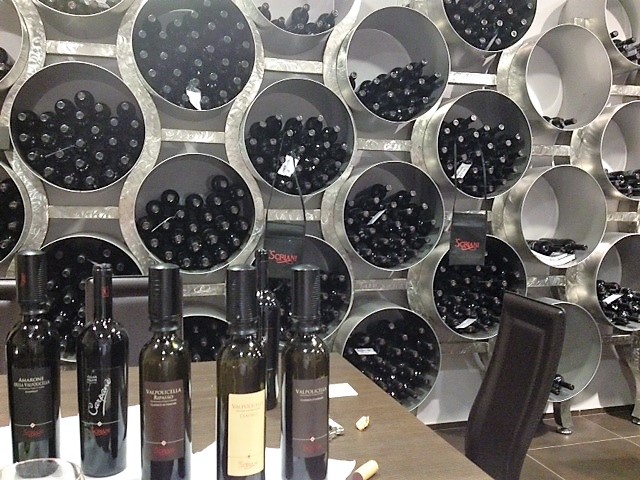
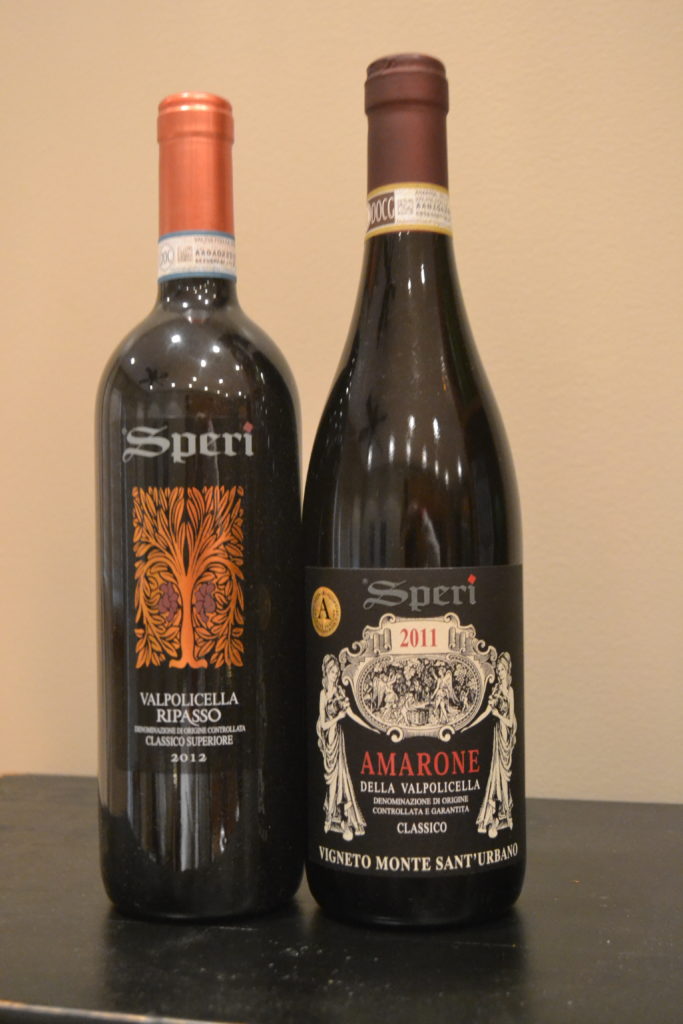
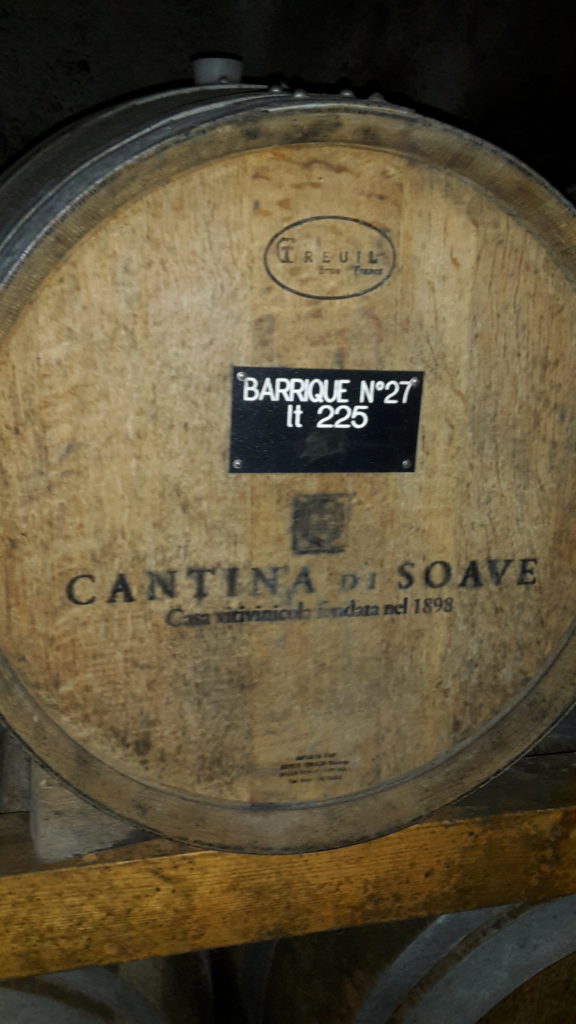
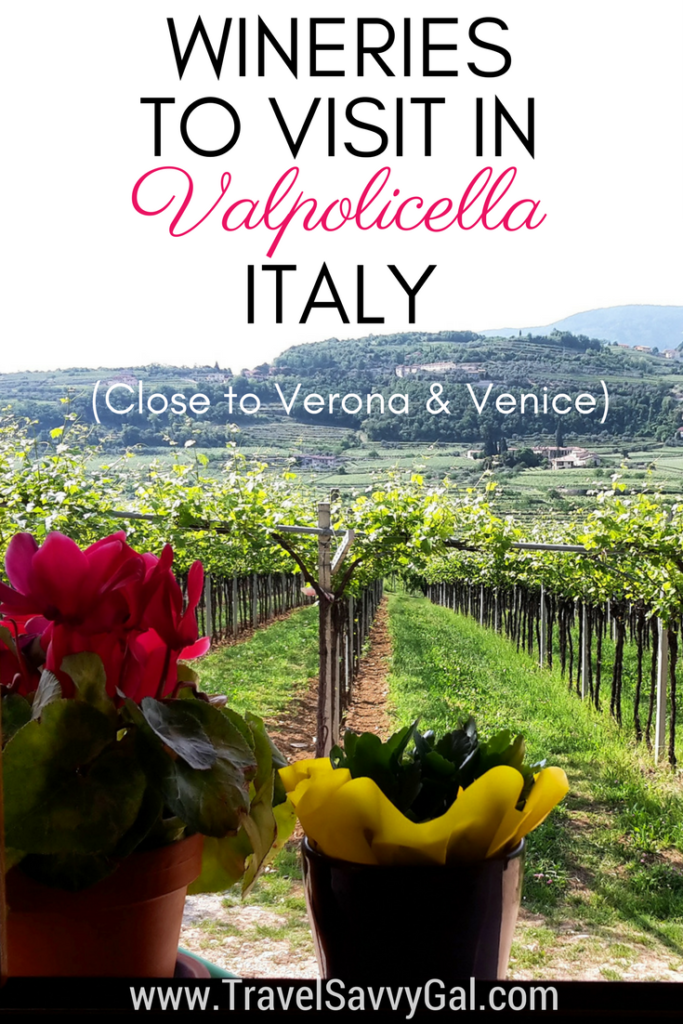
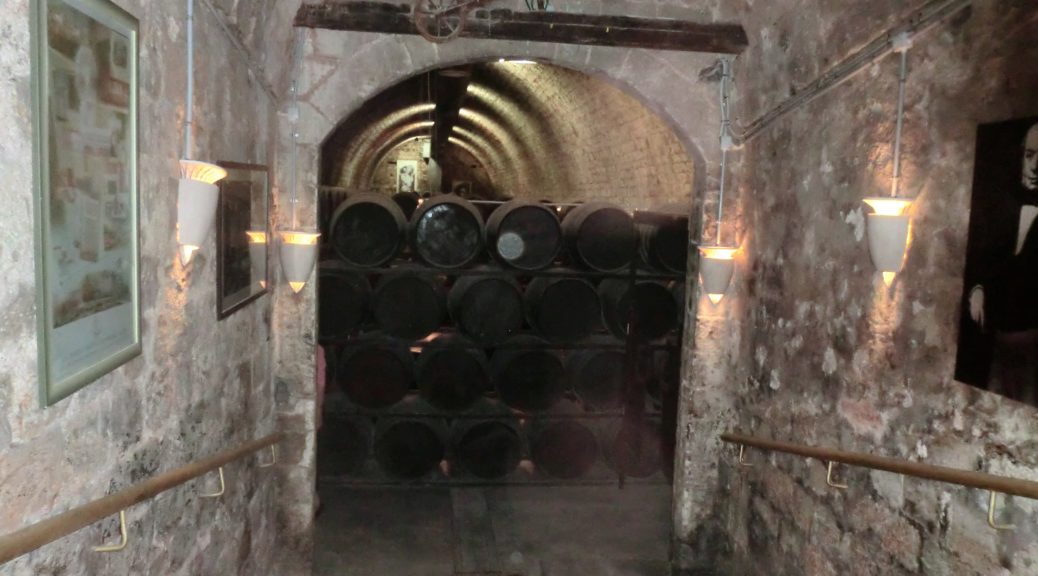
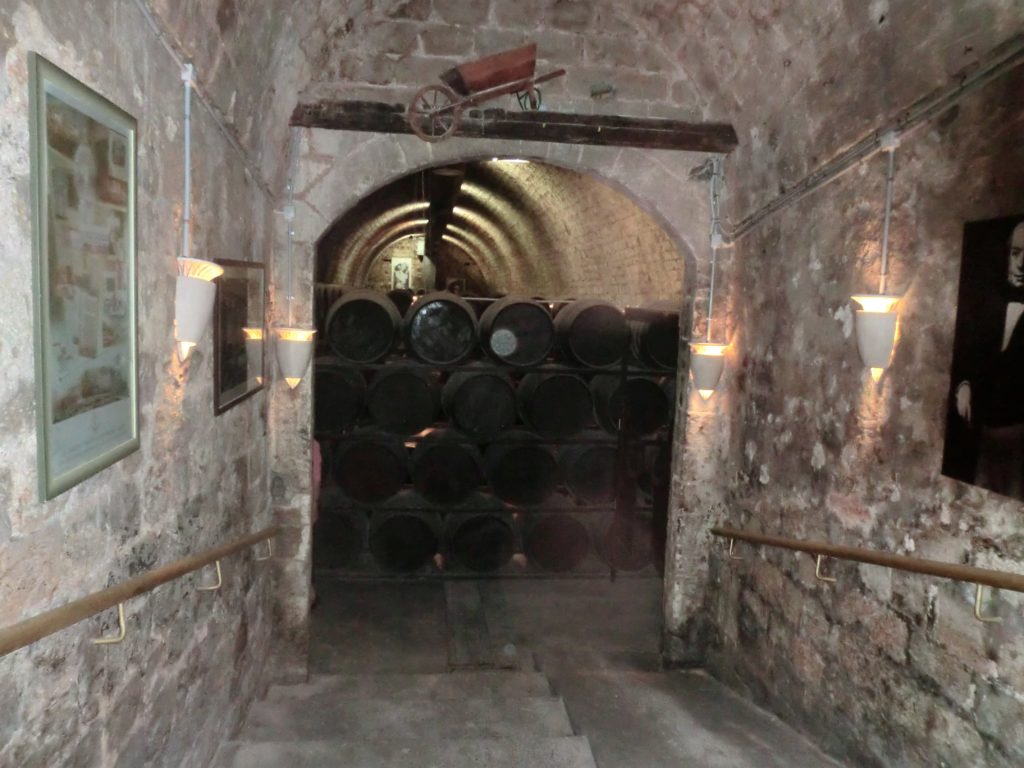
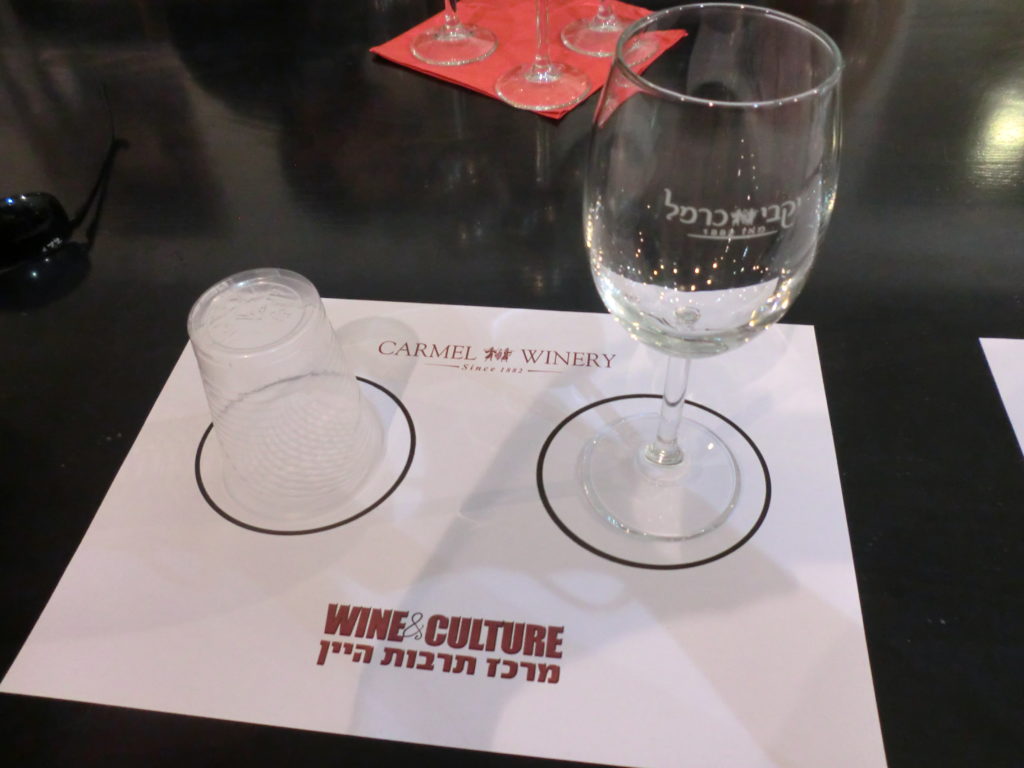
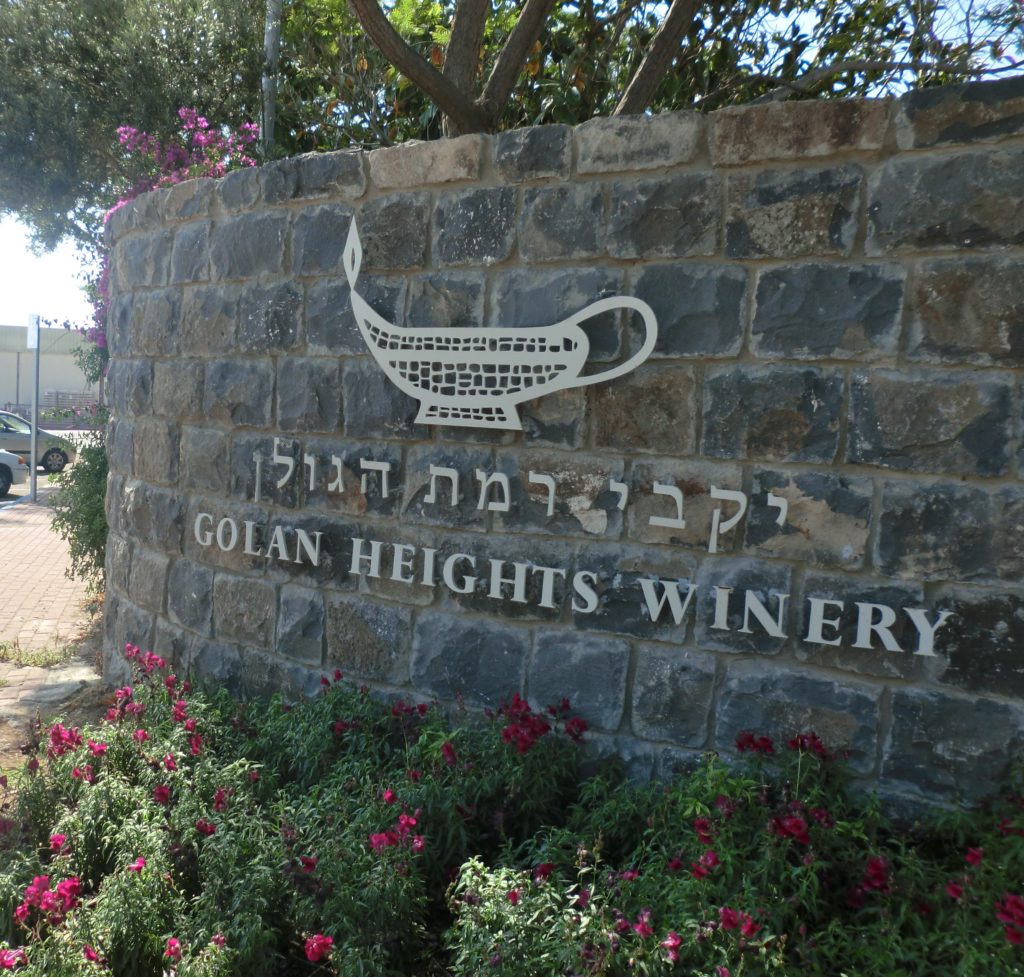
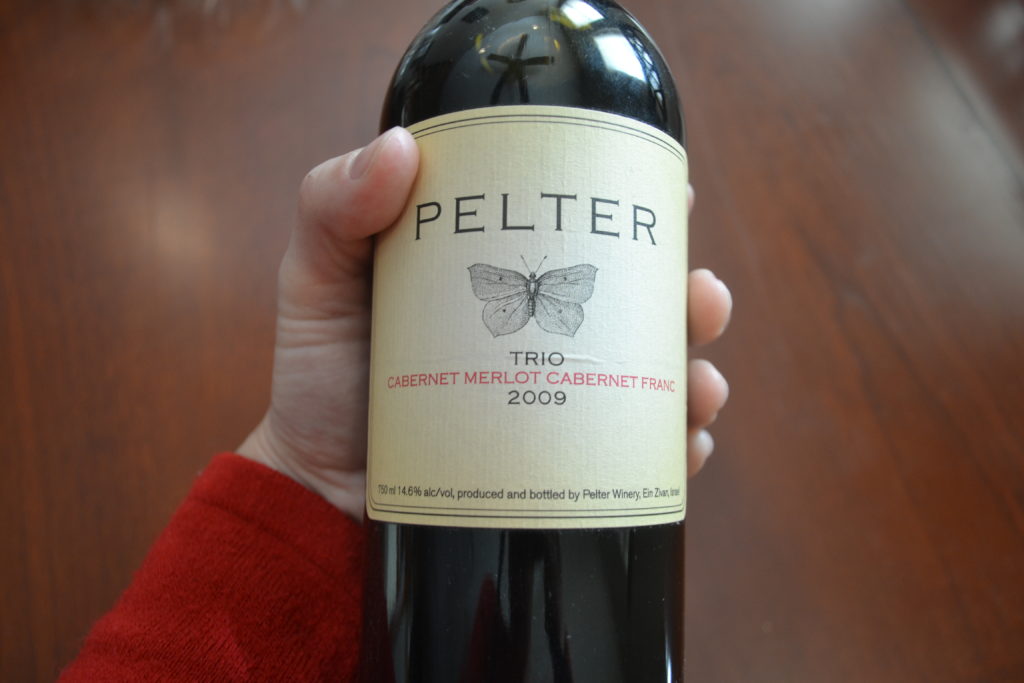
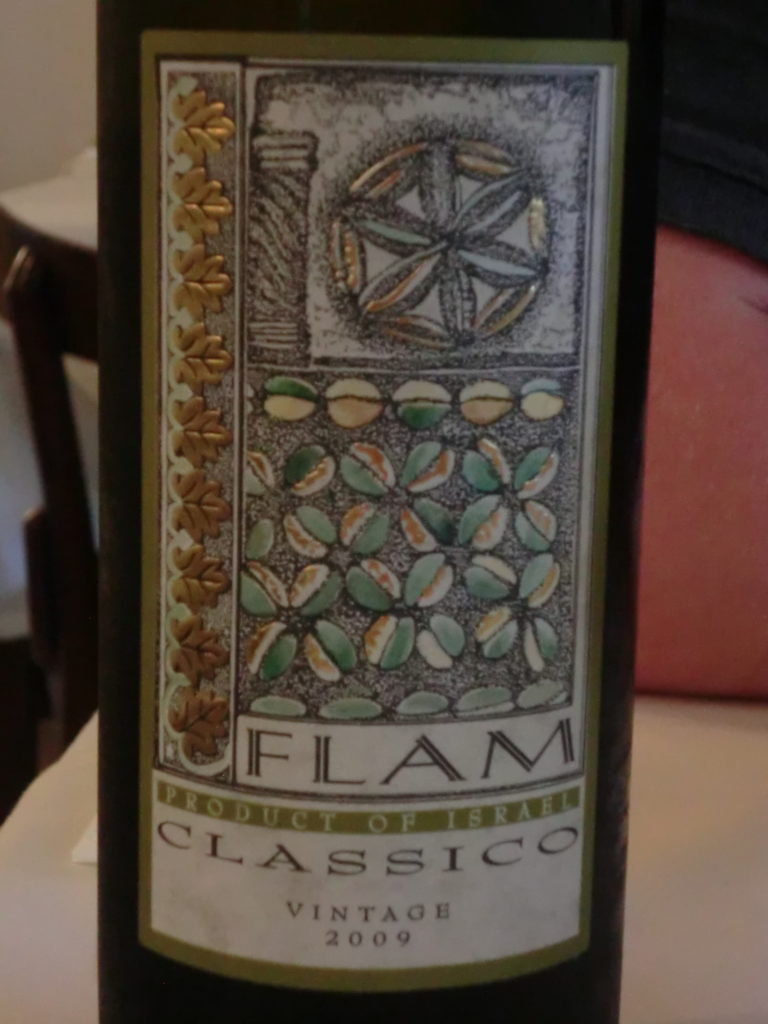
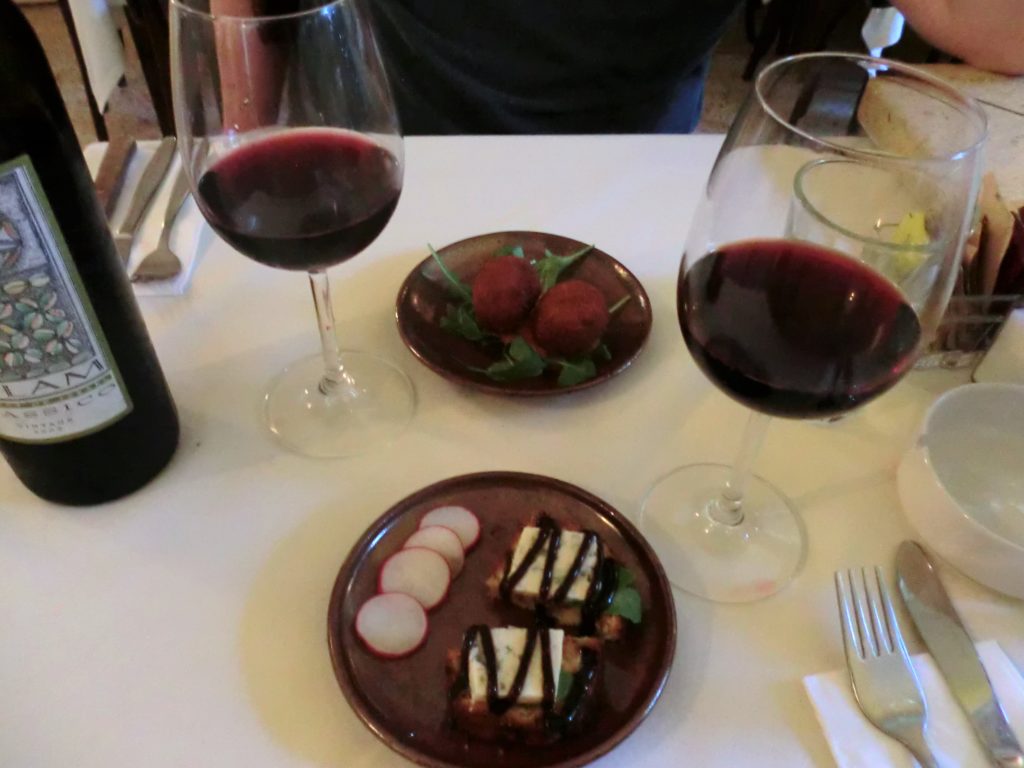

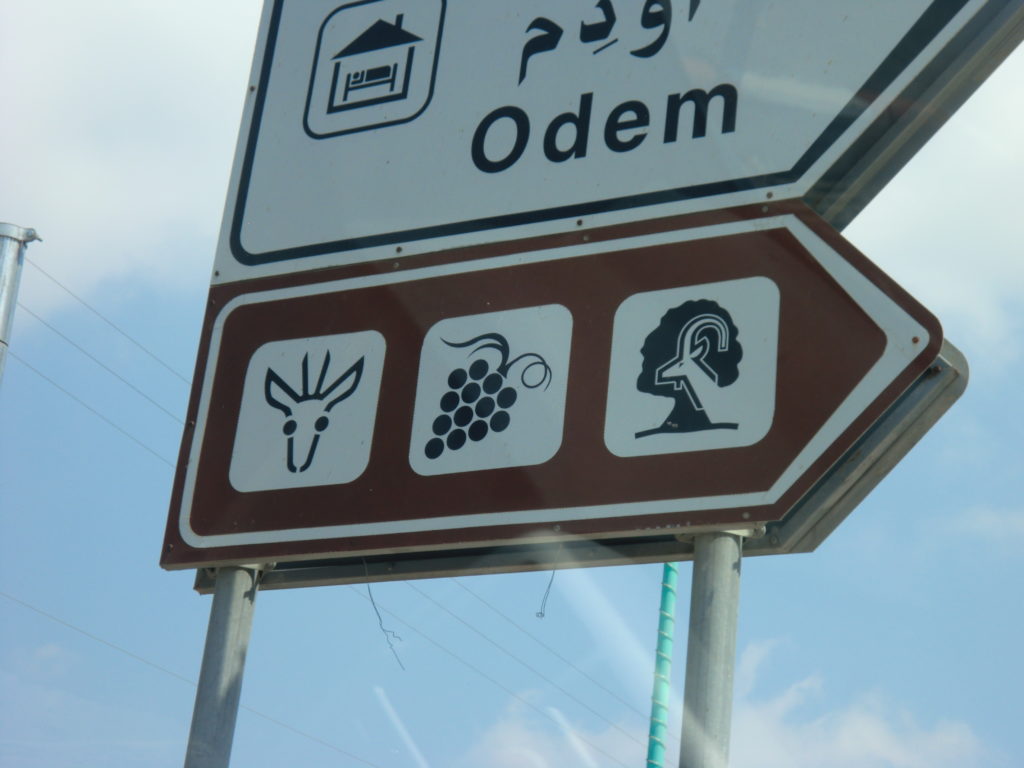

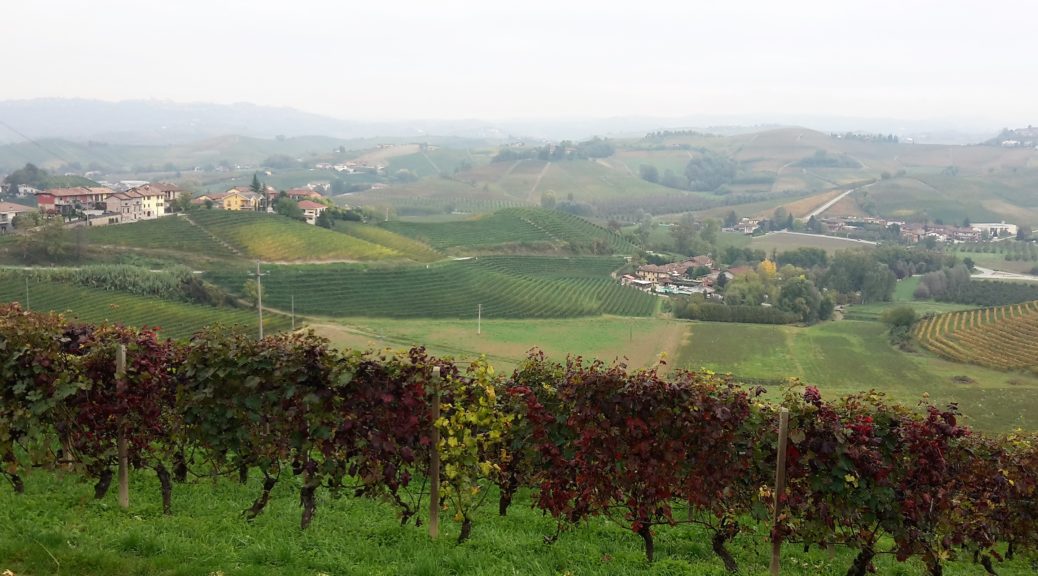
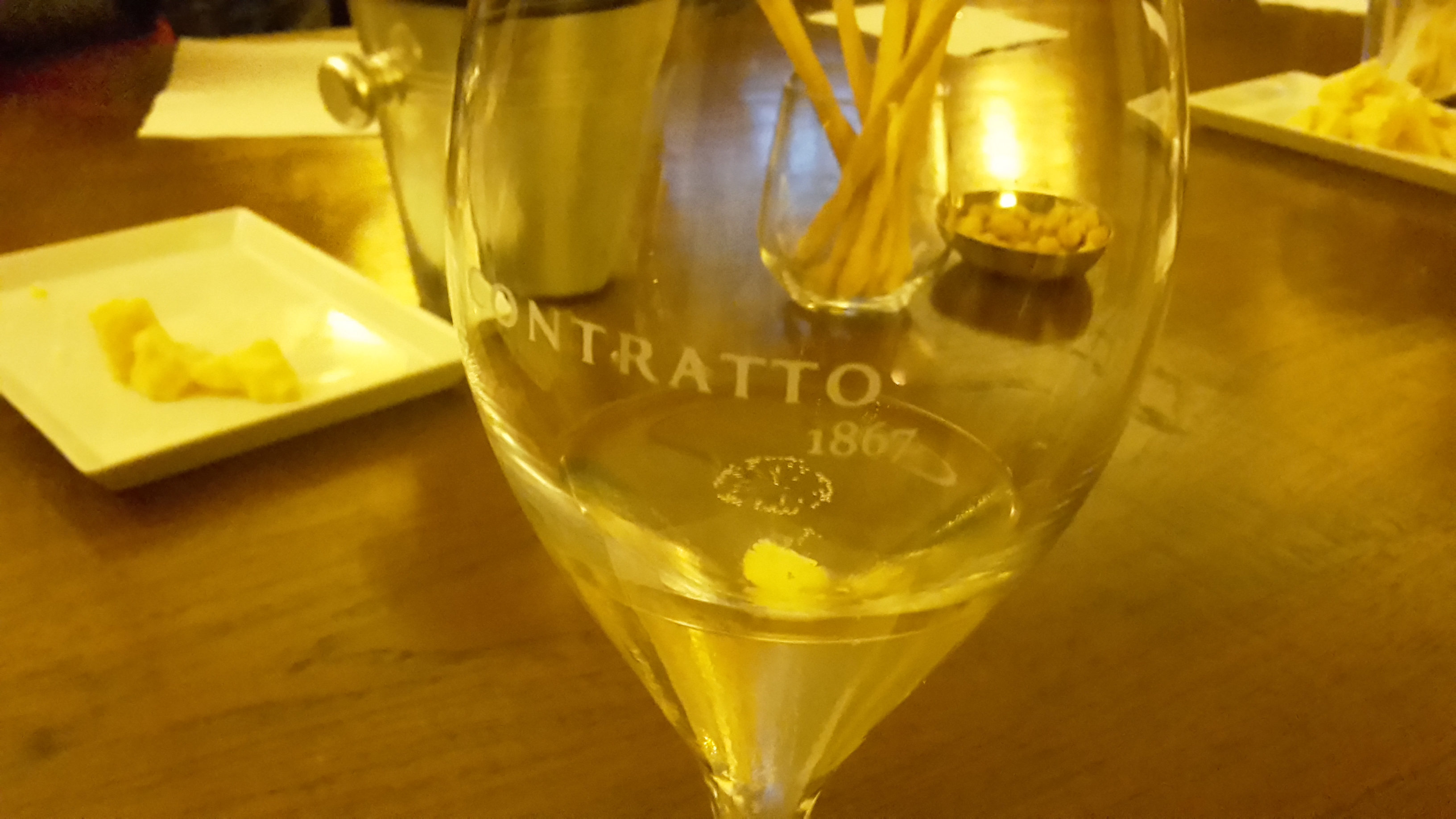
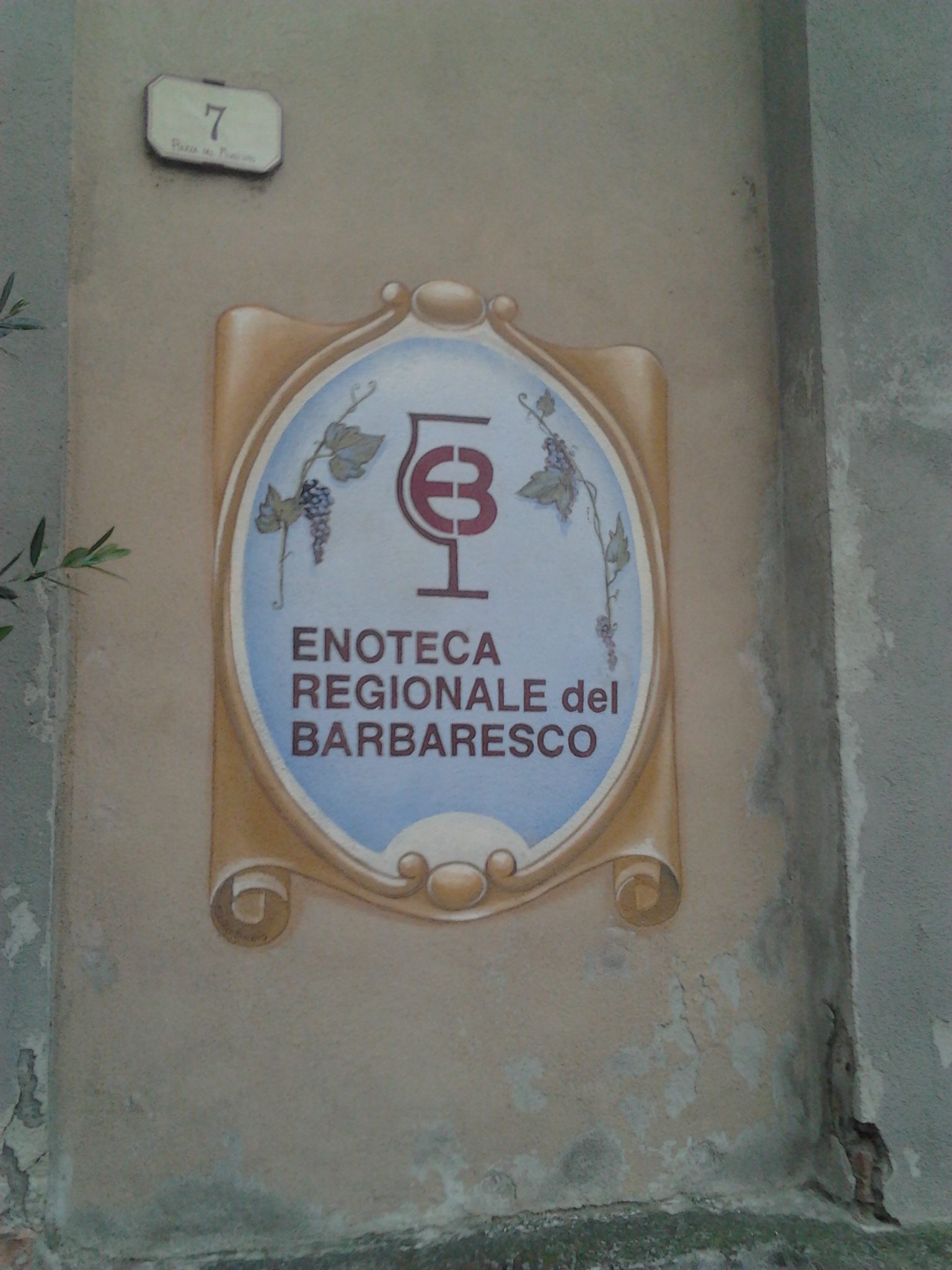
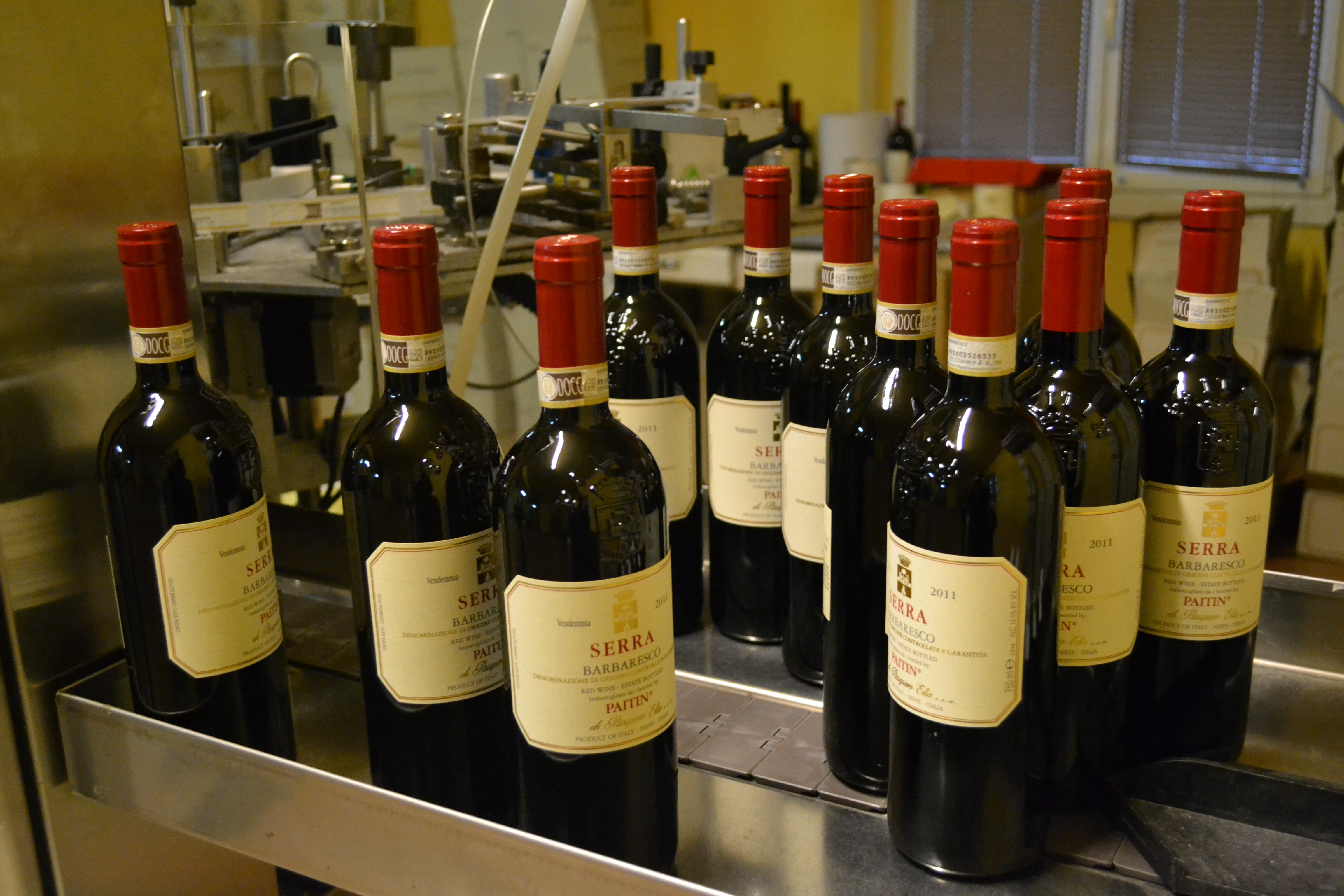 Paitin
Paitin